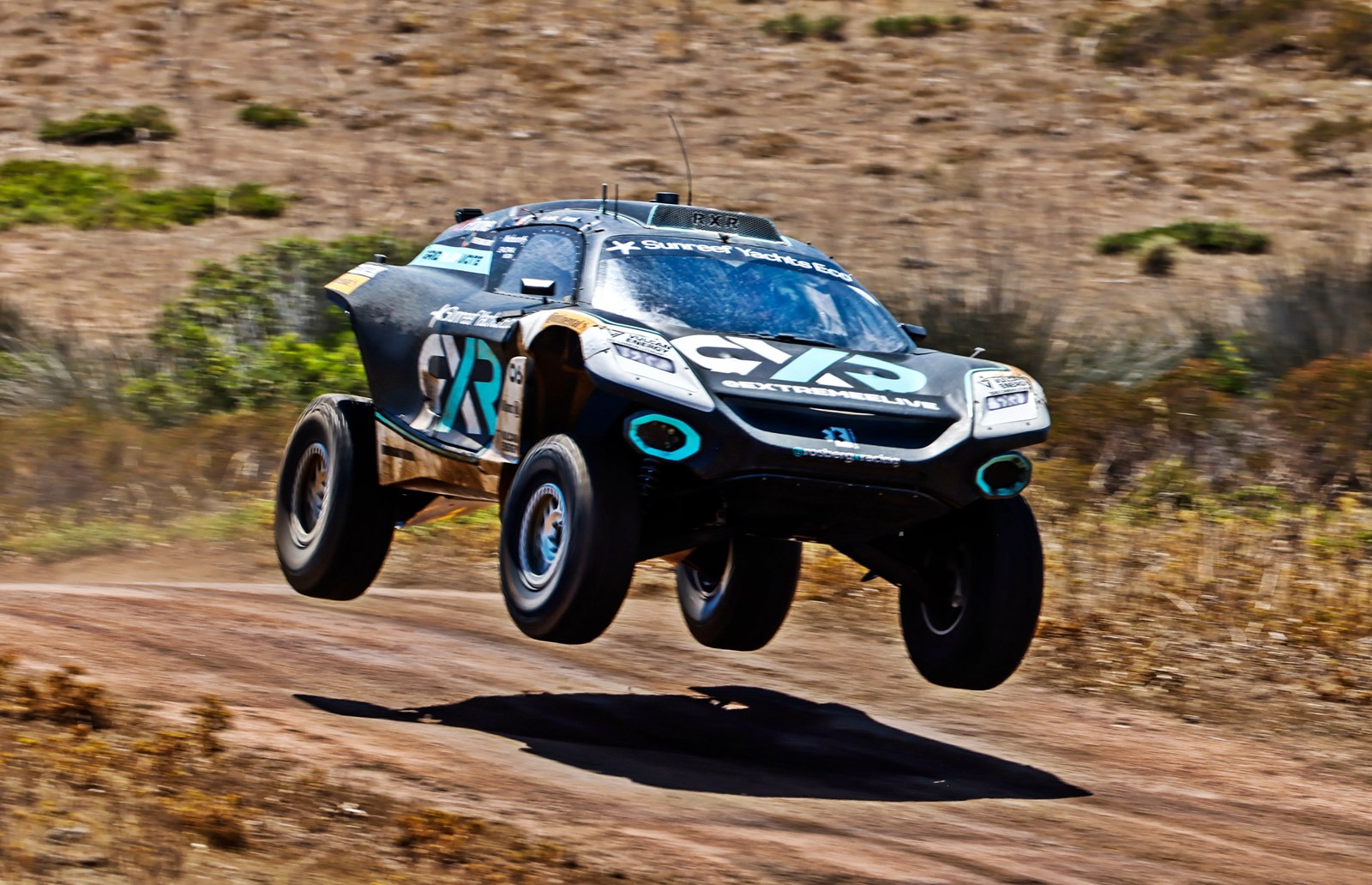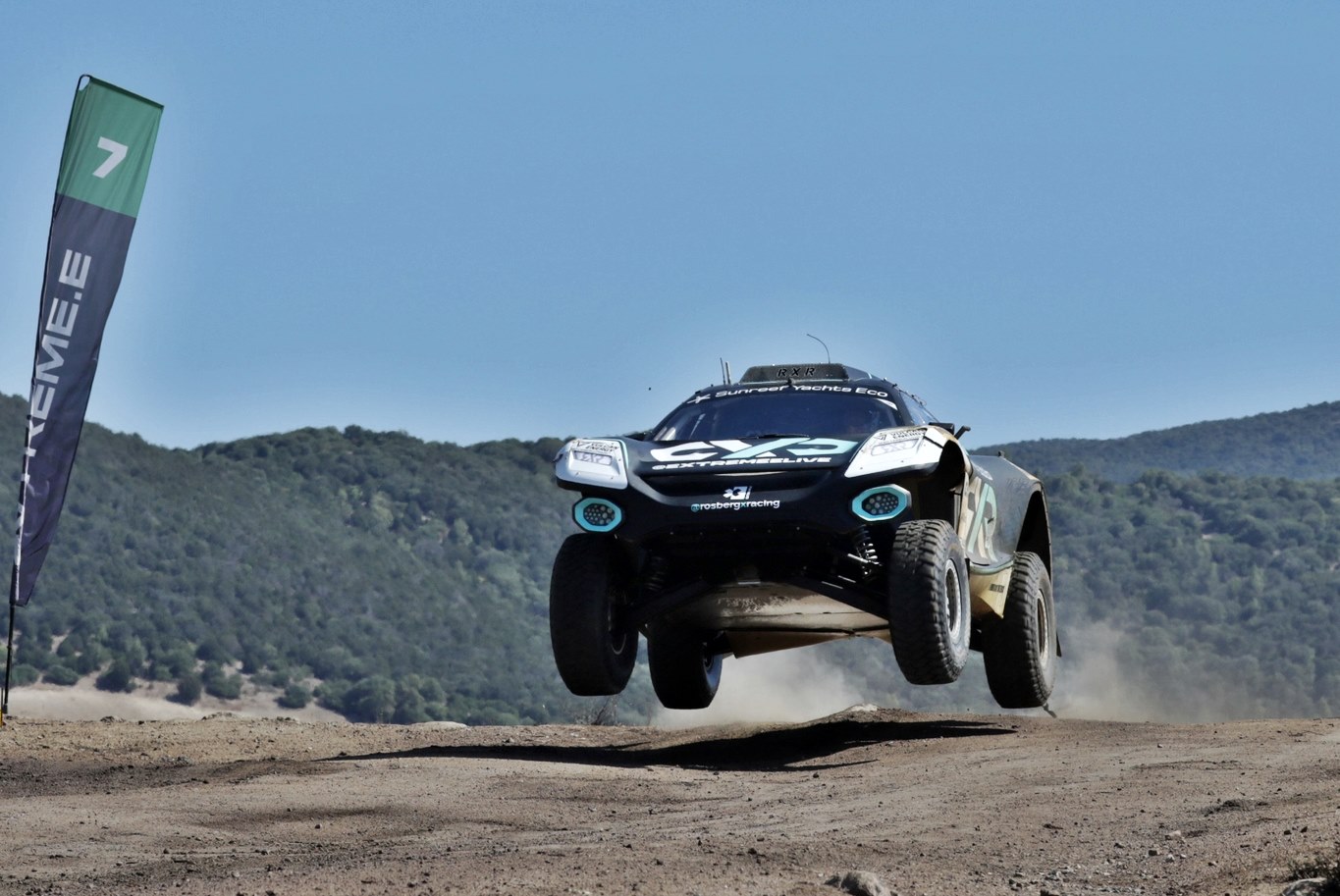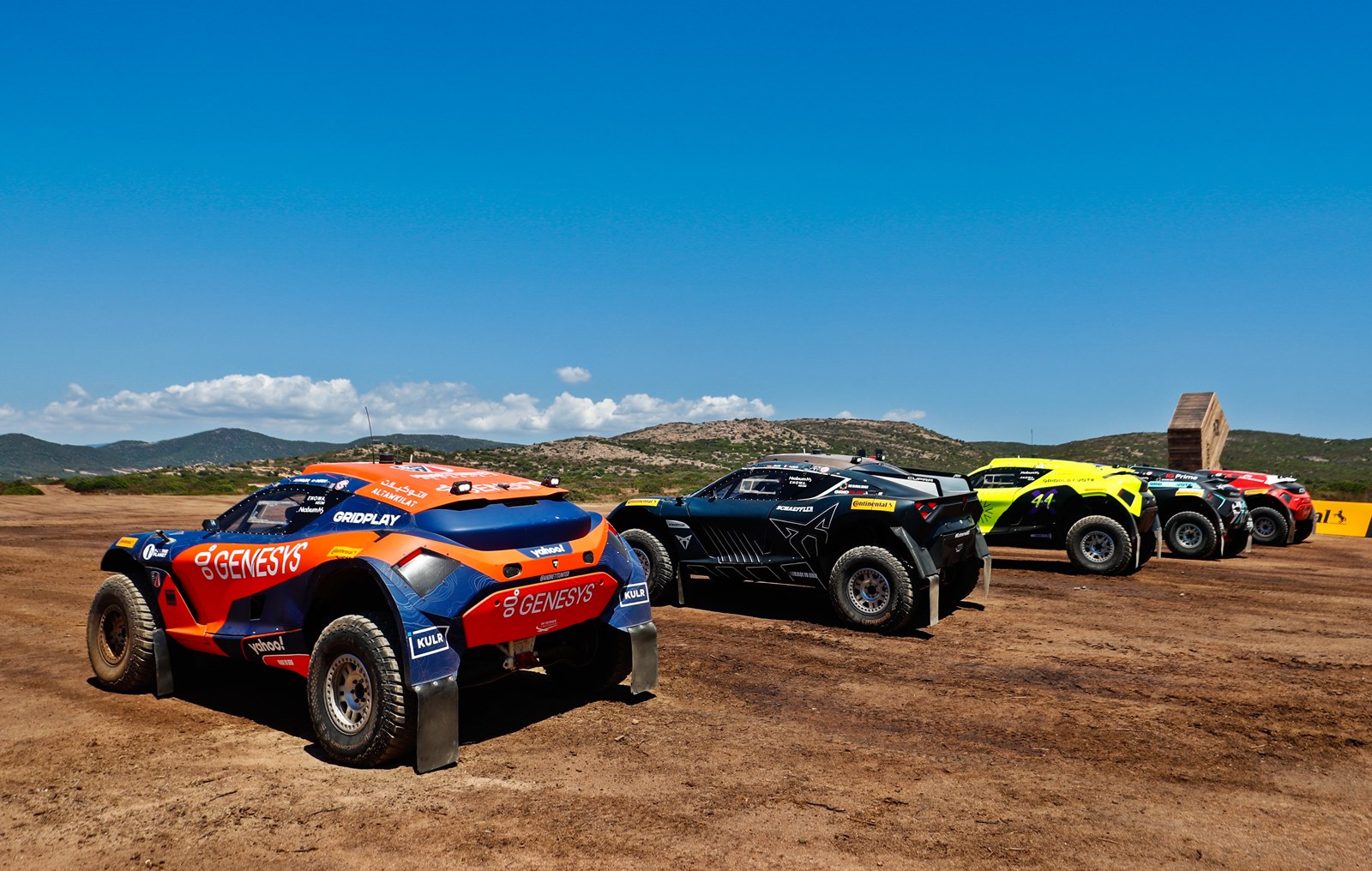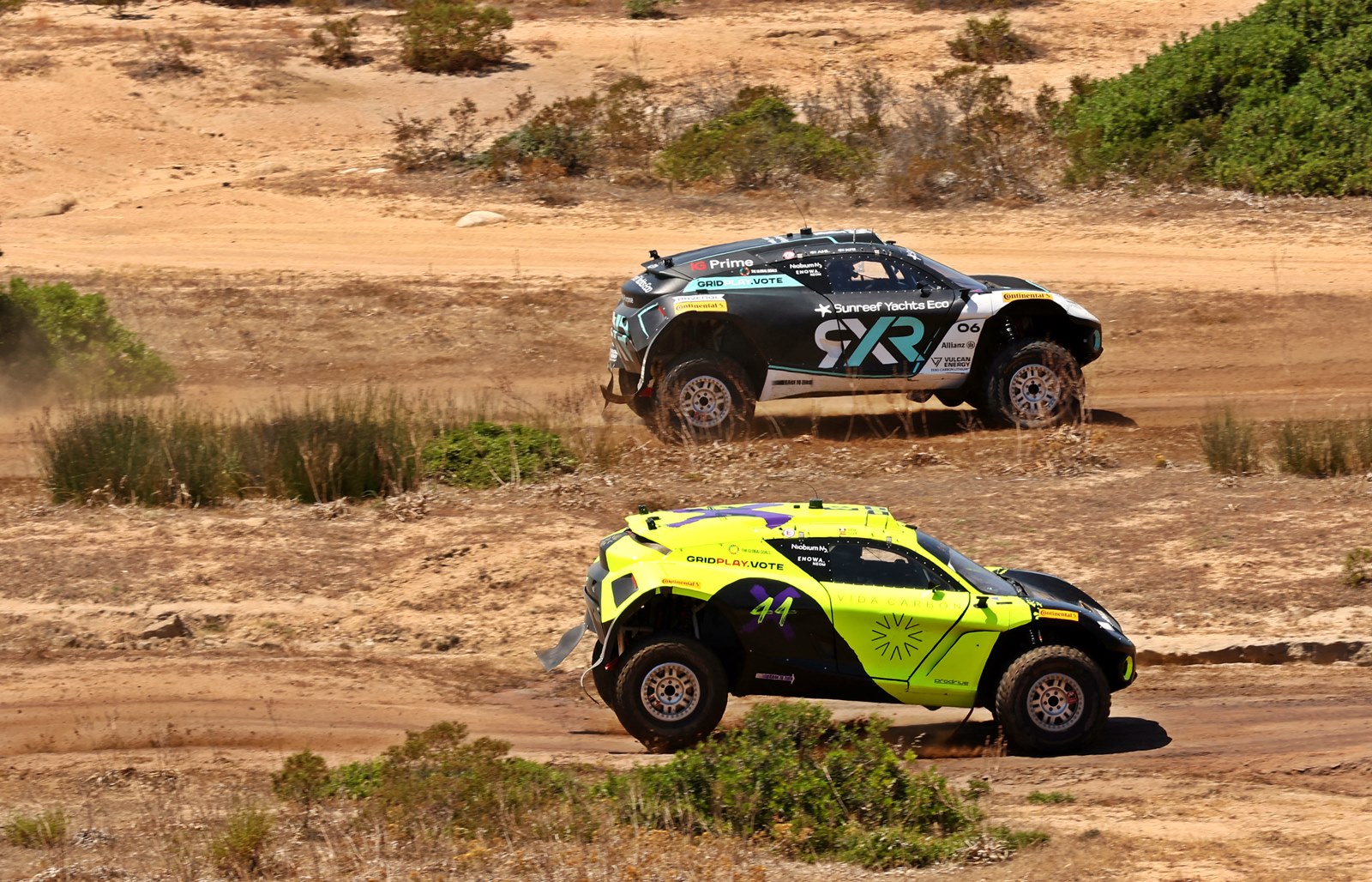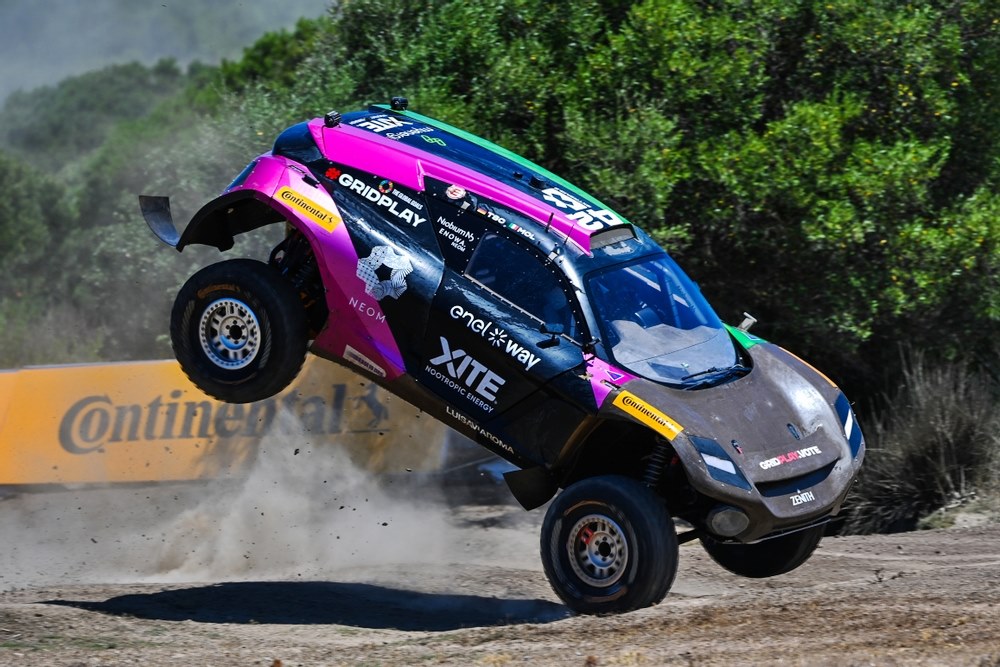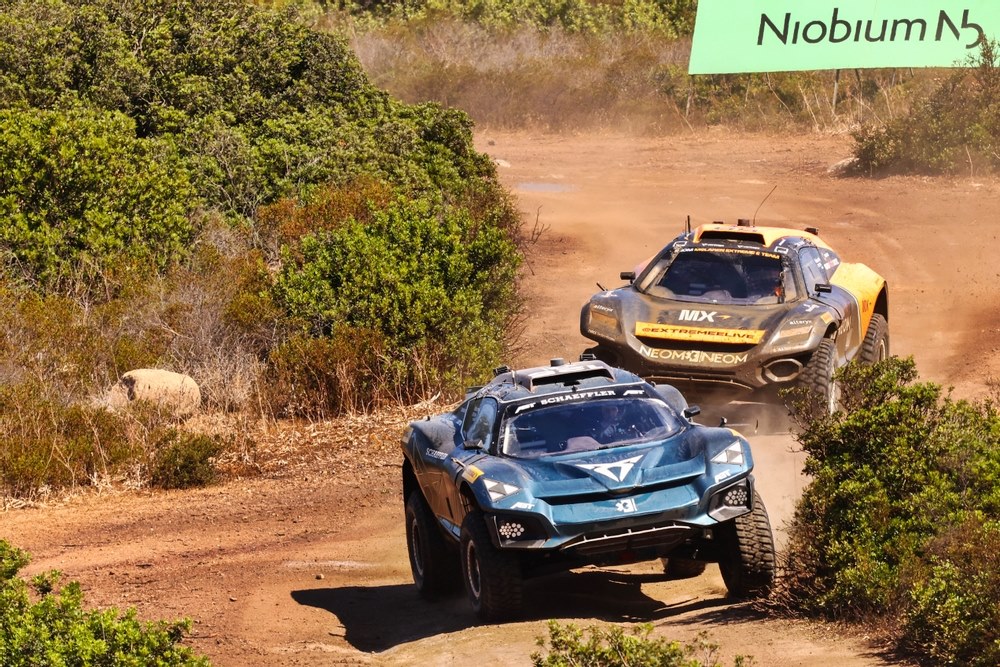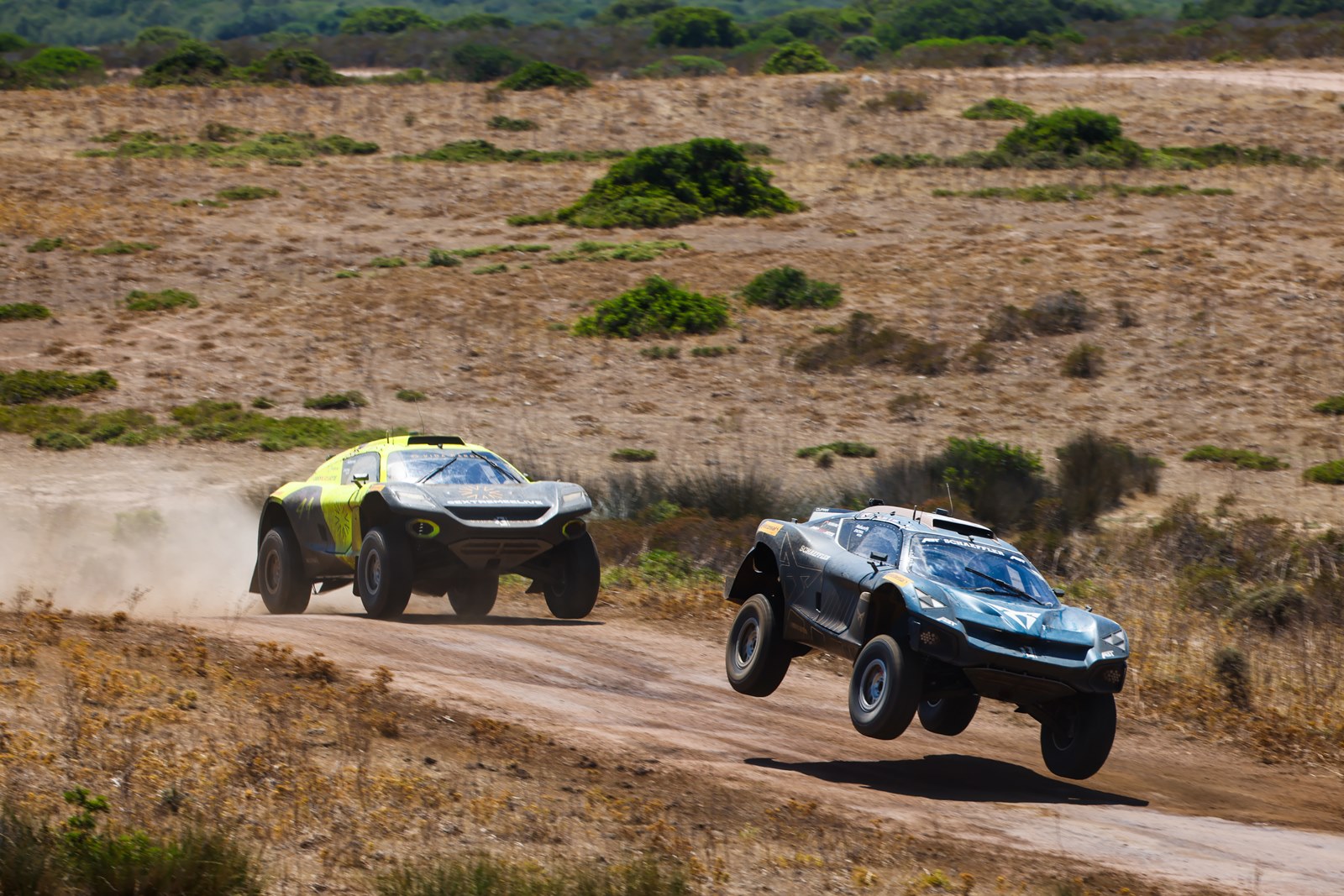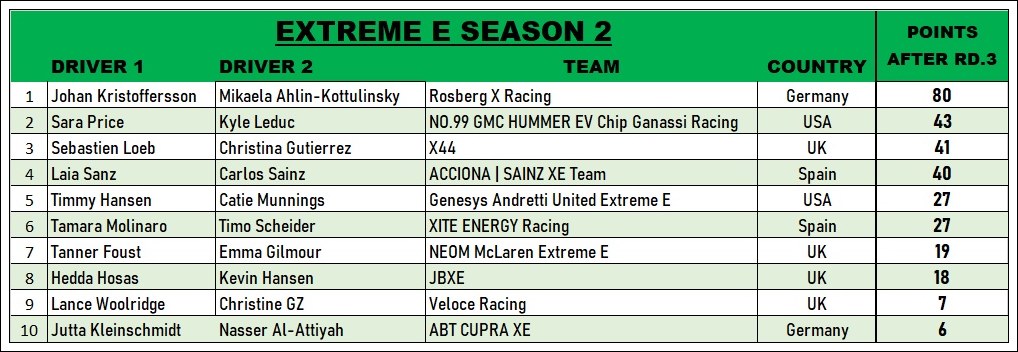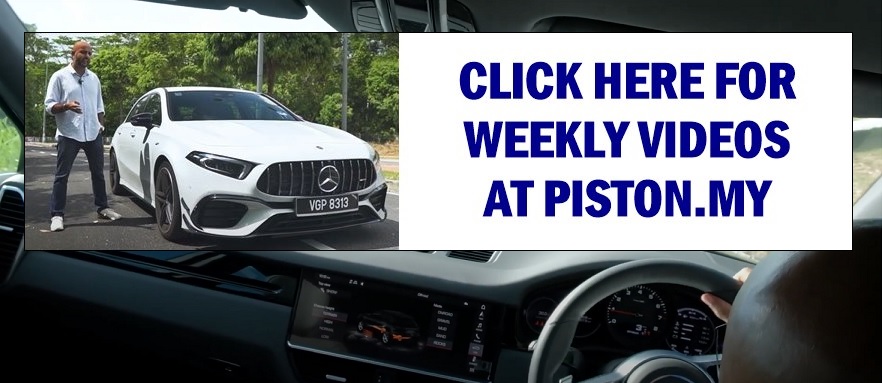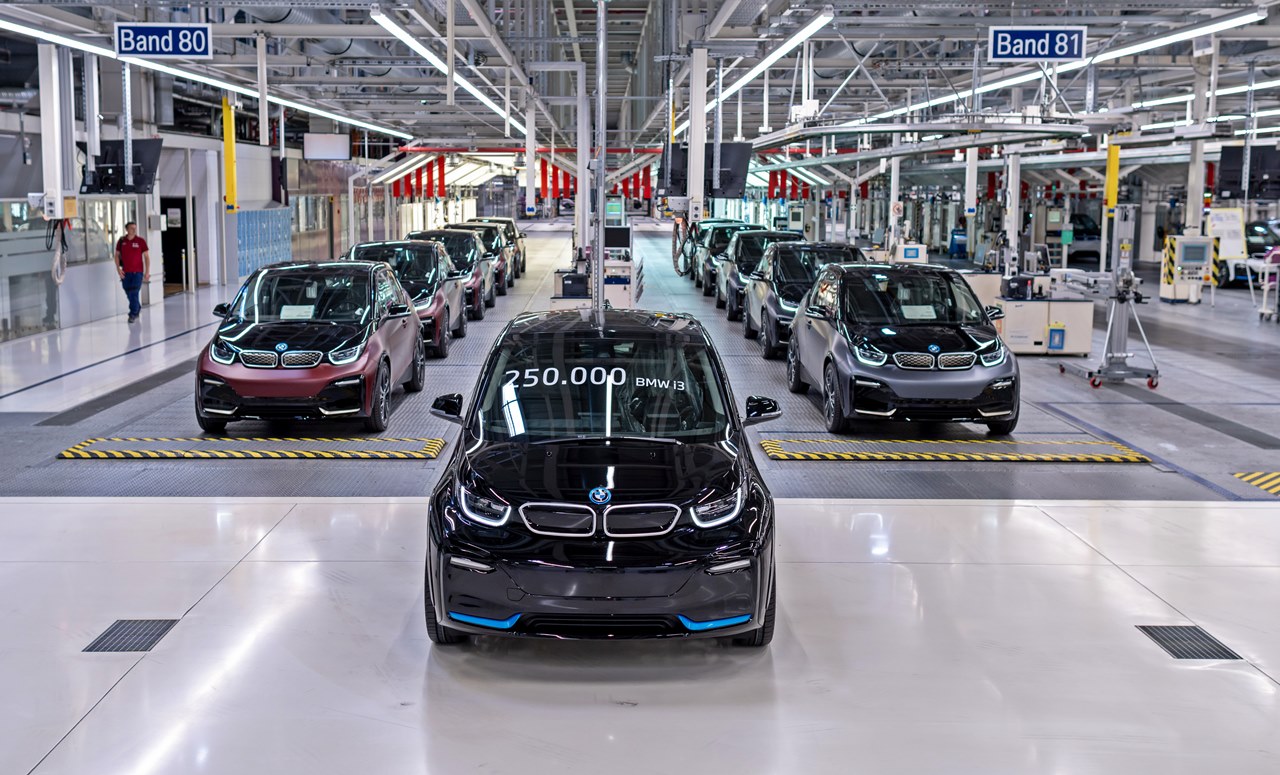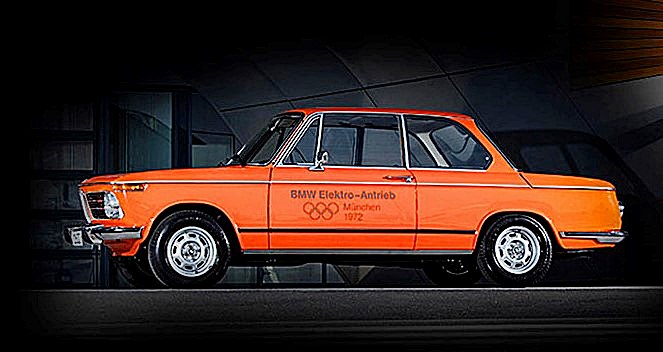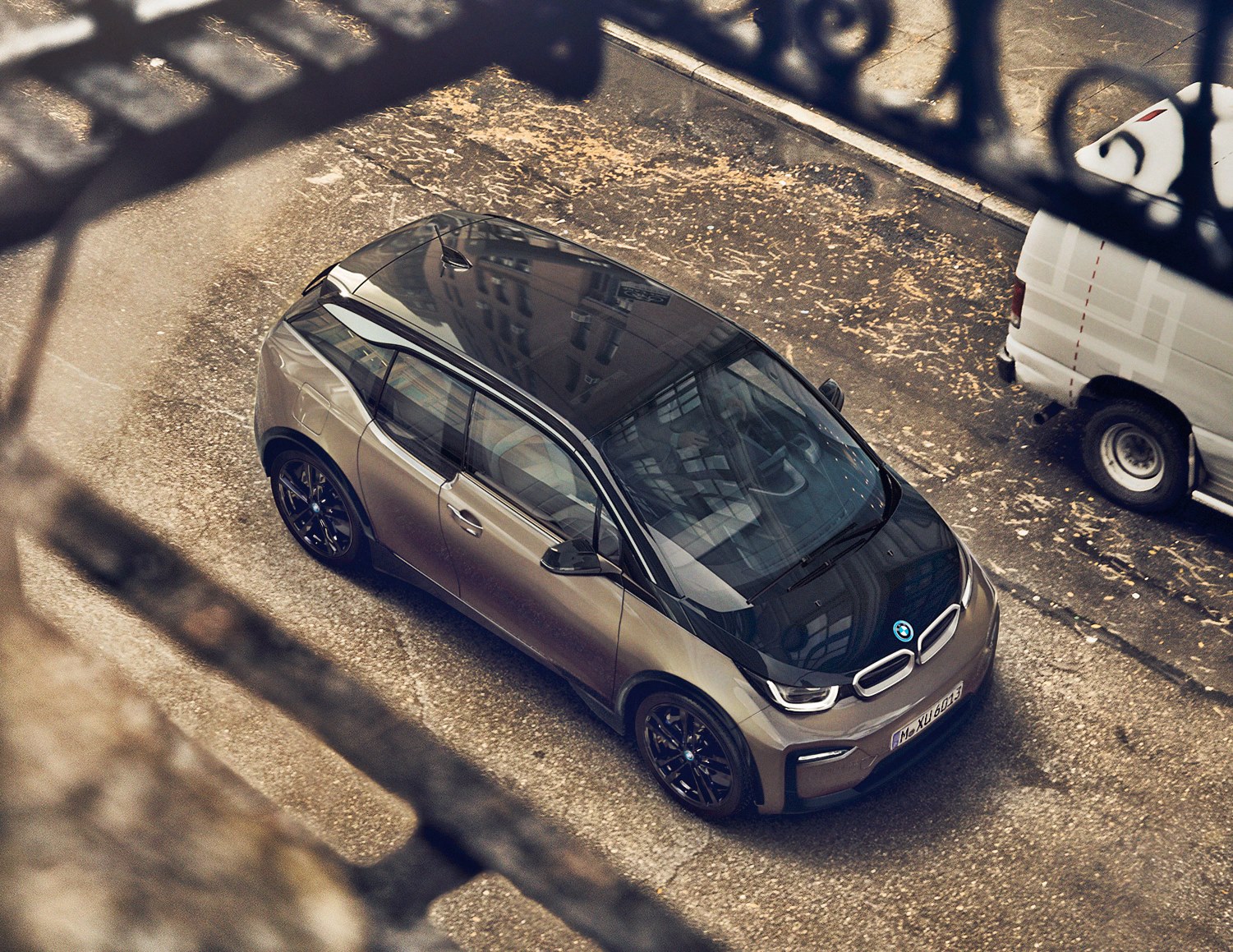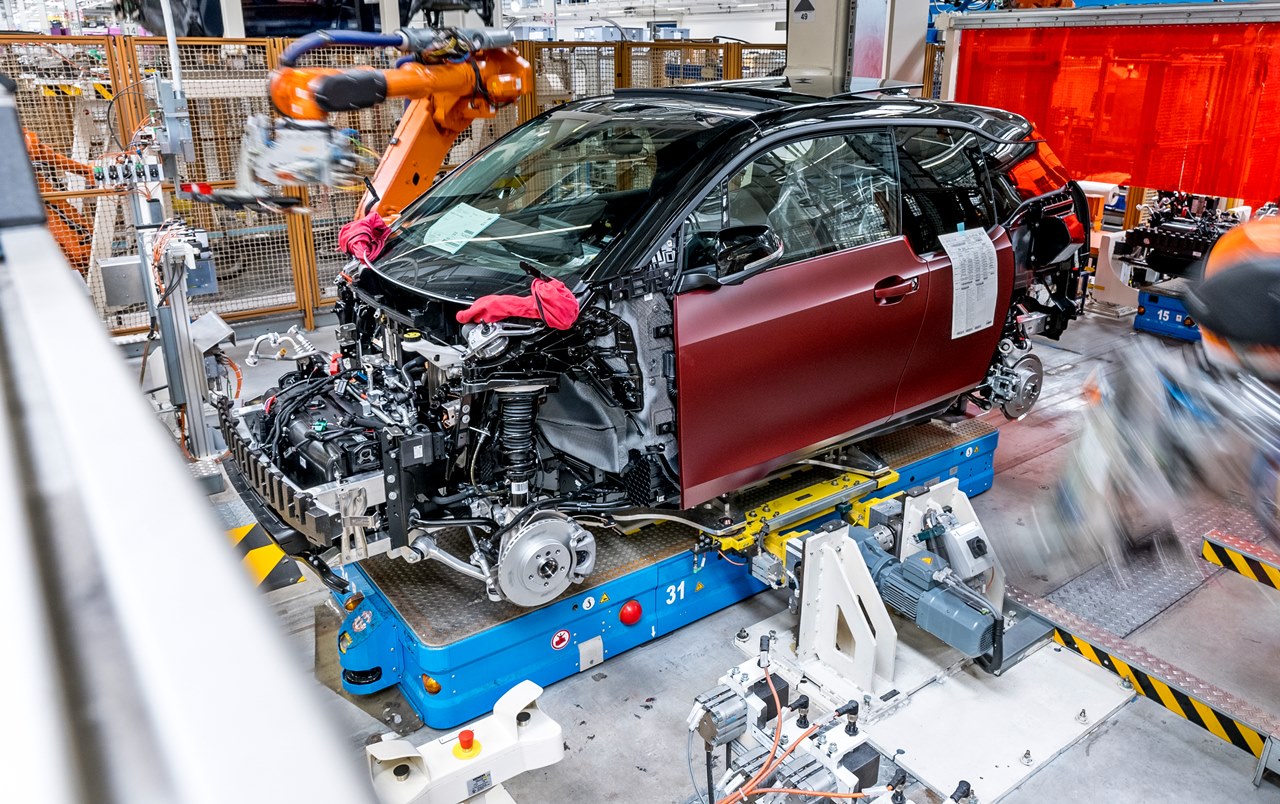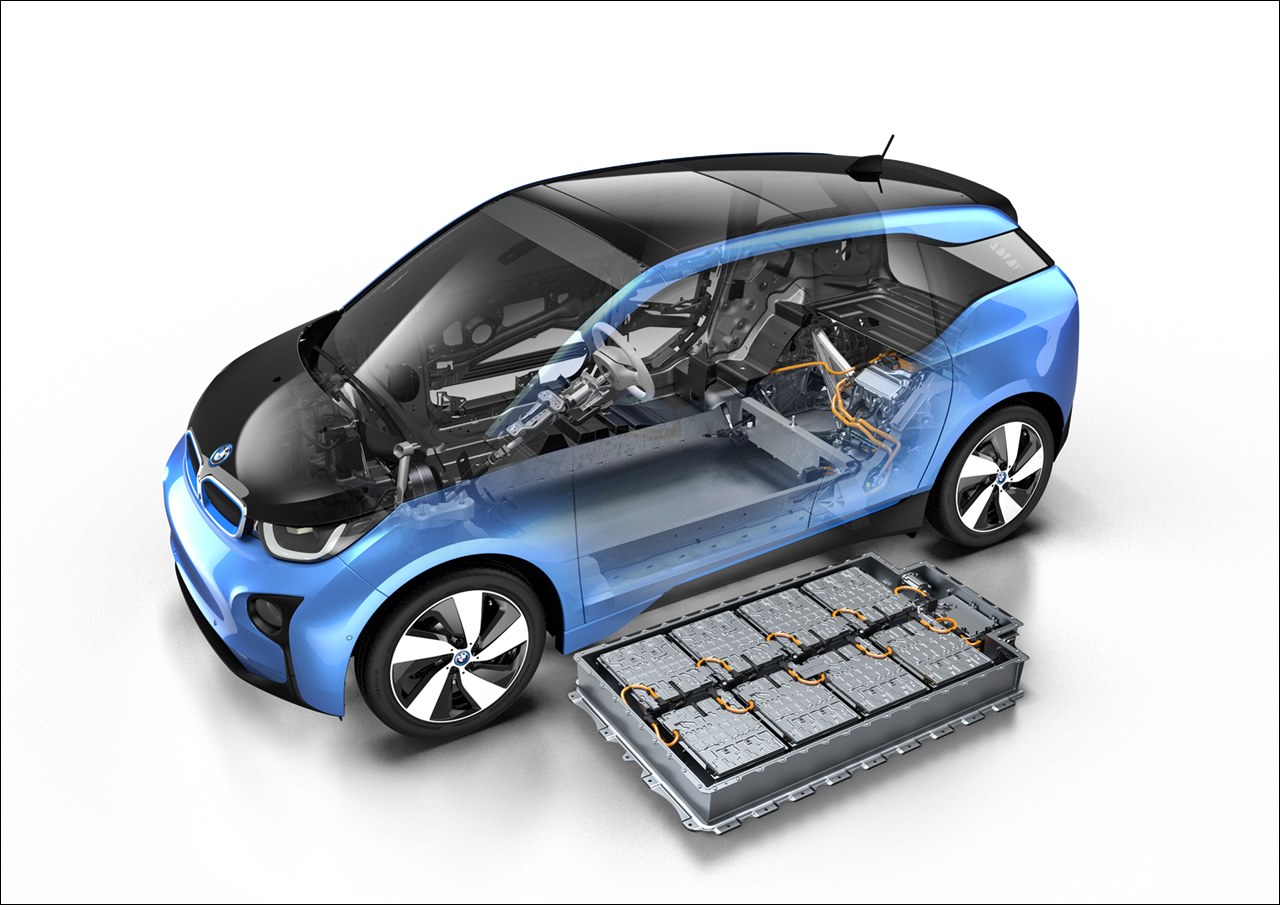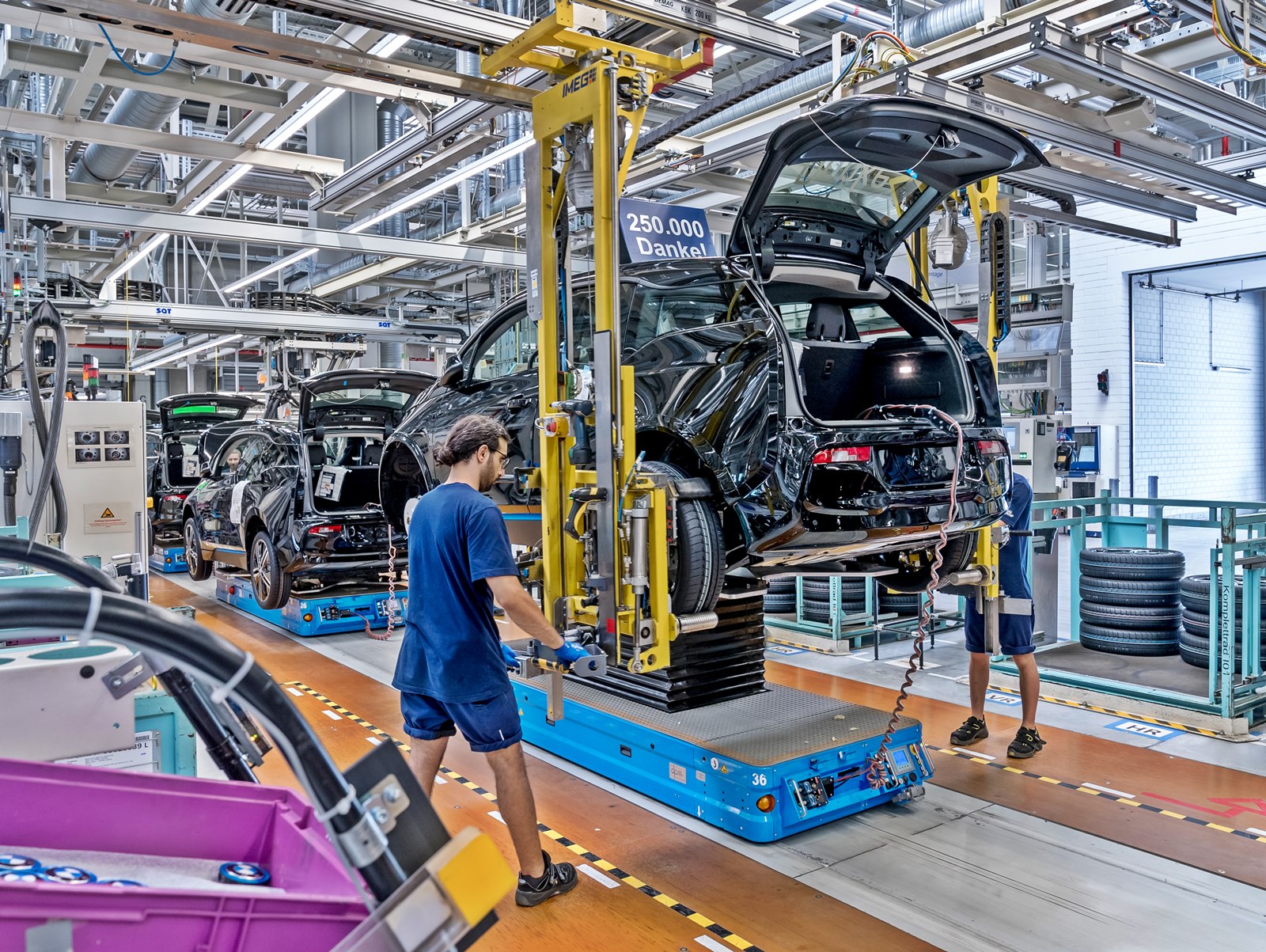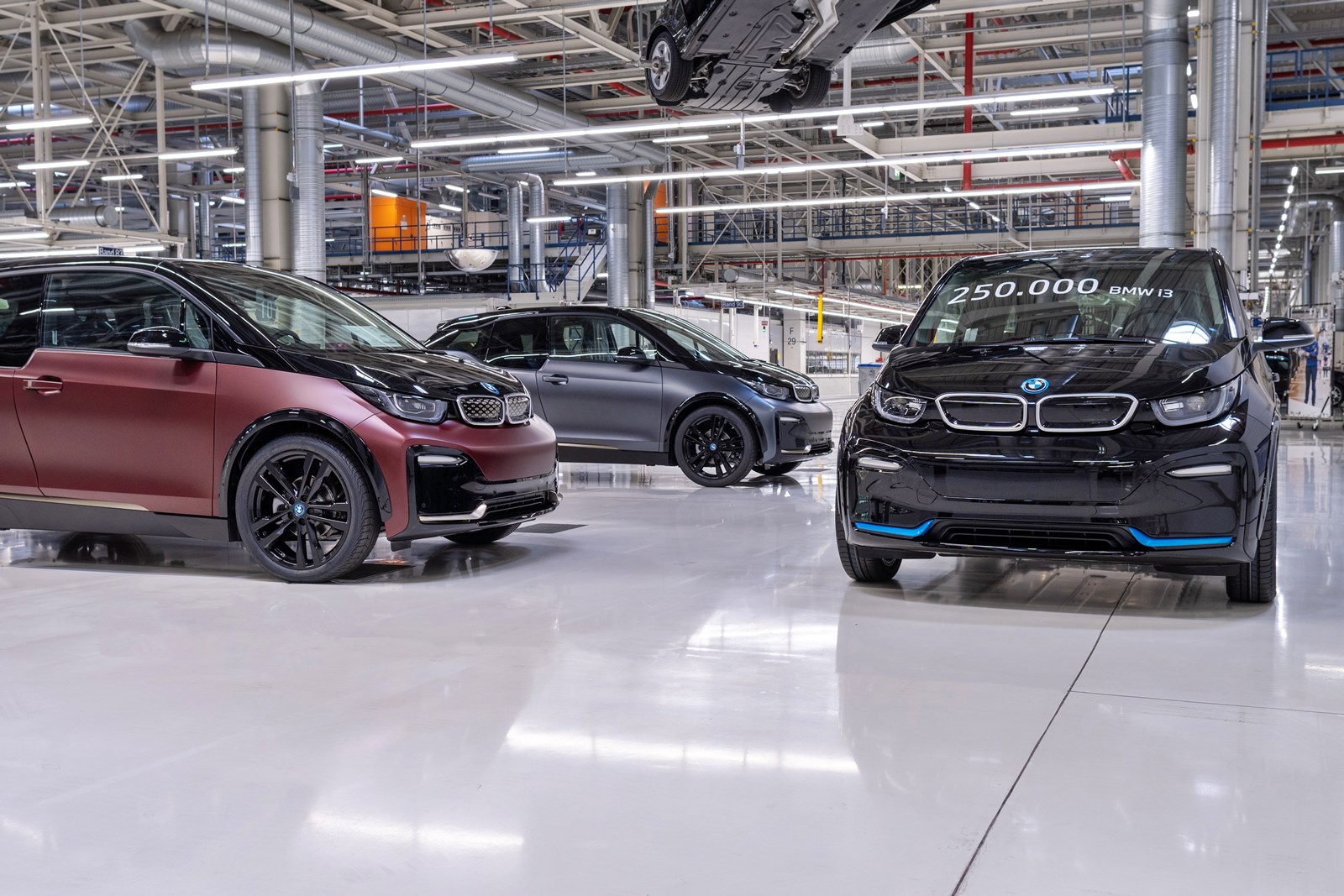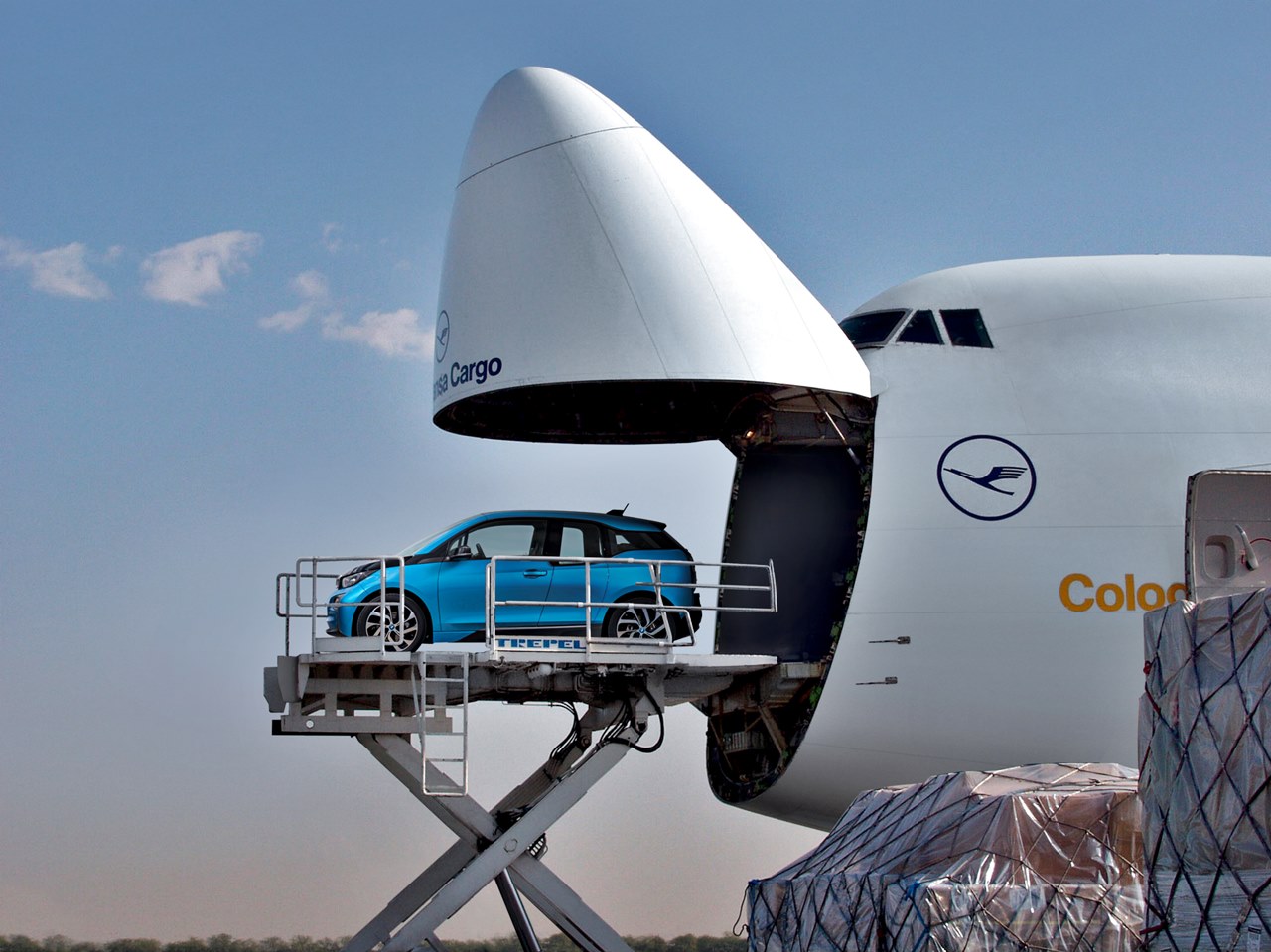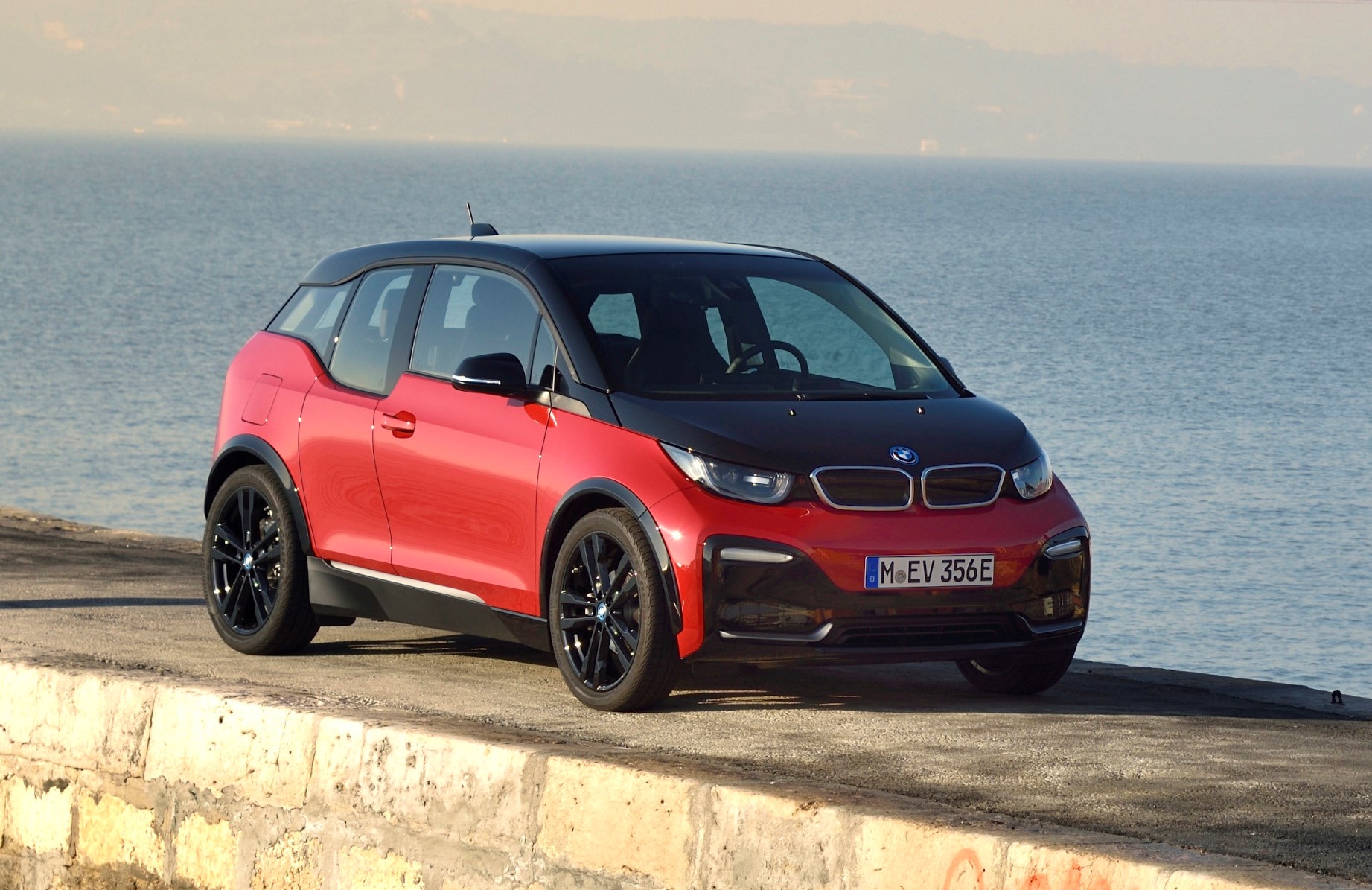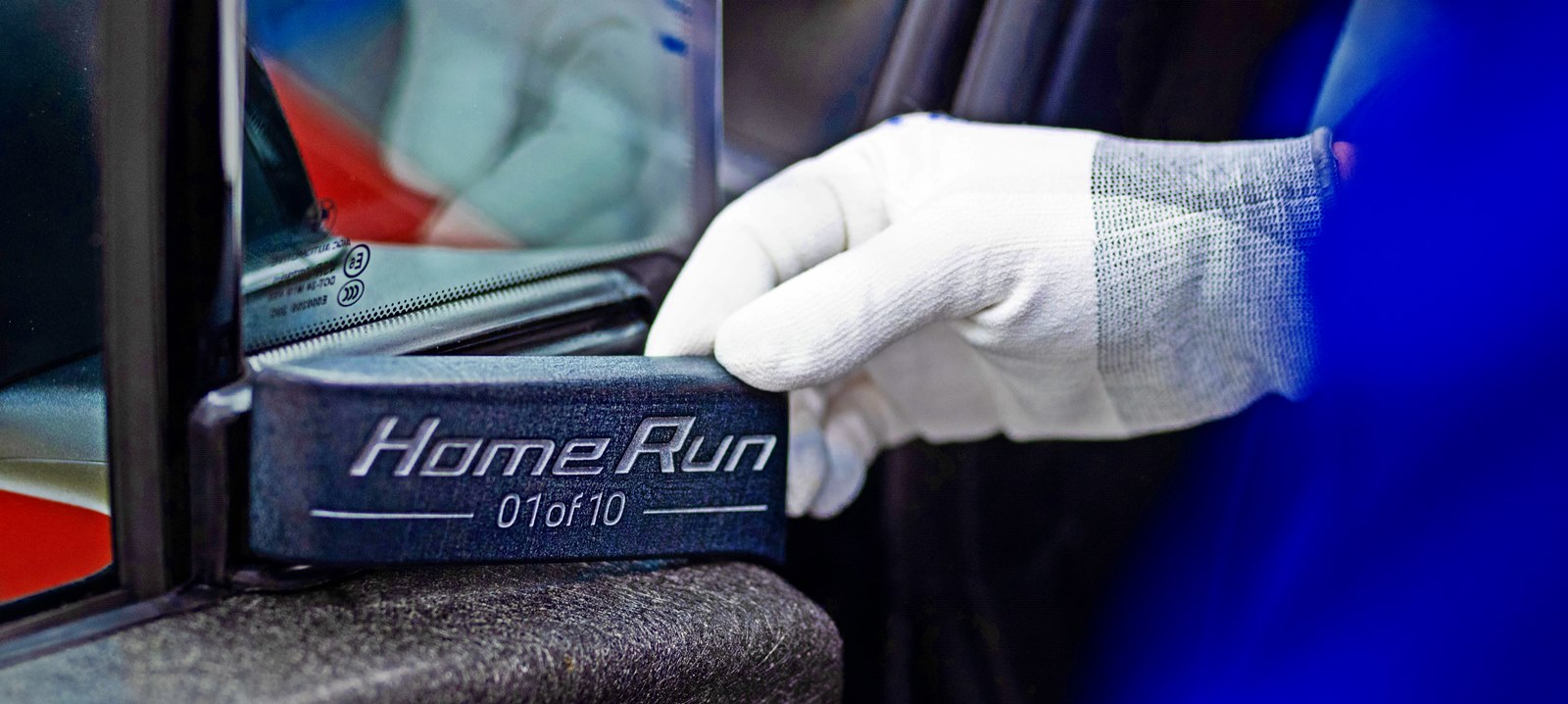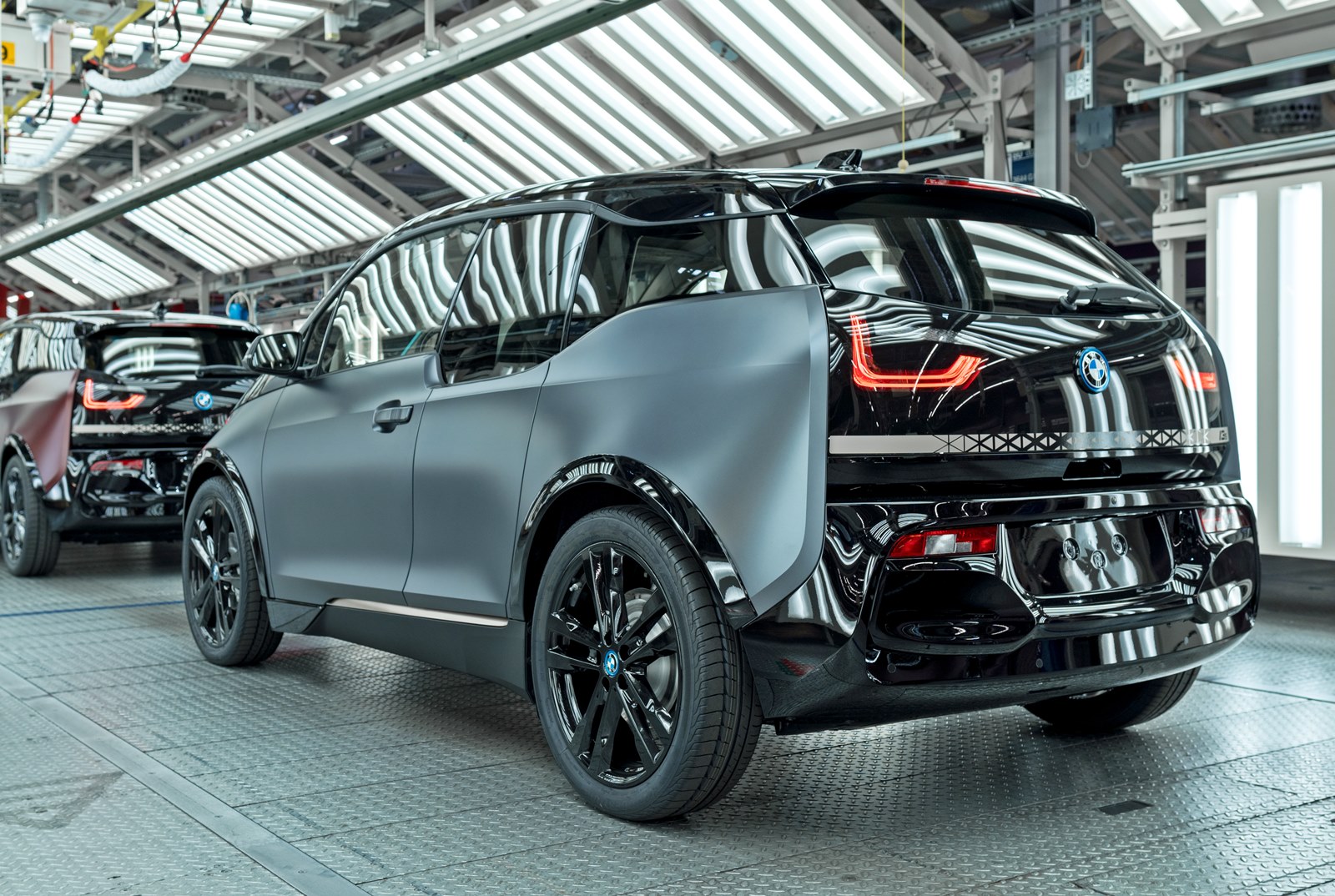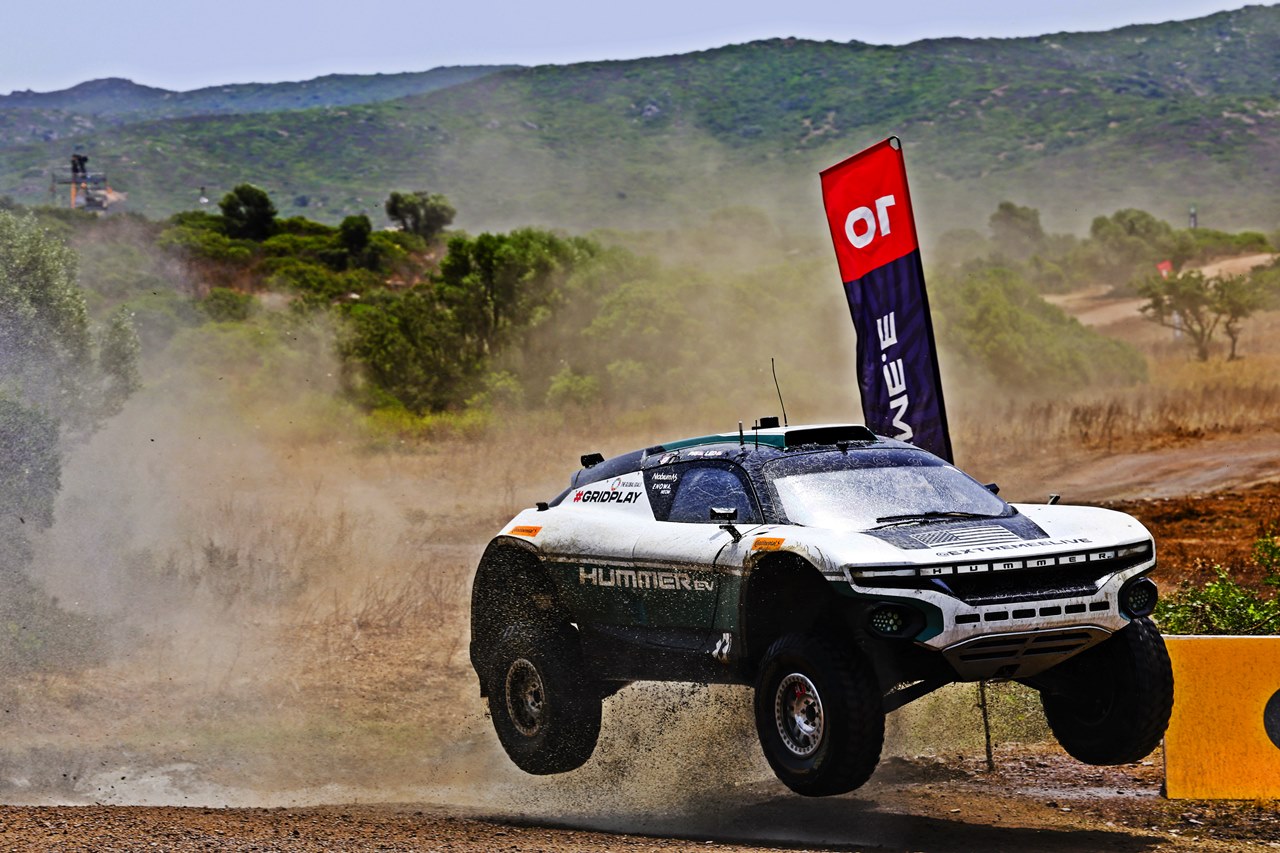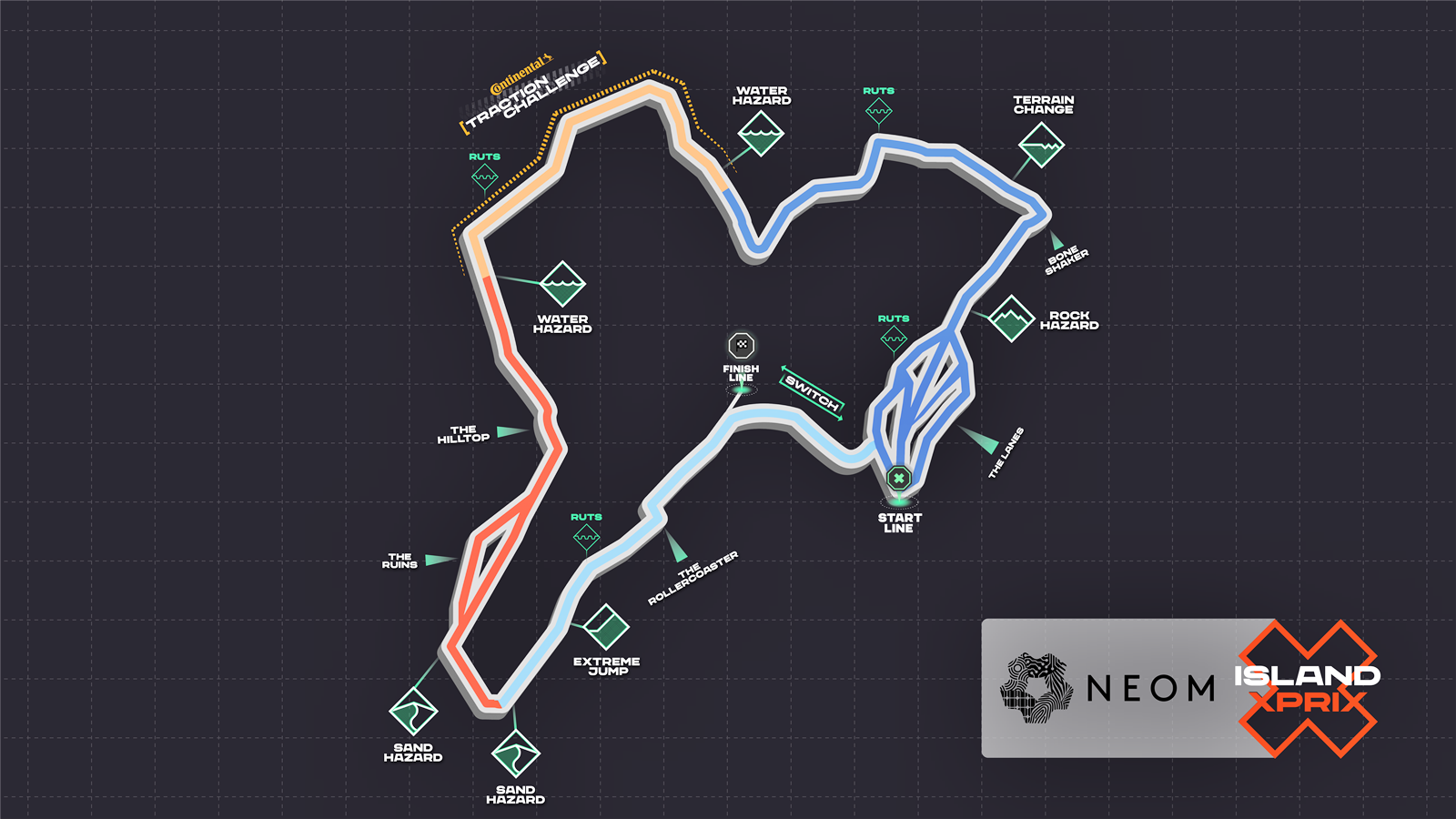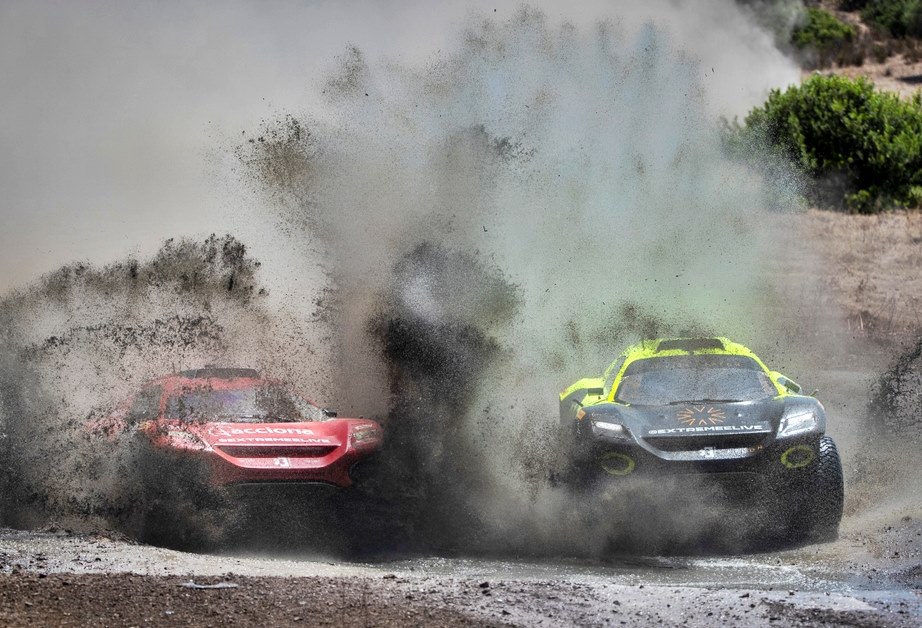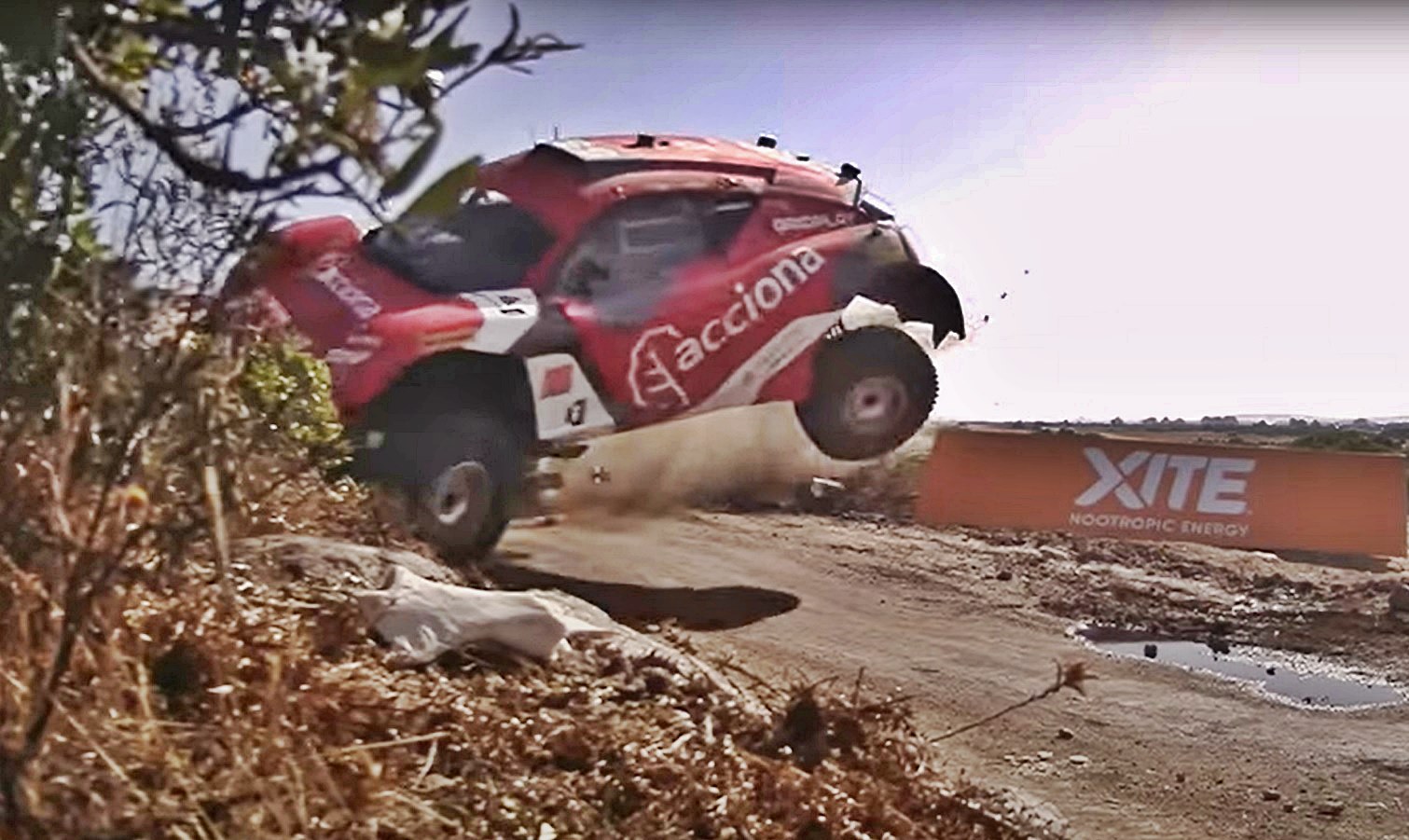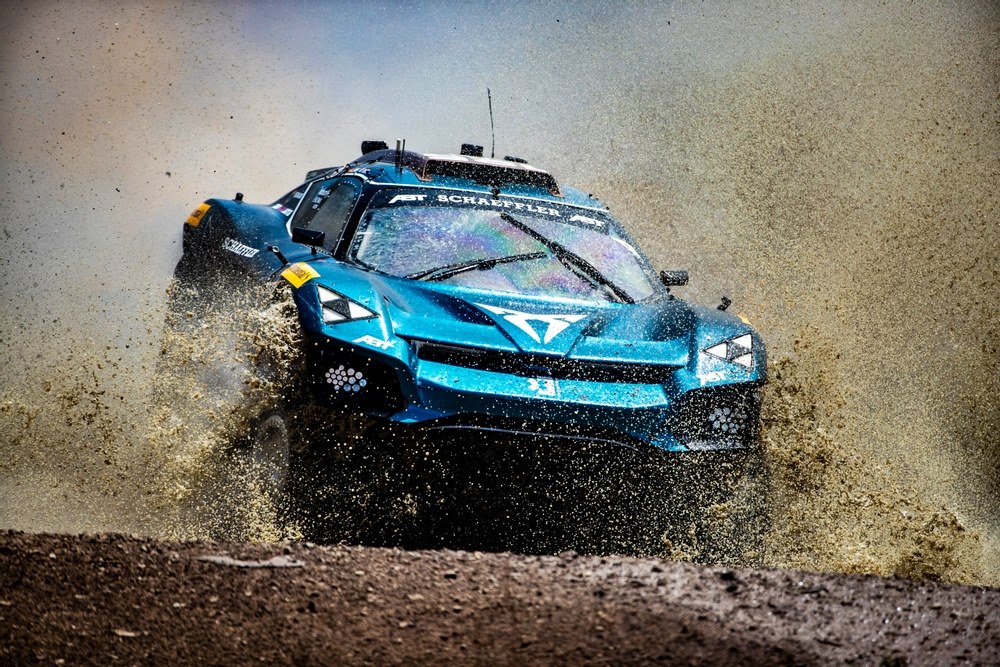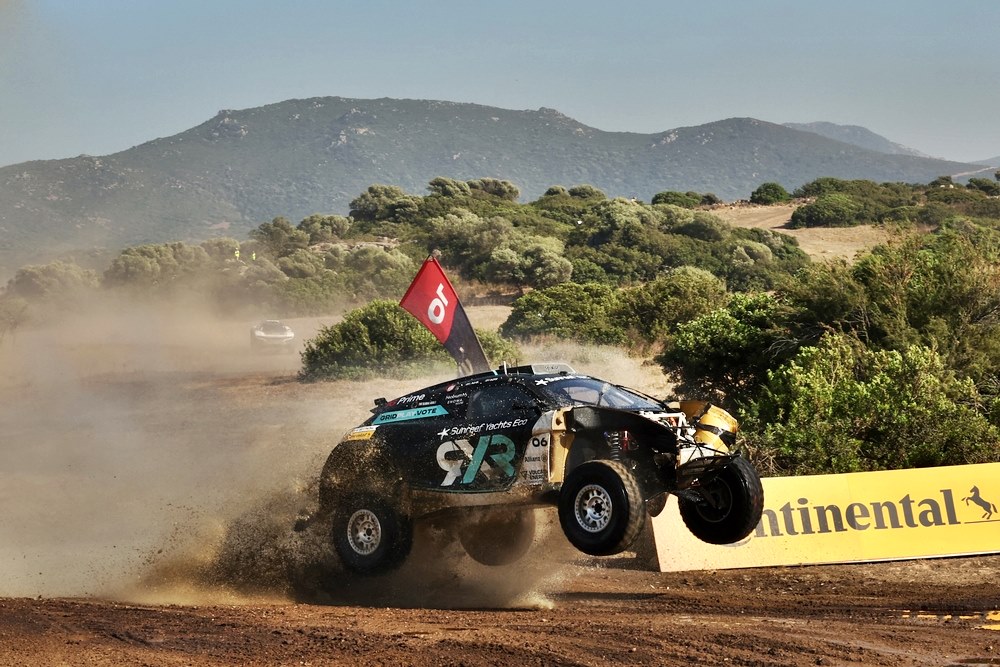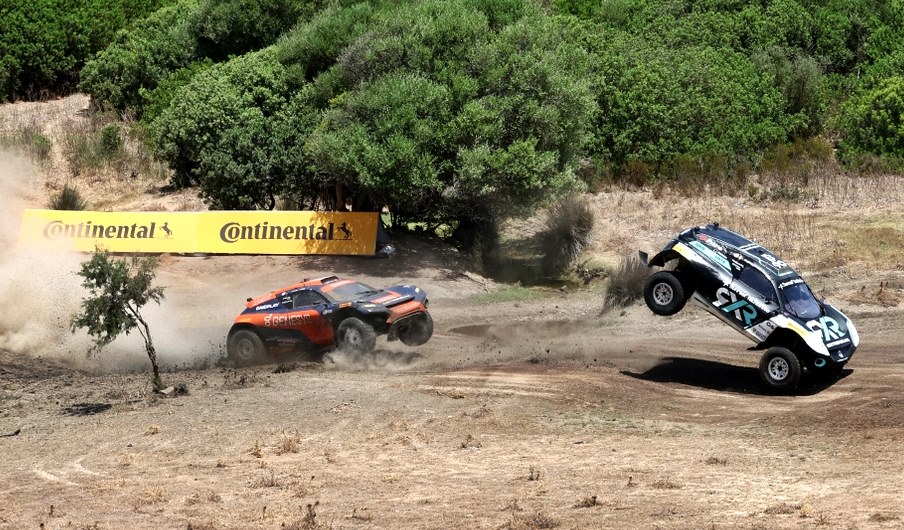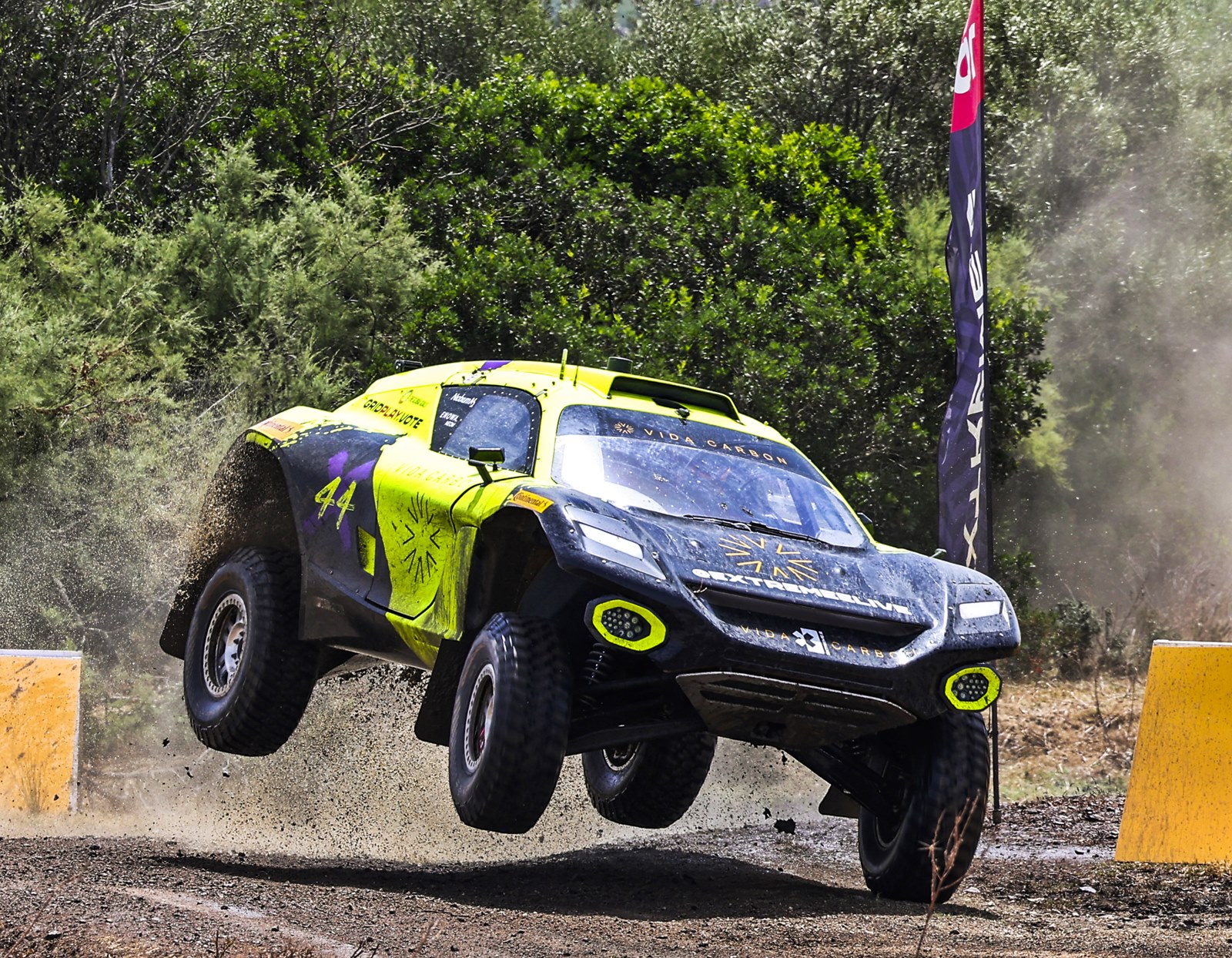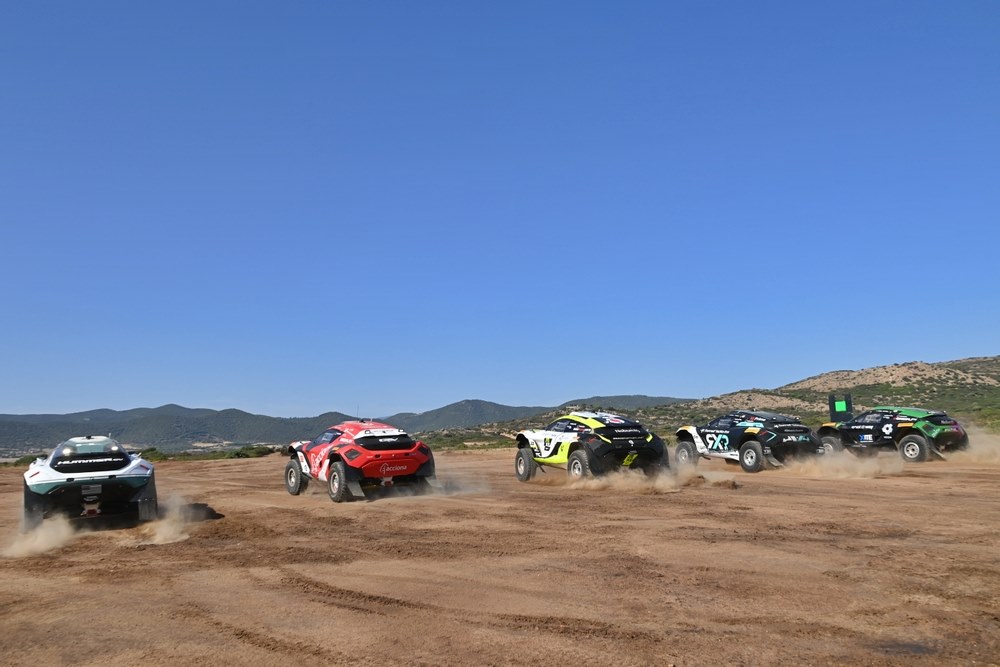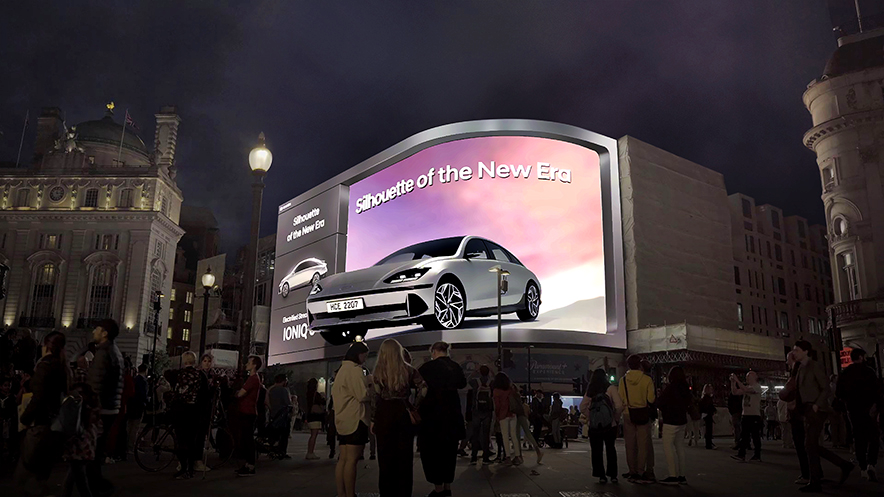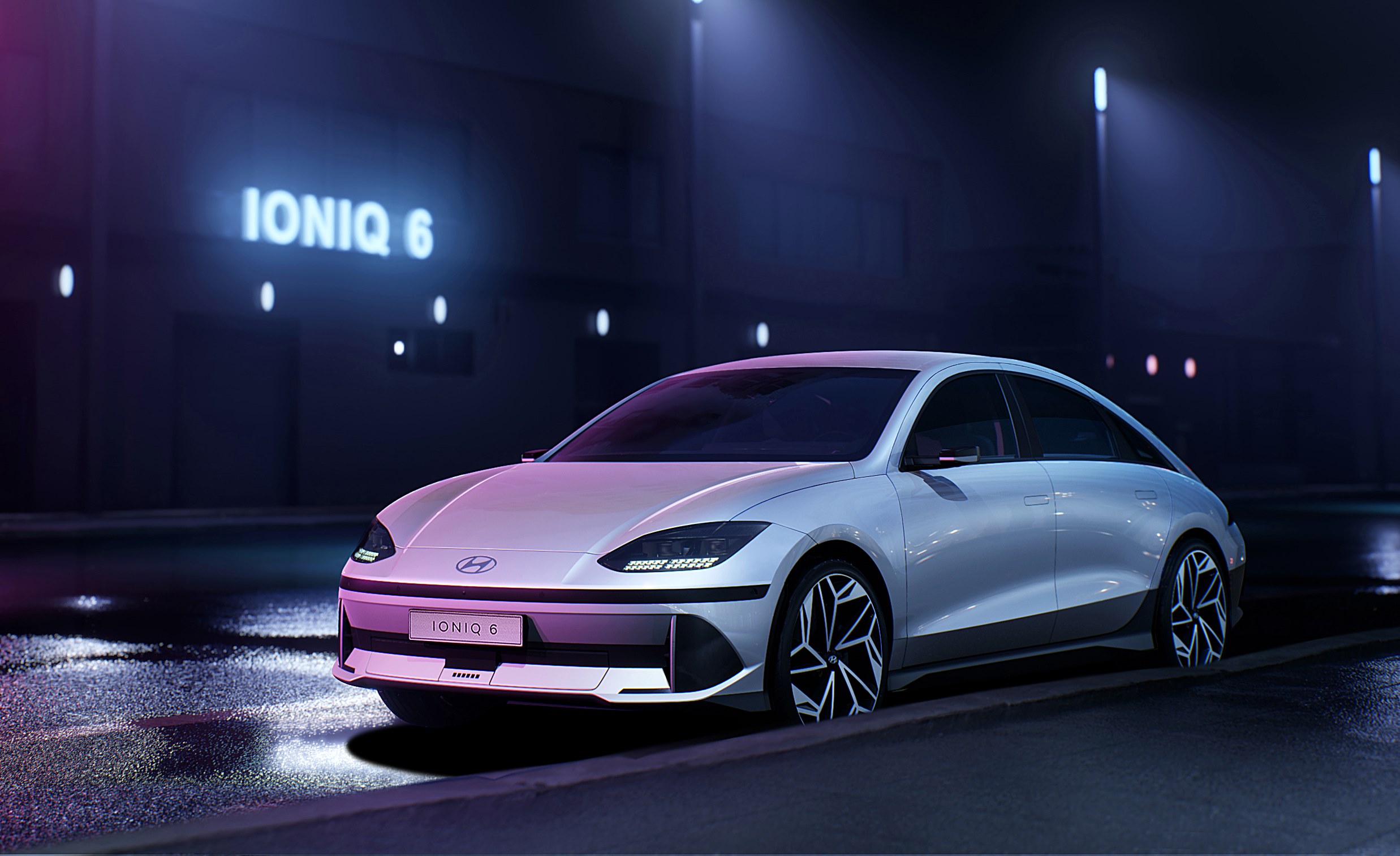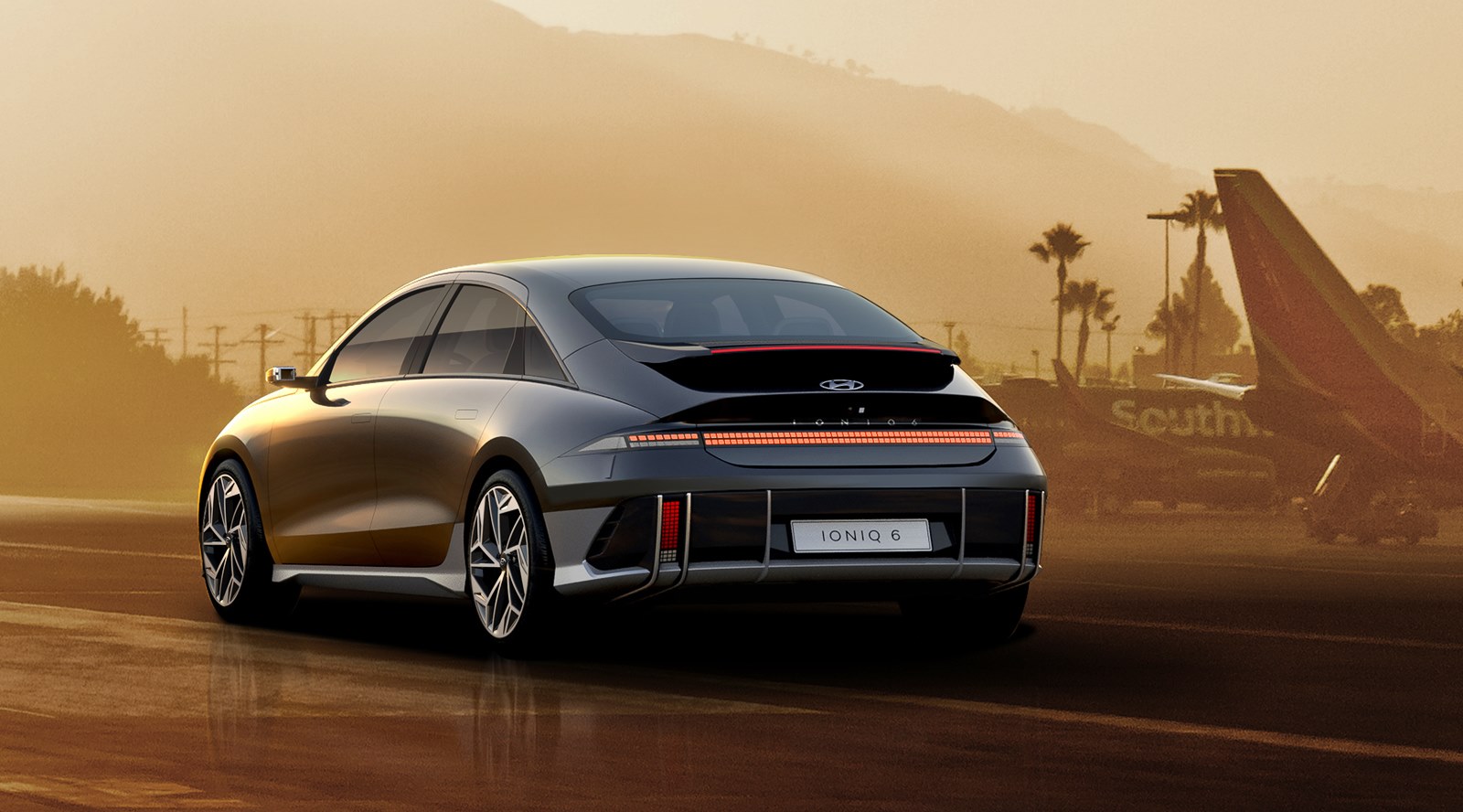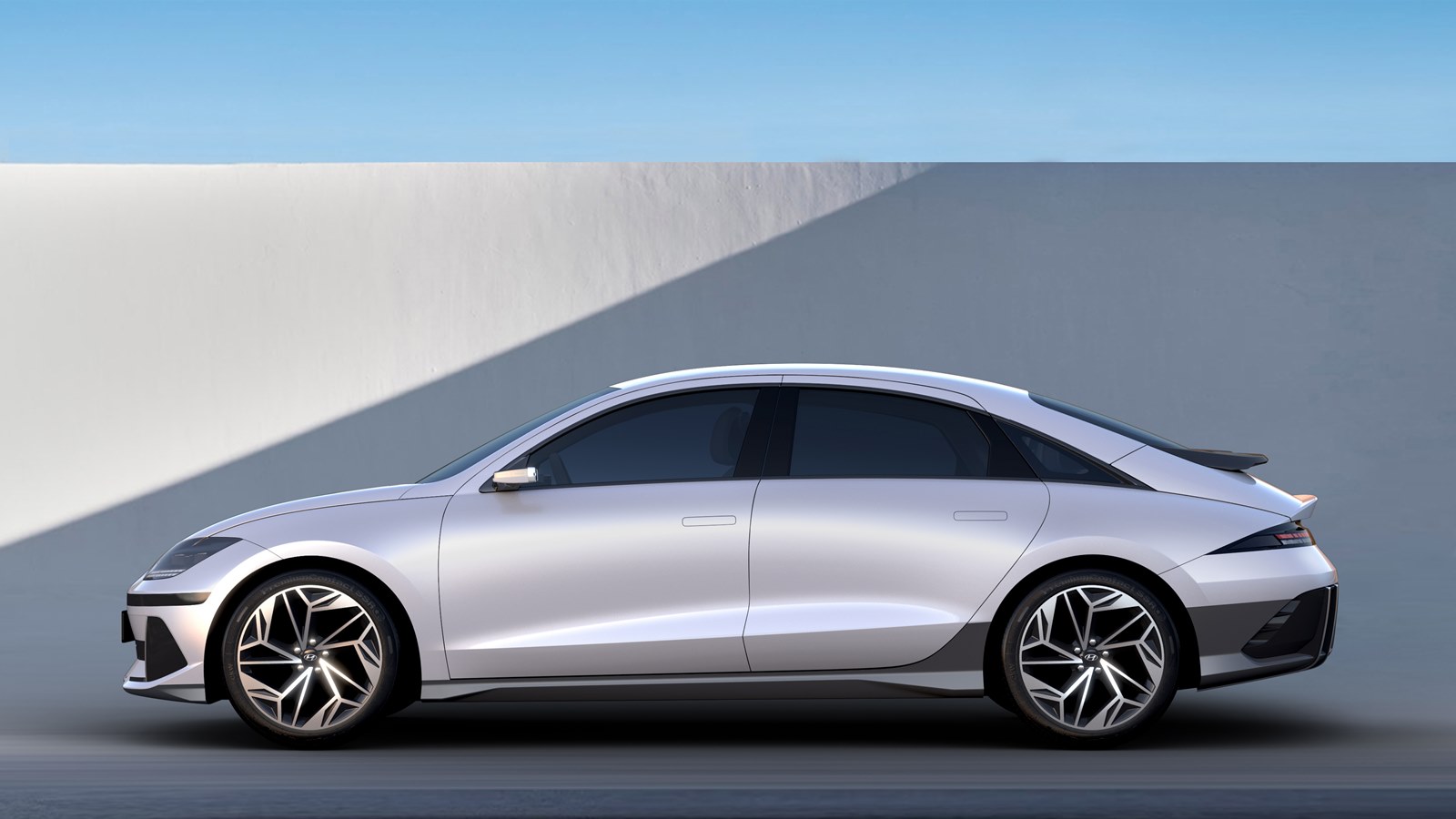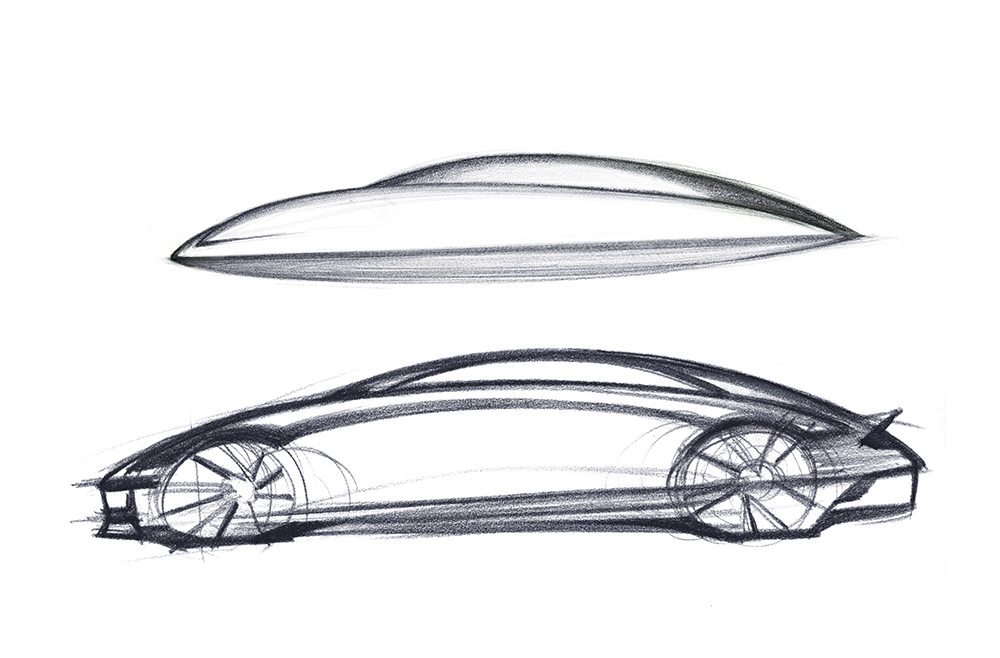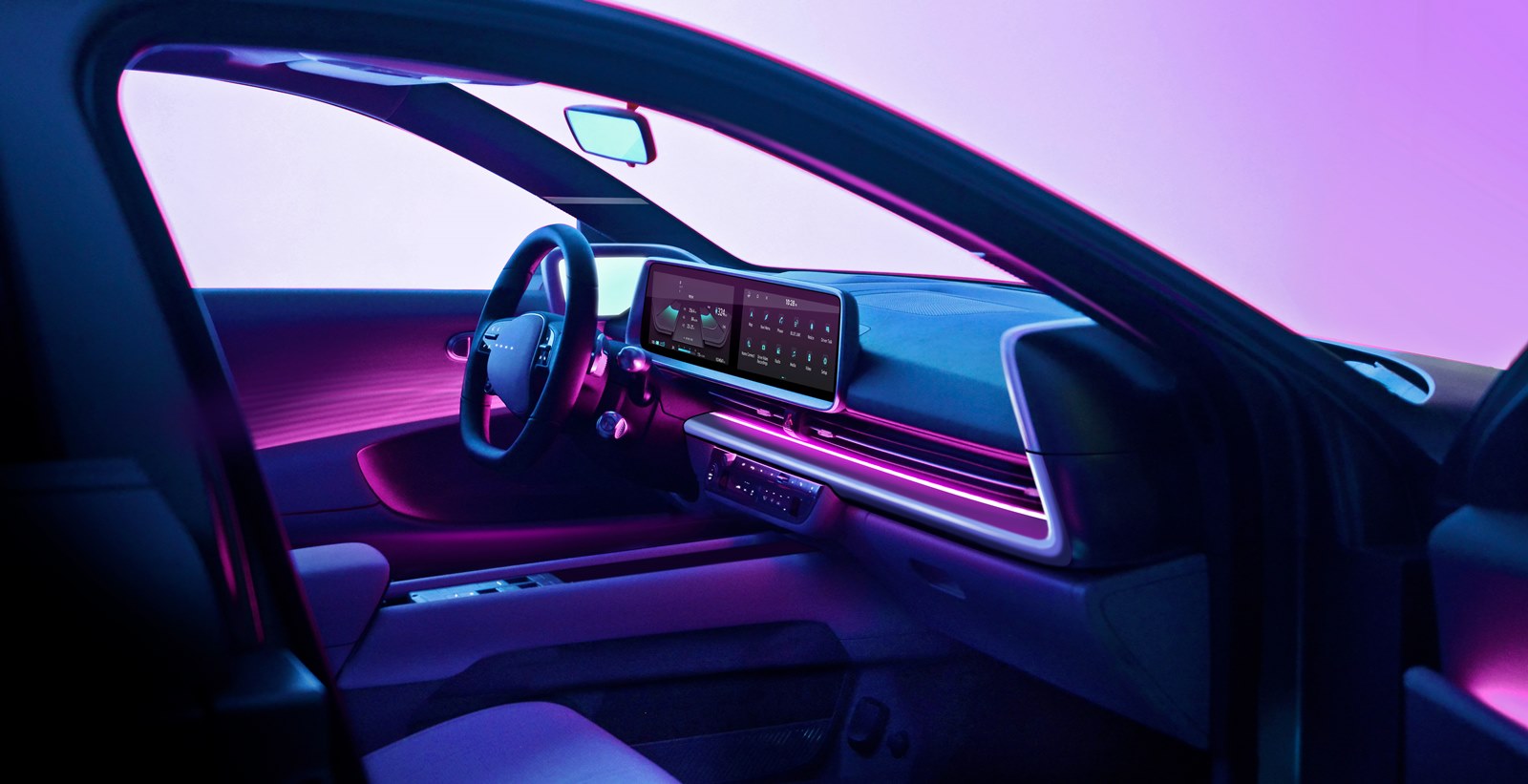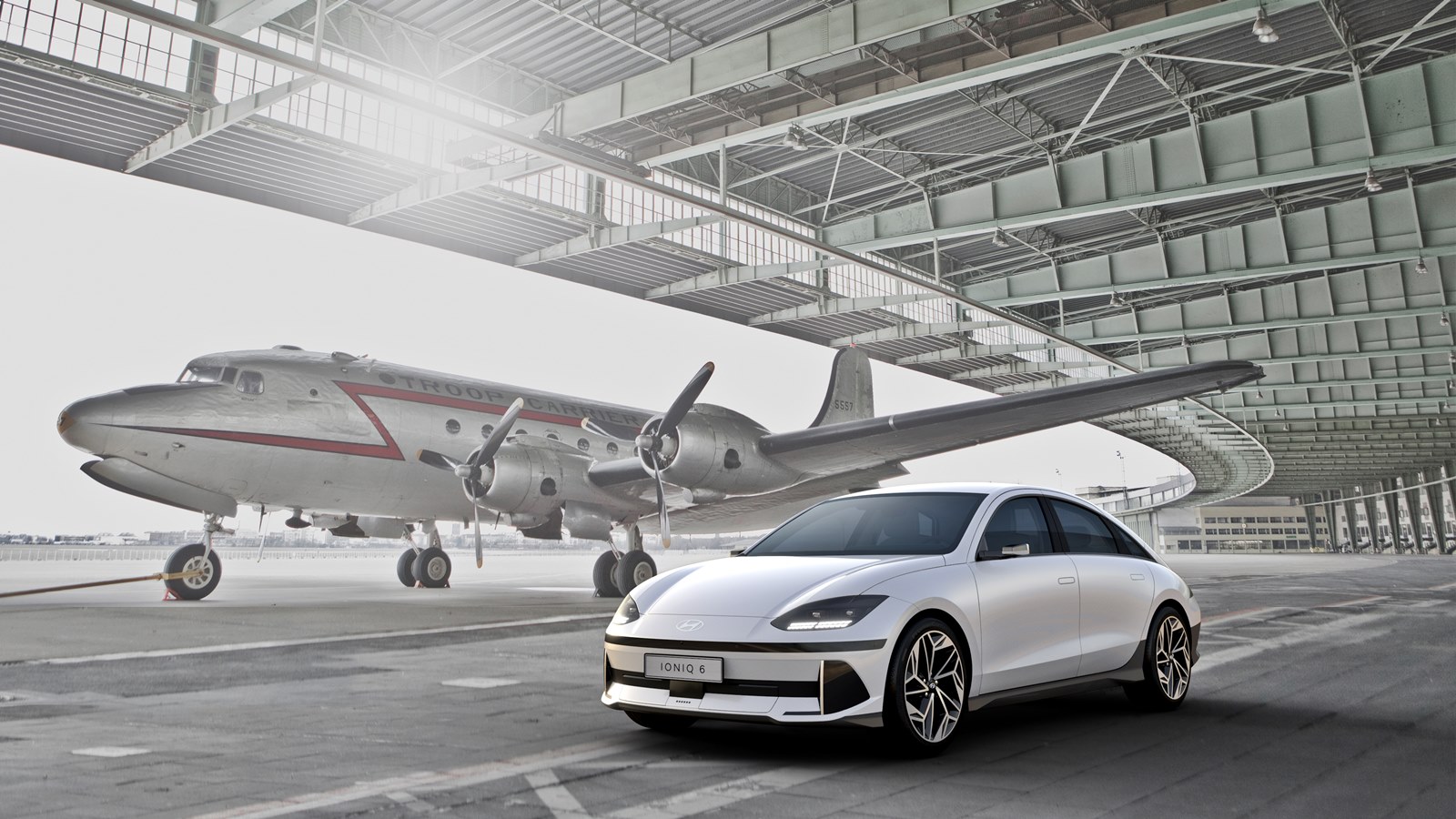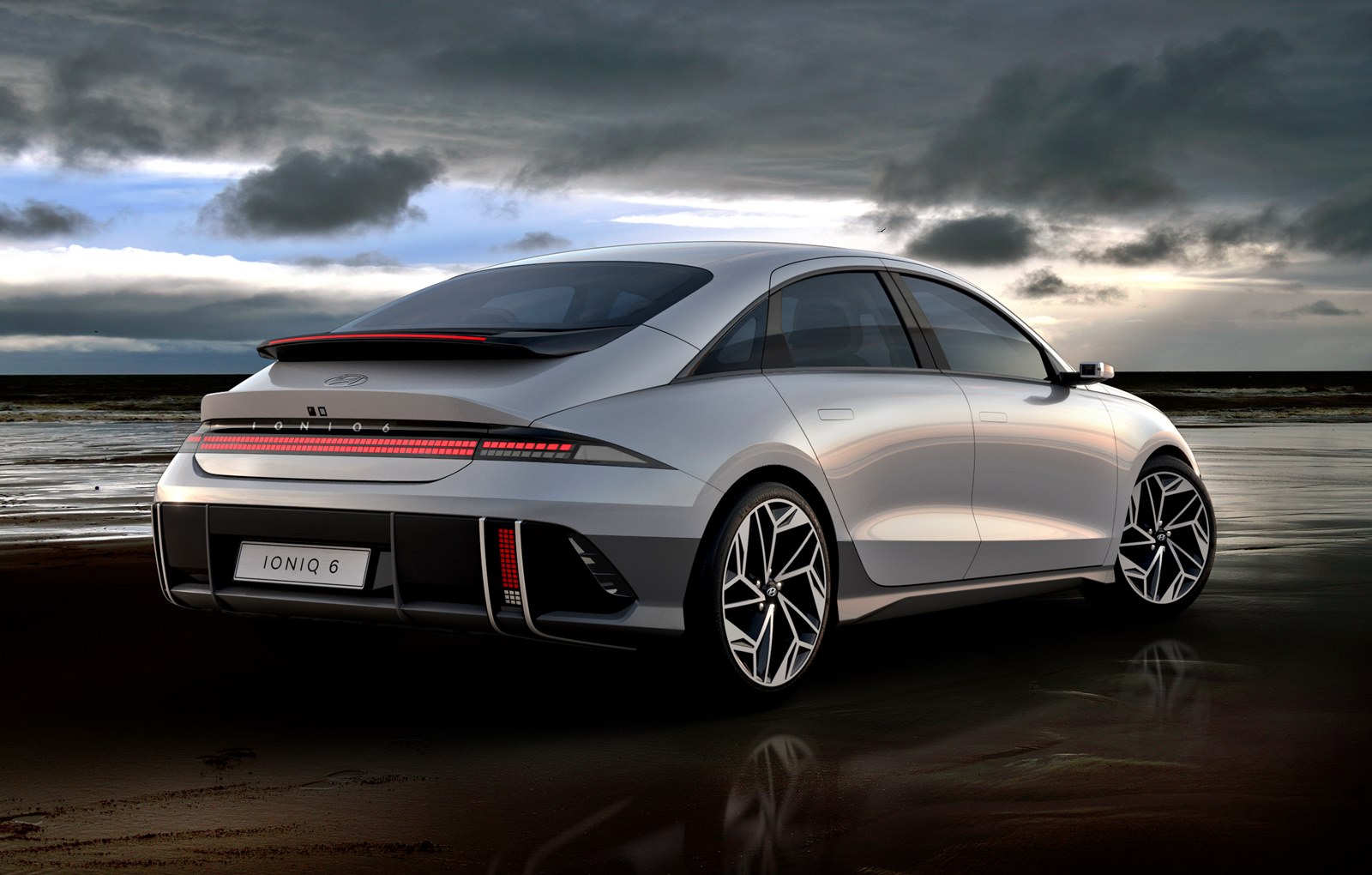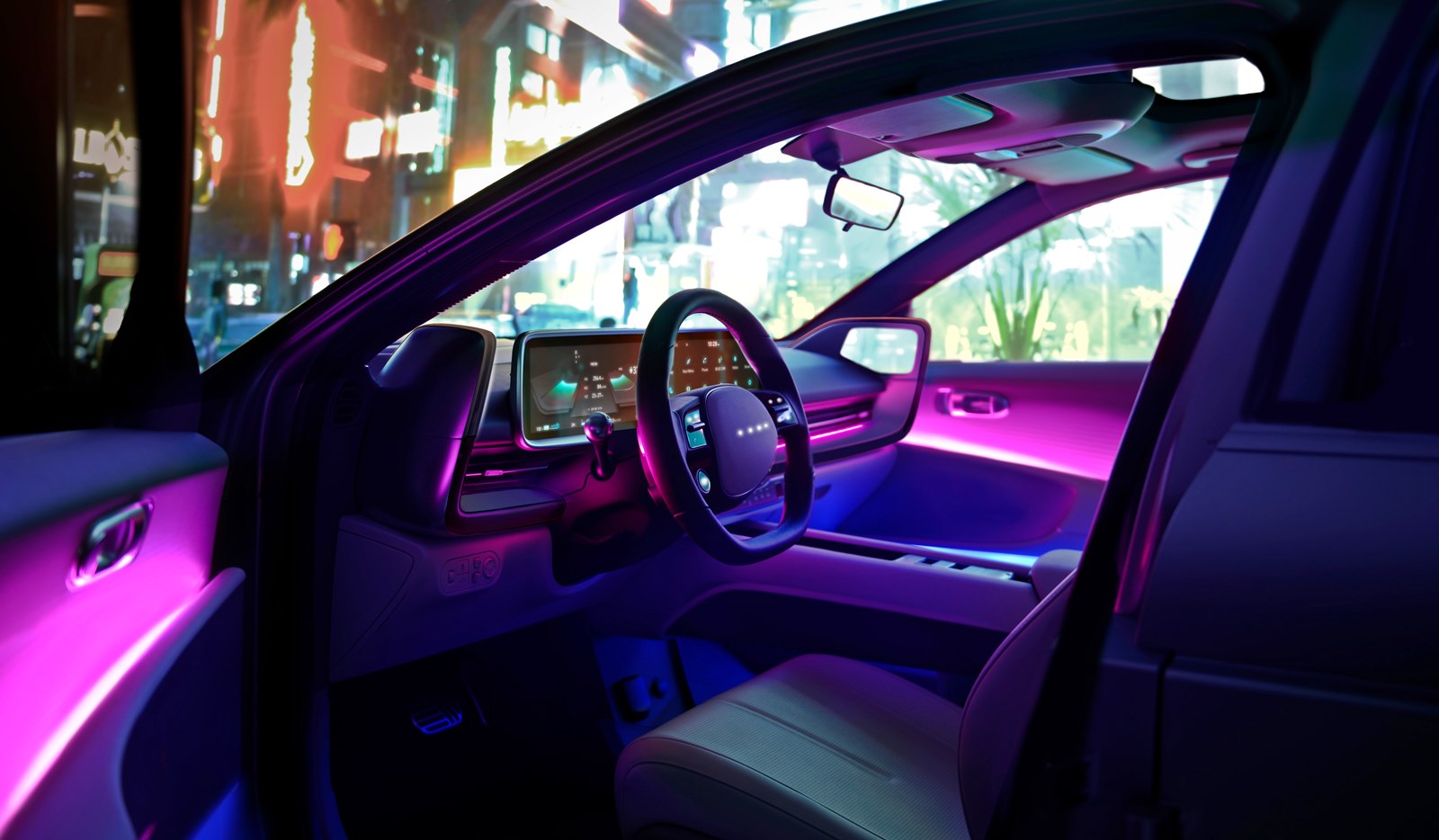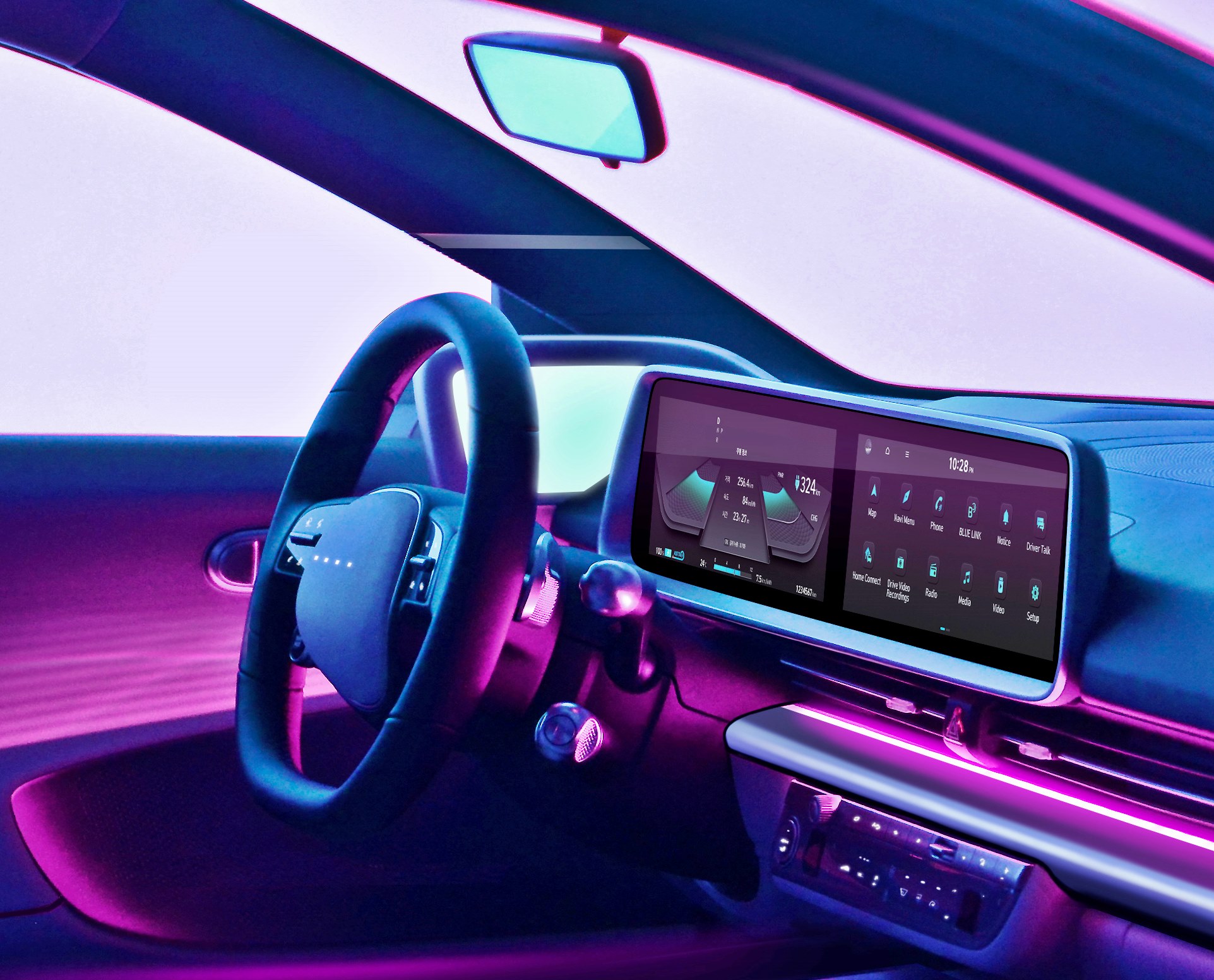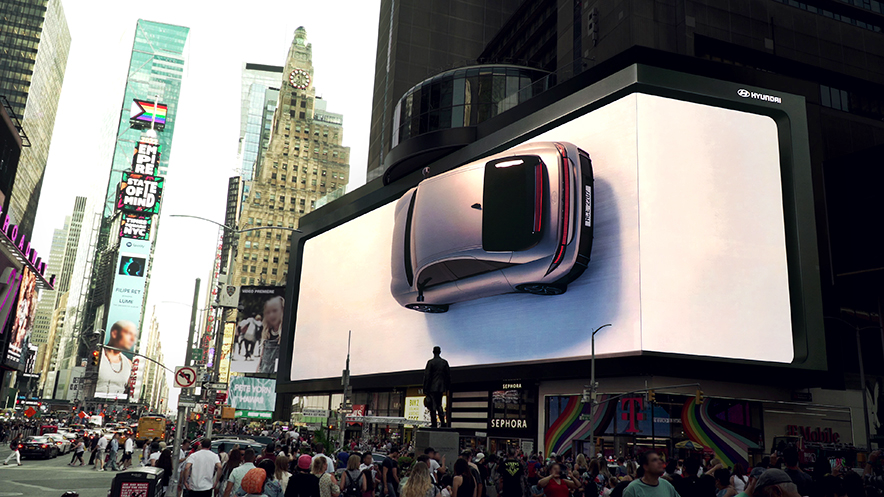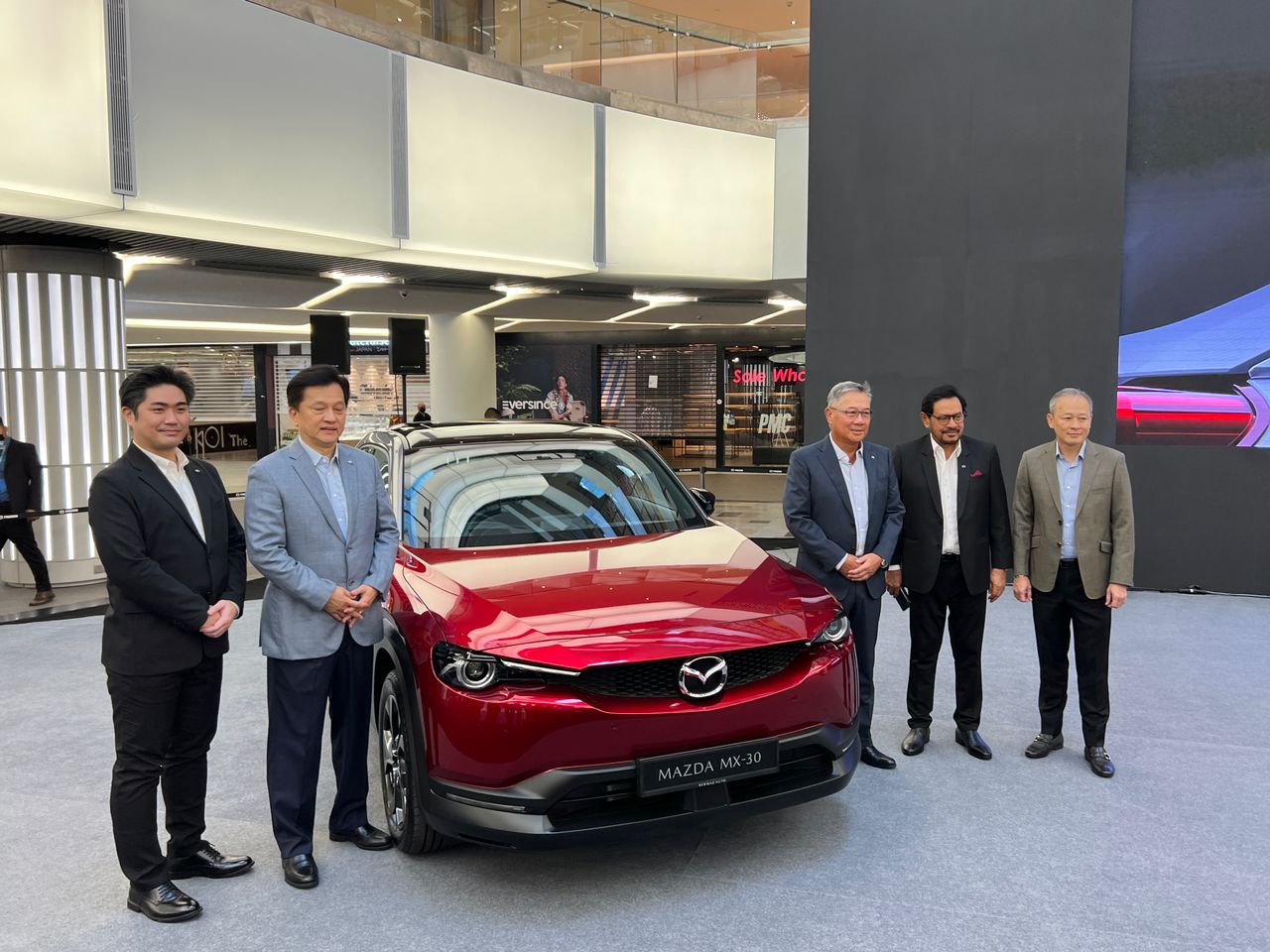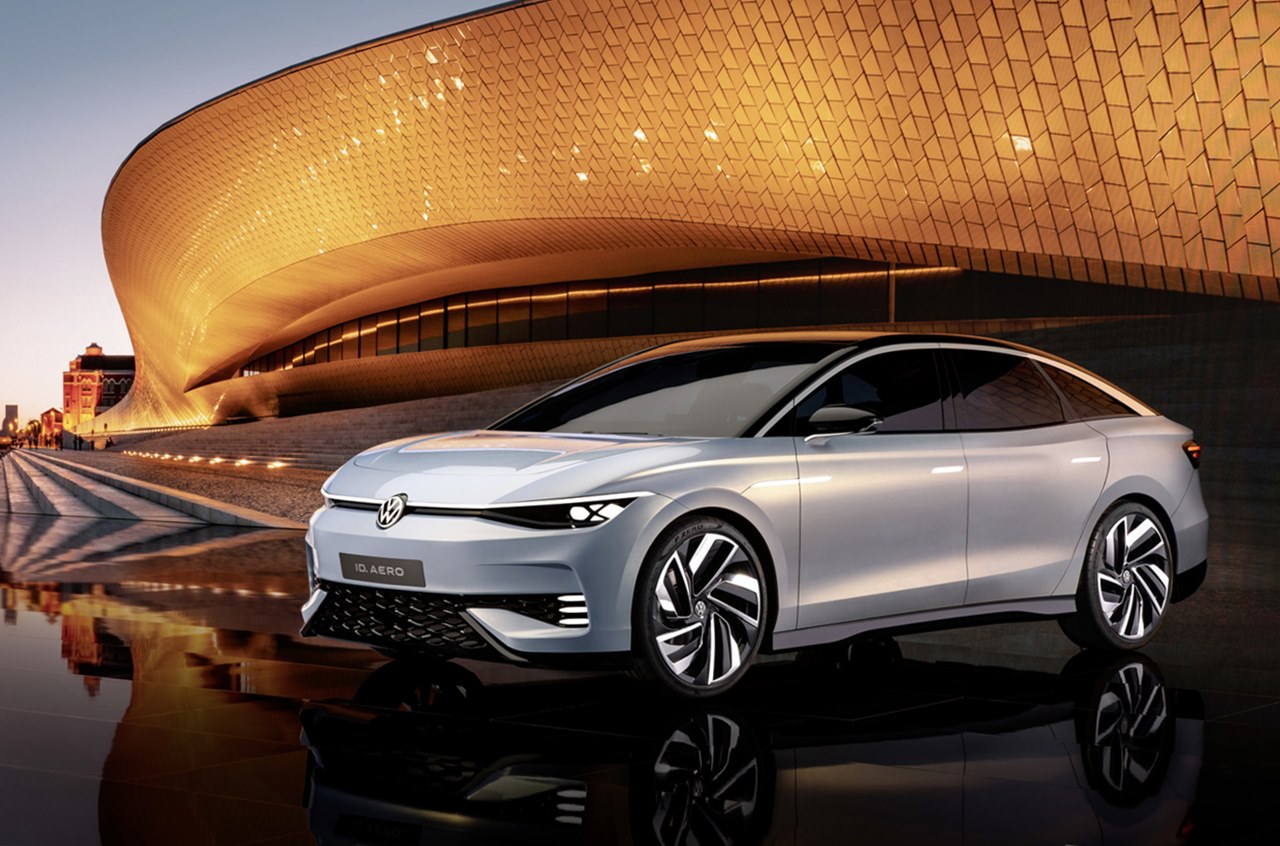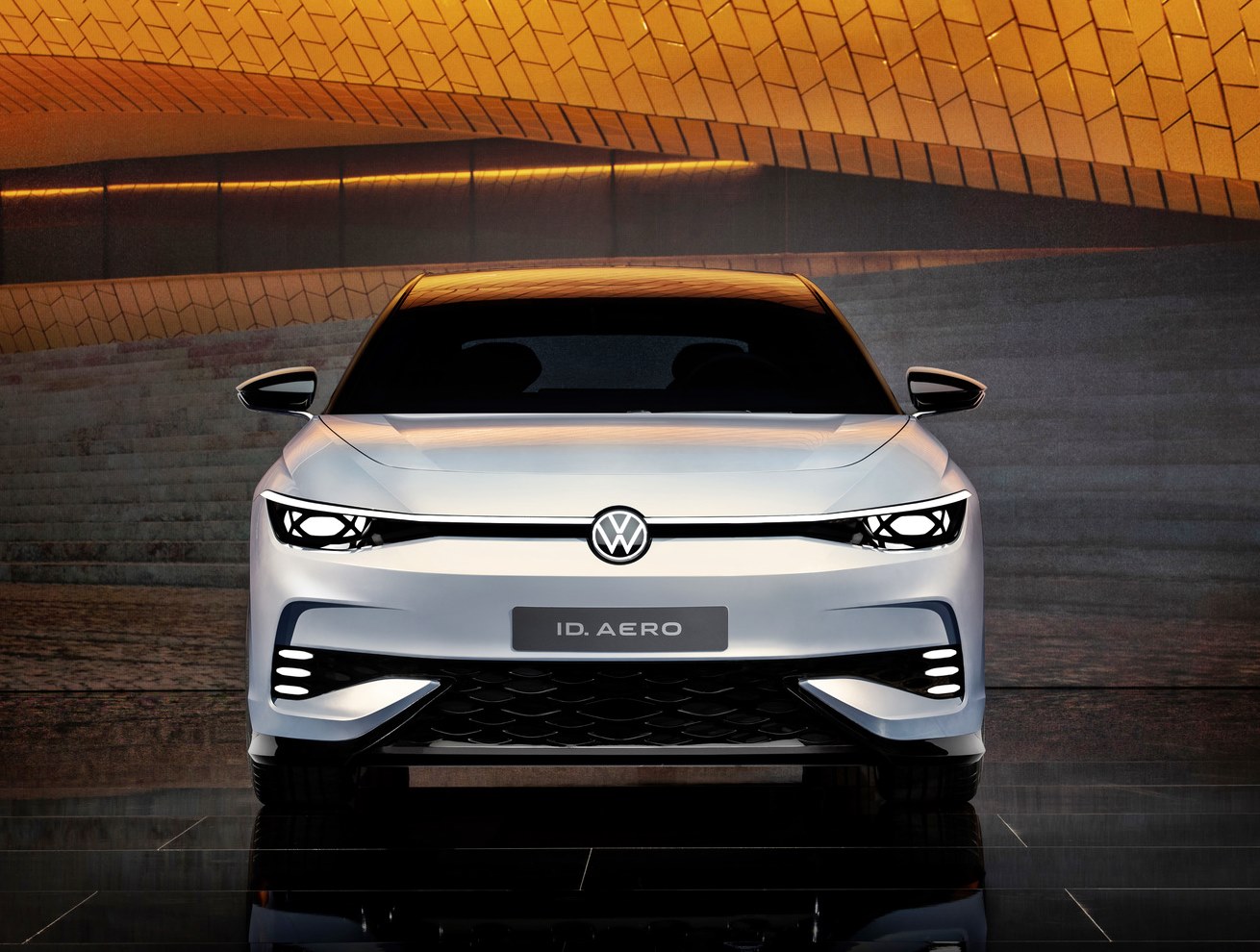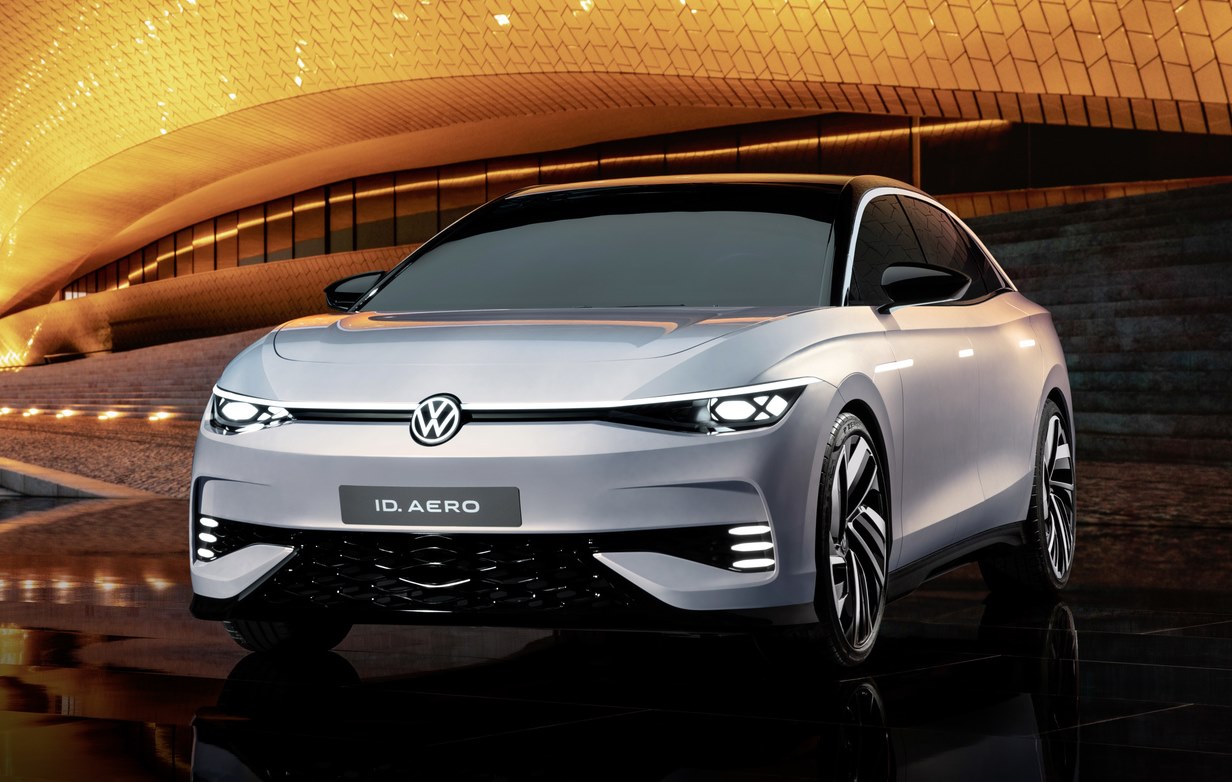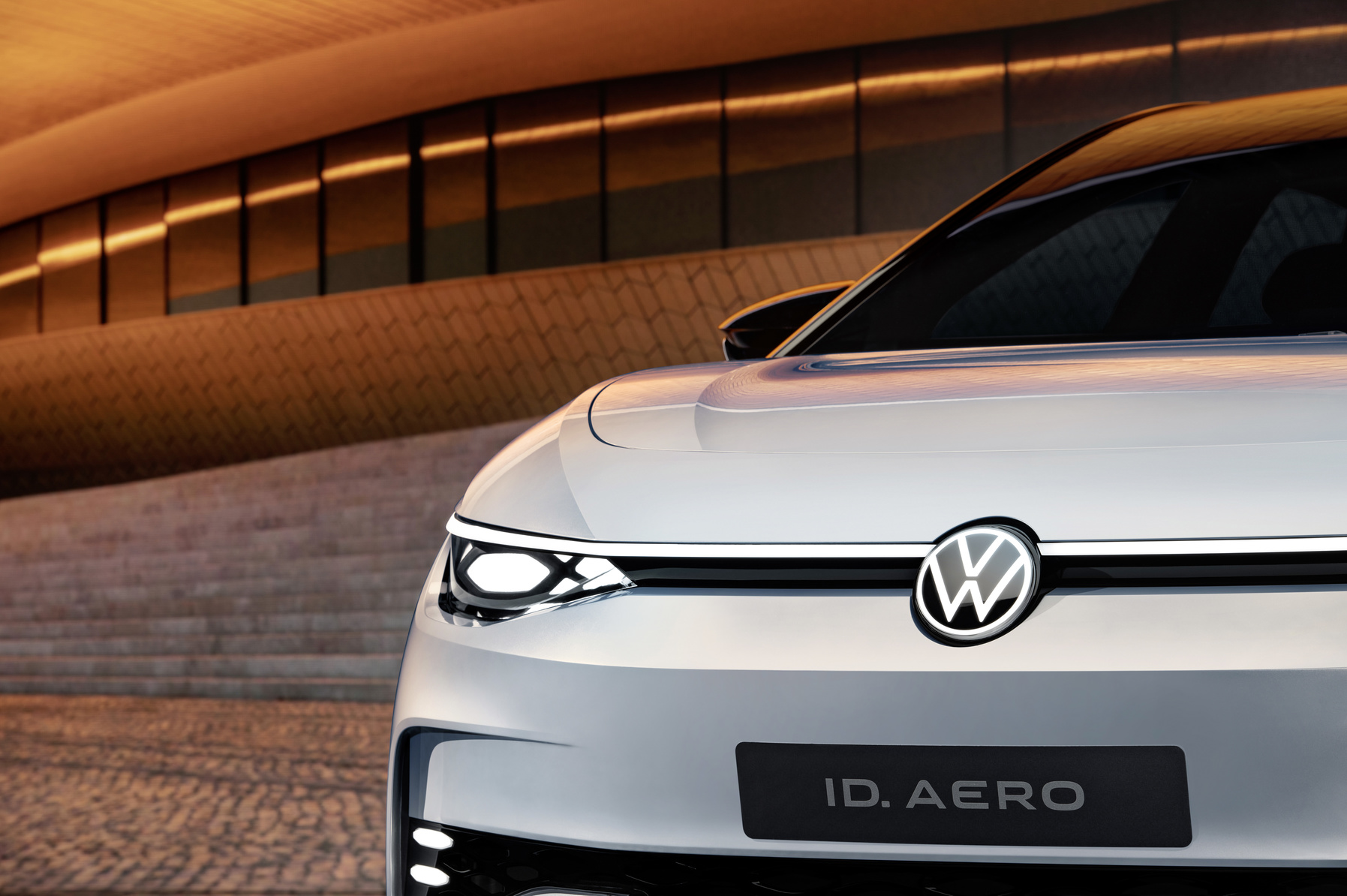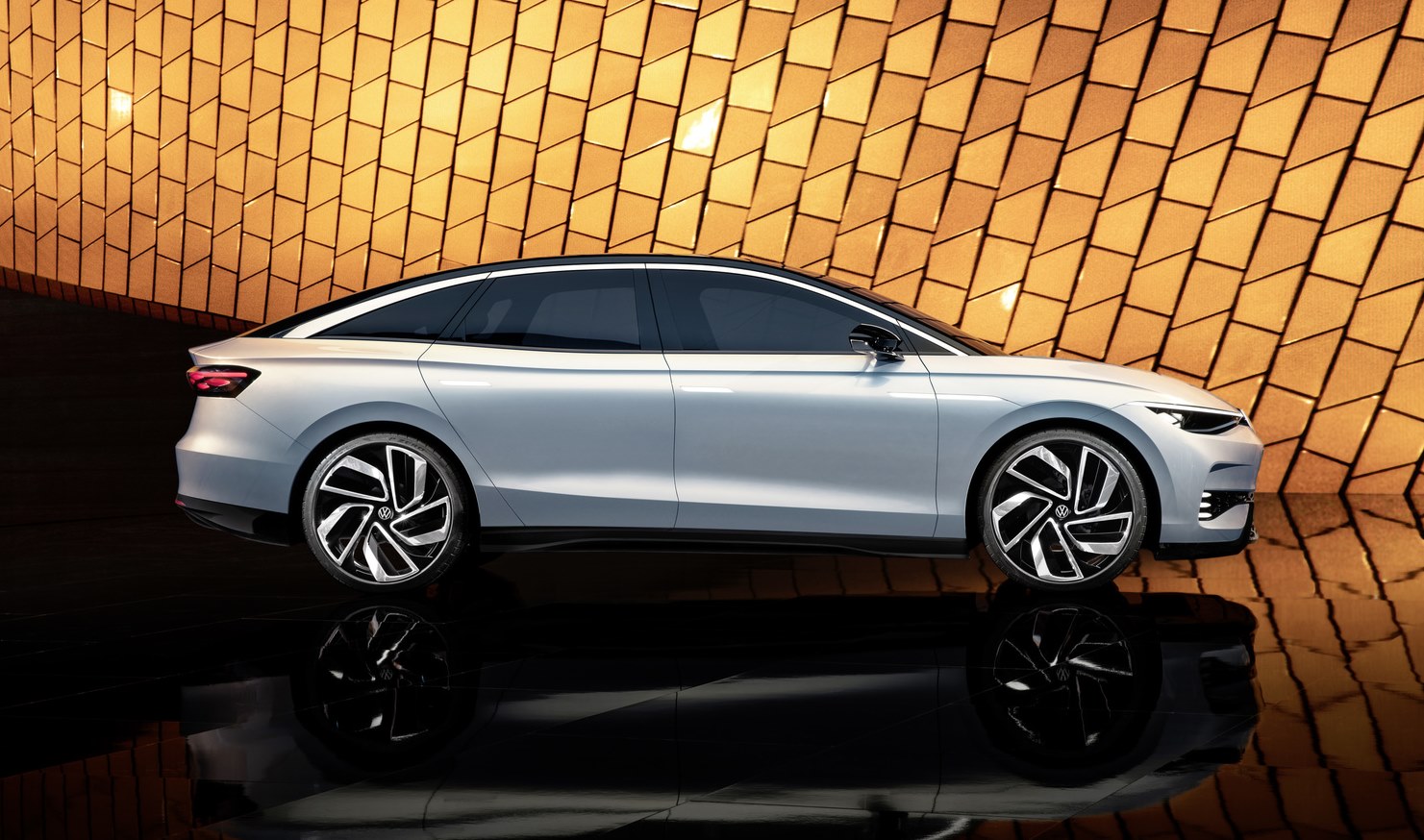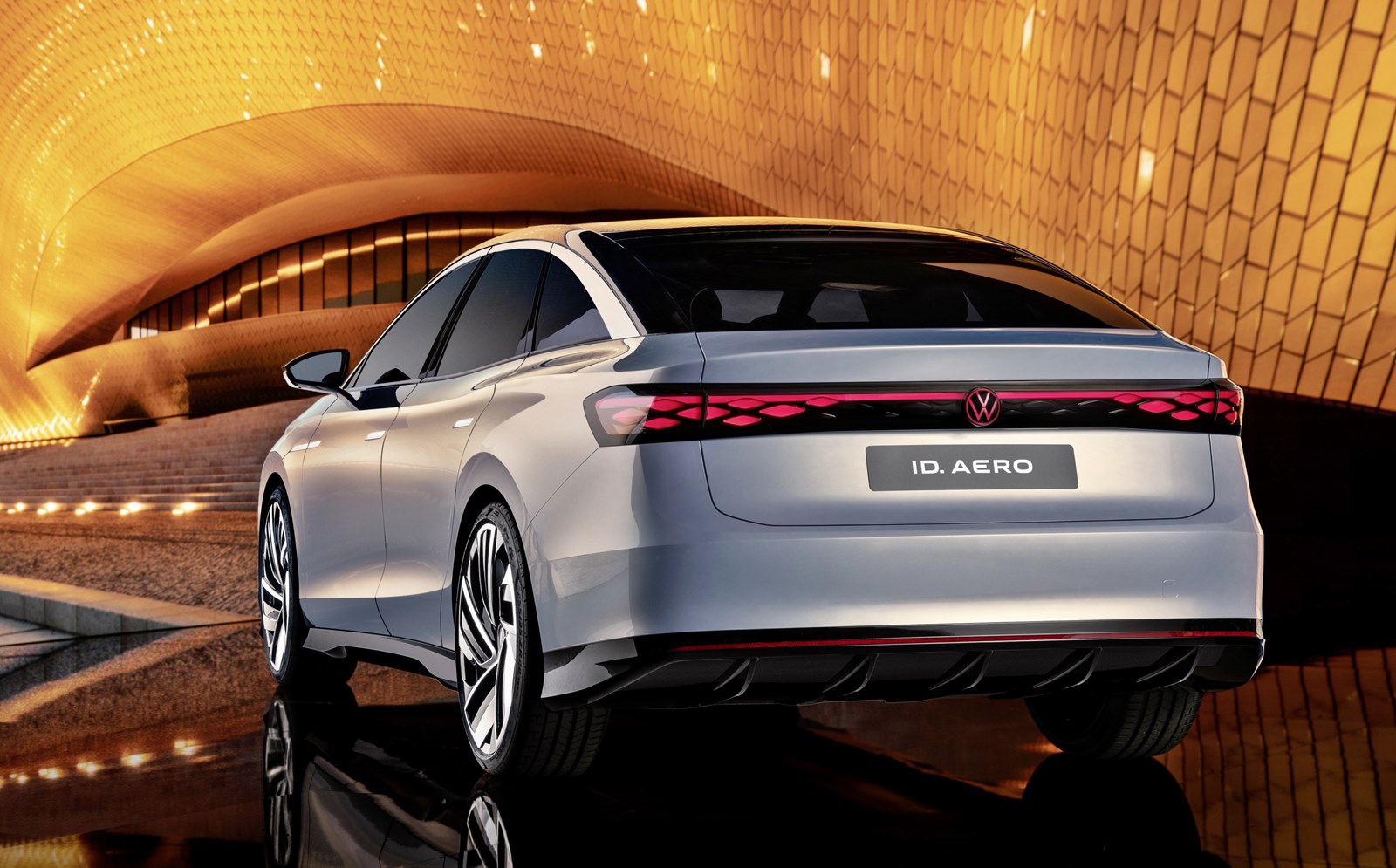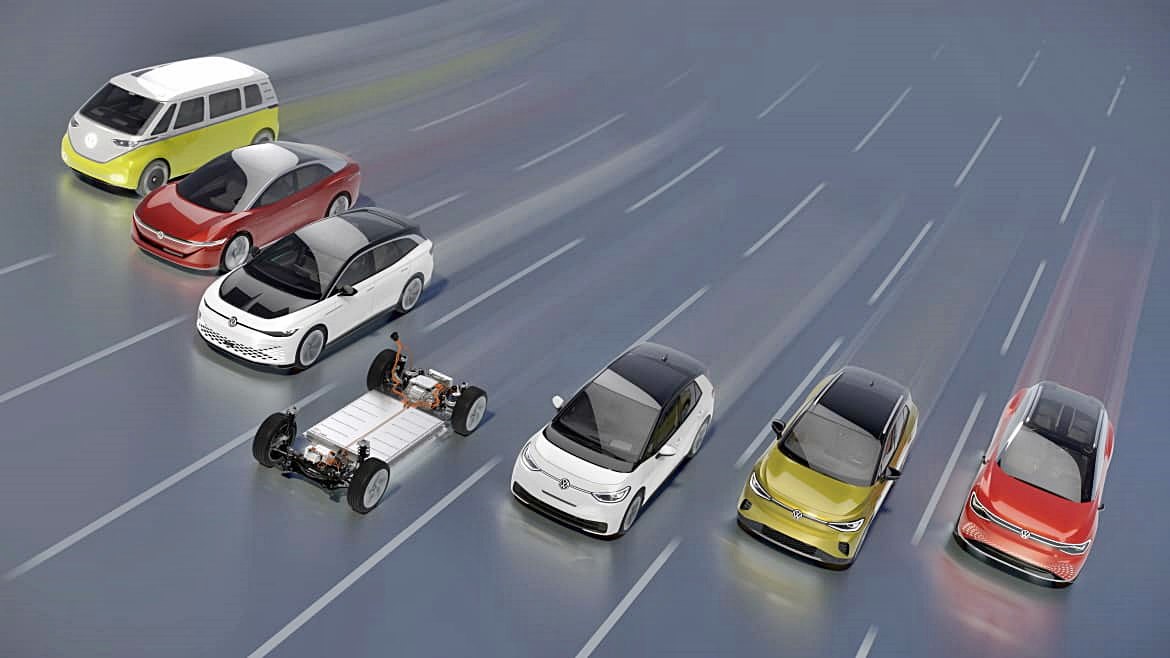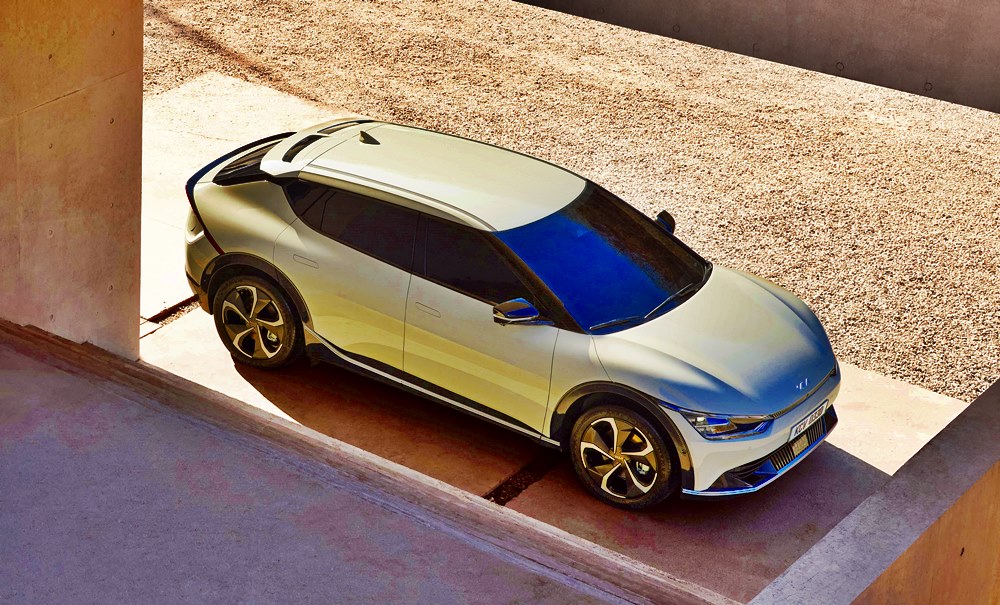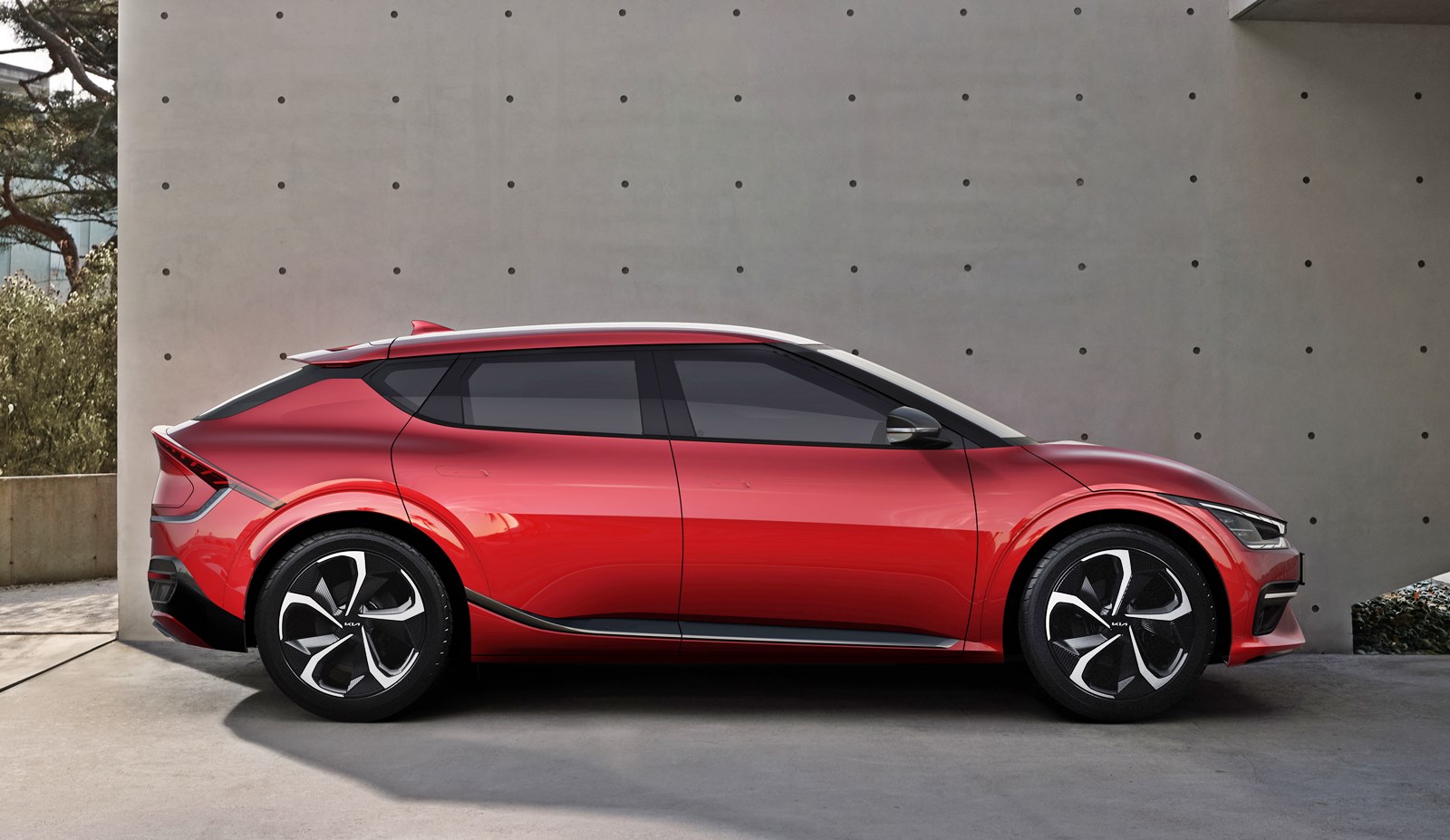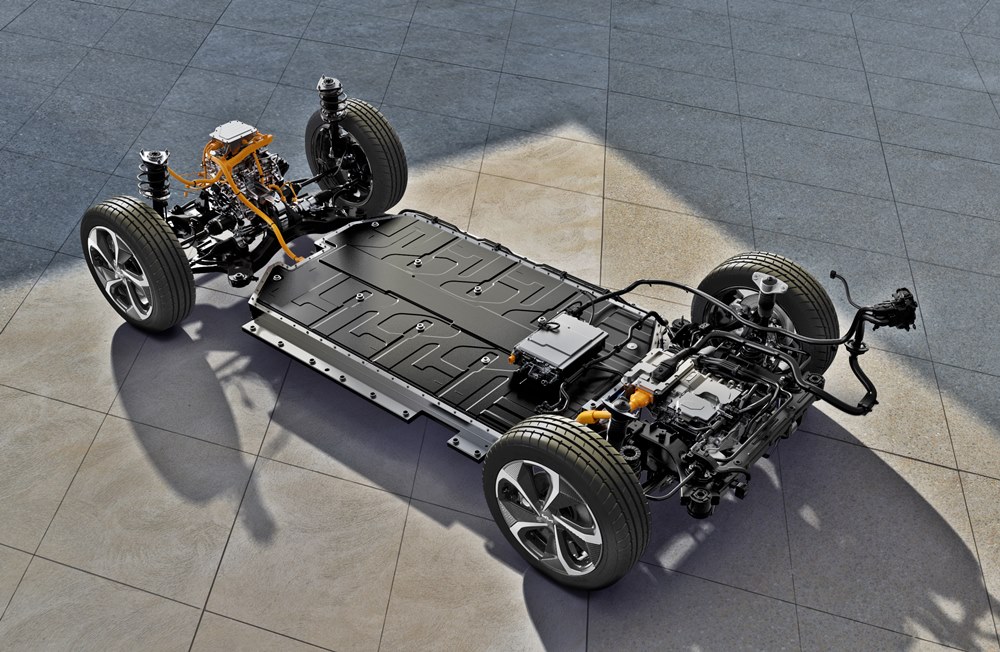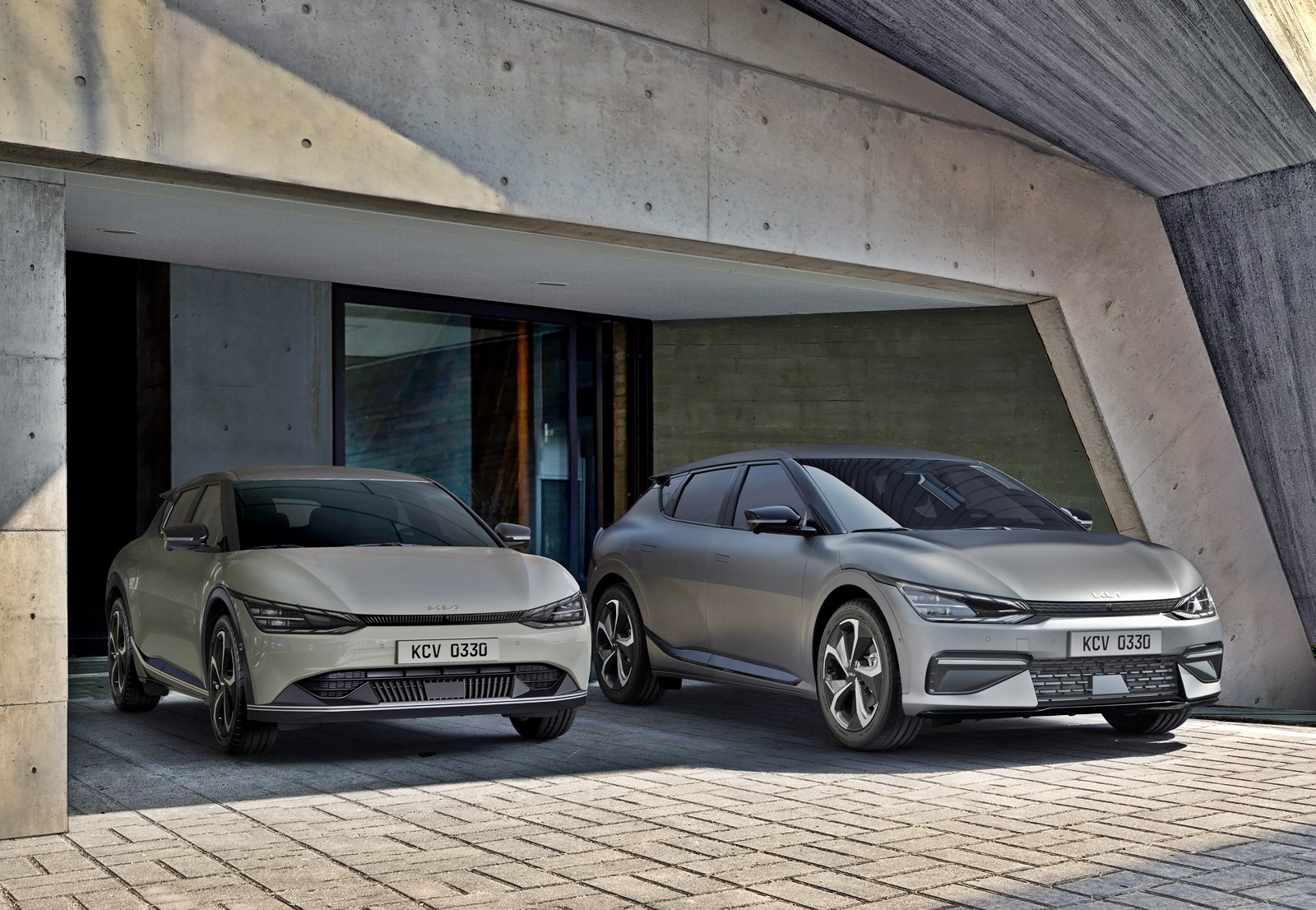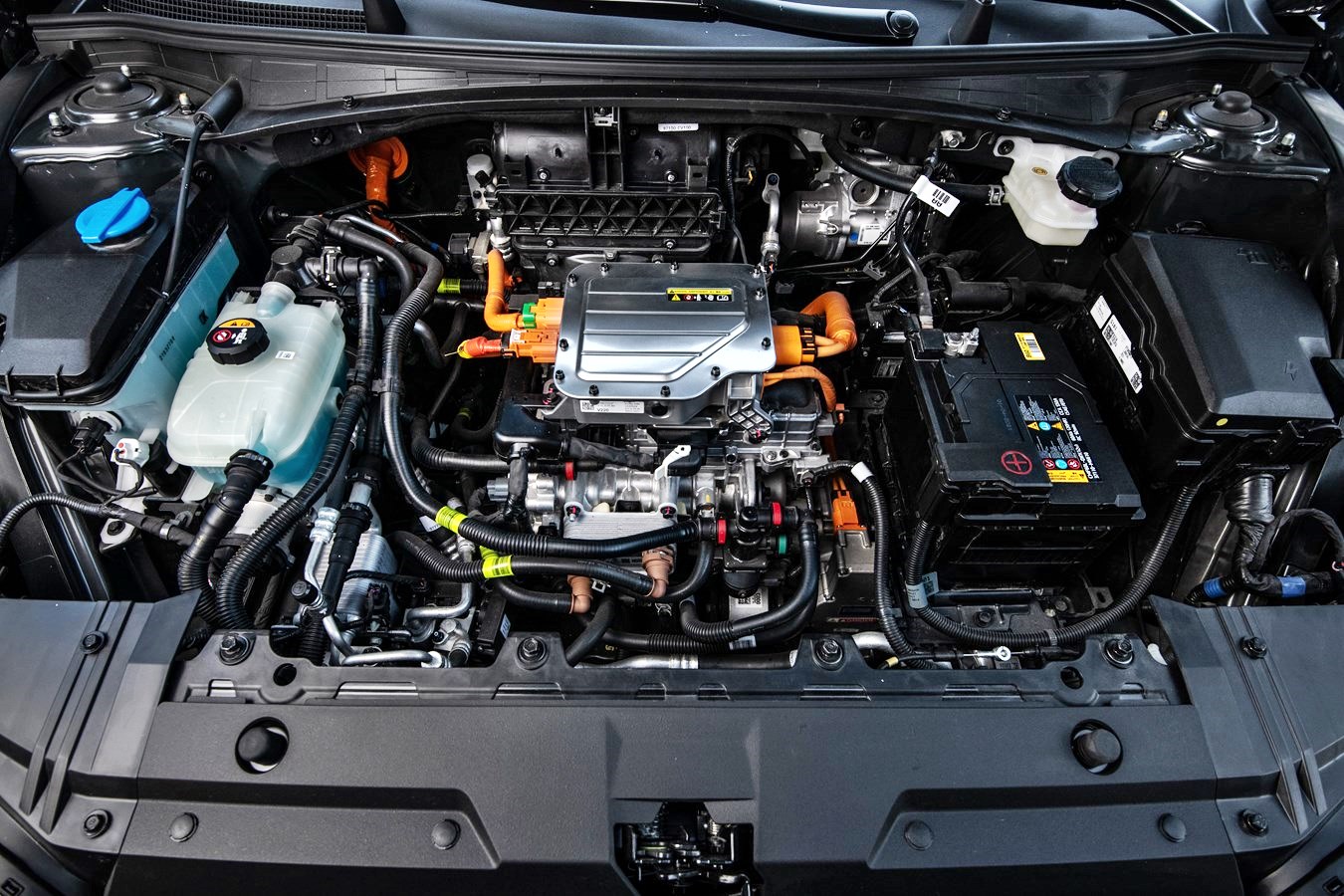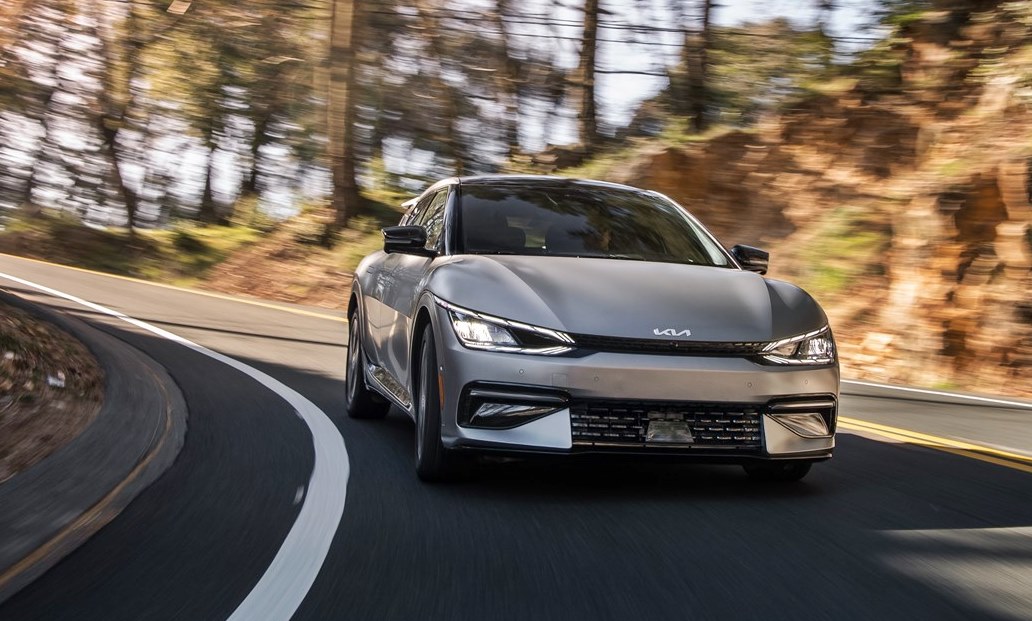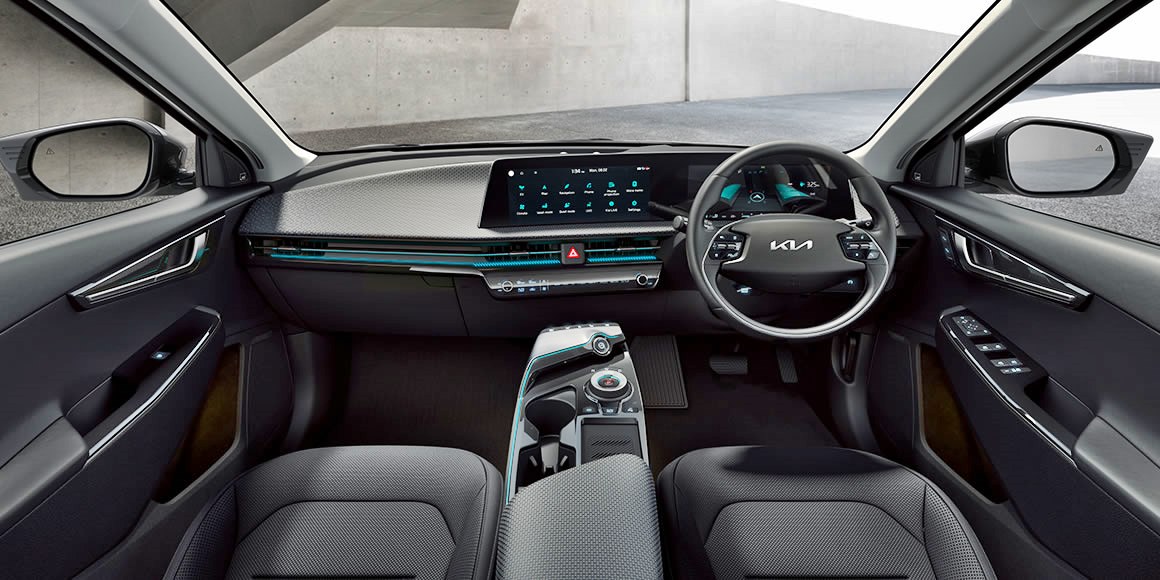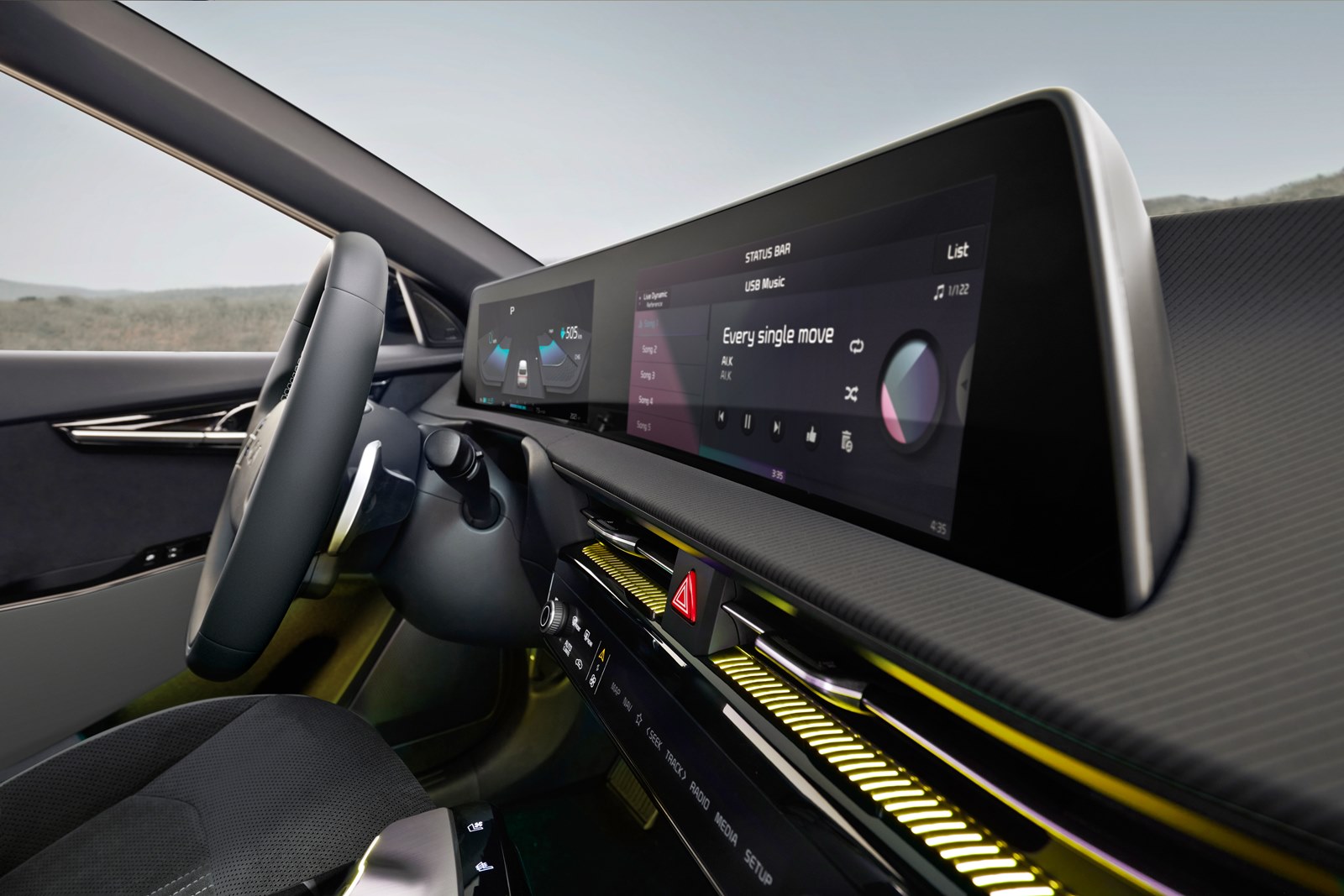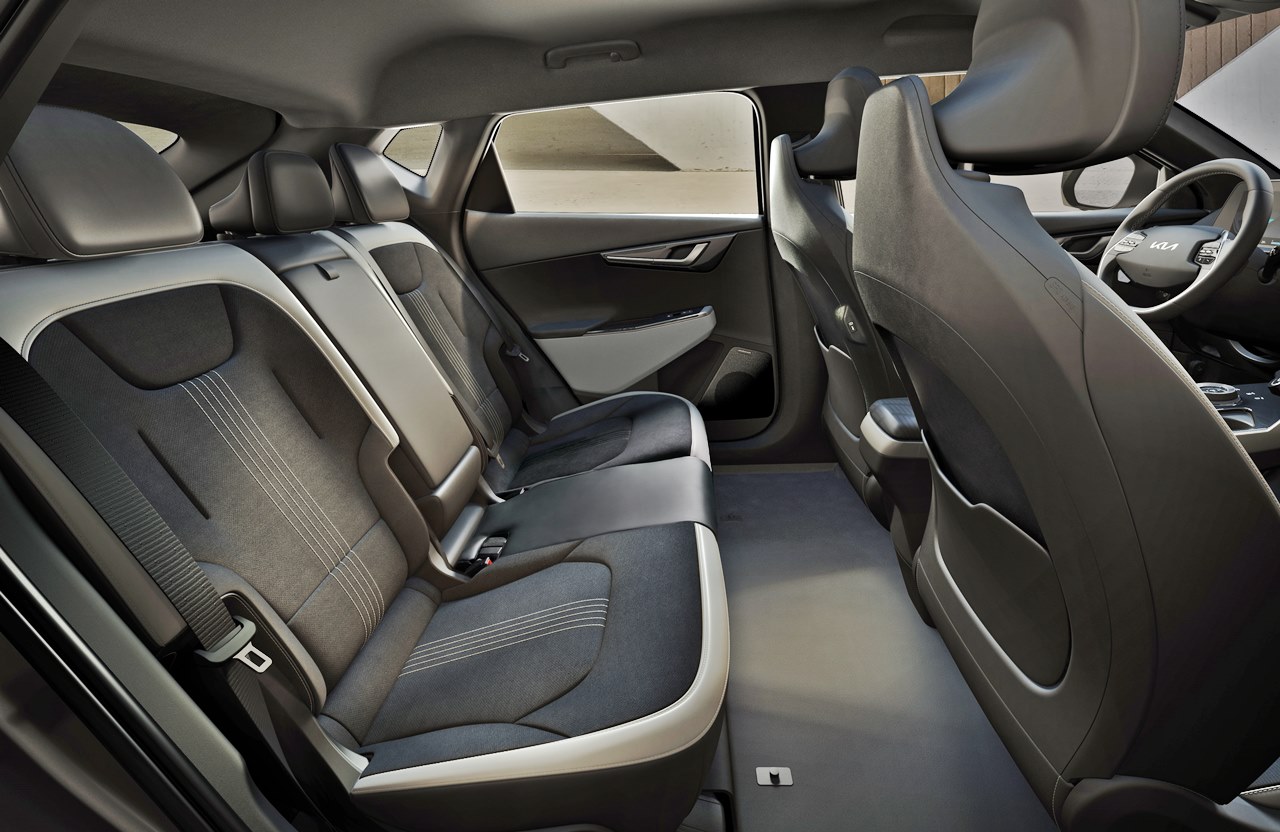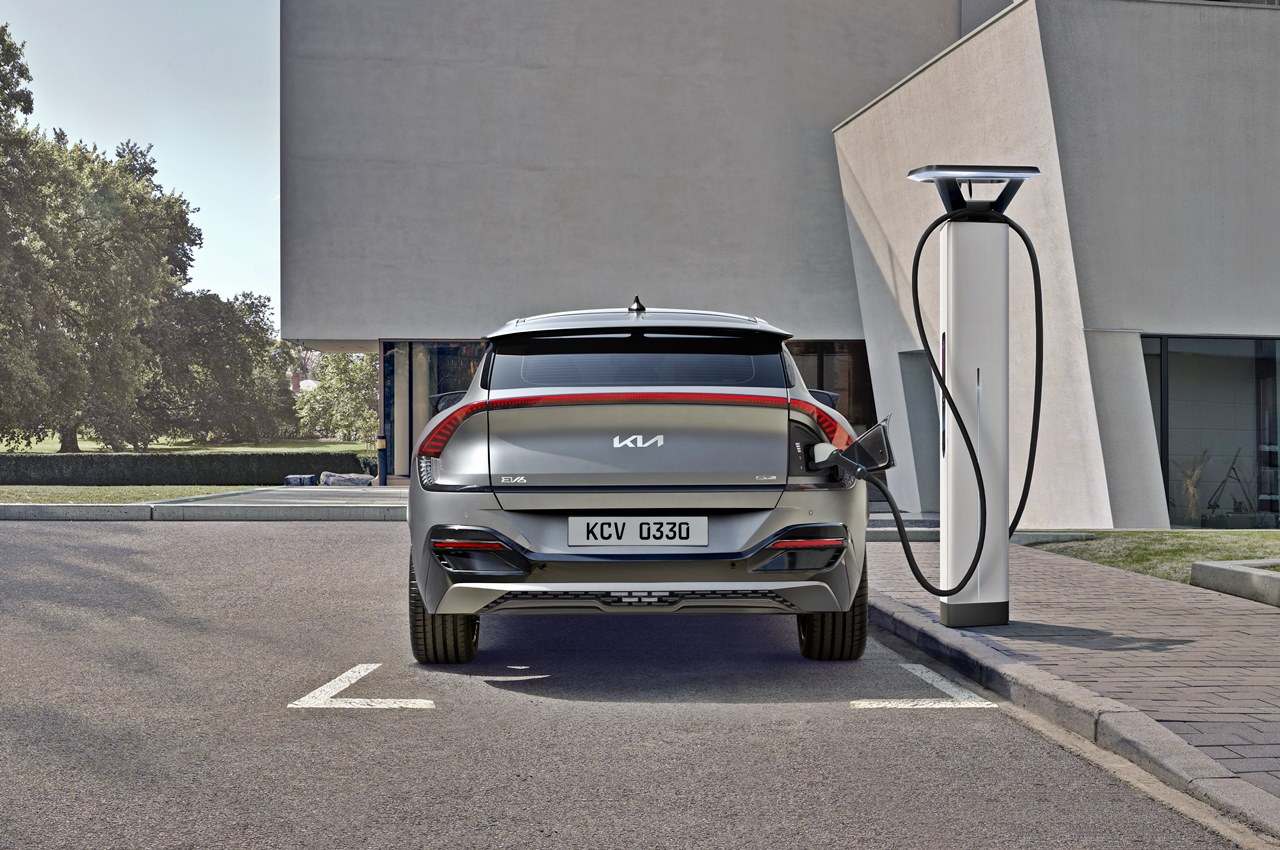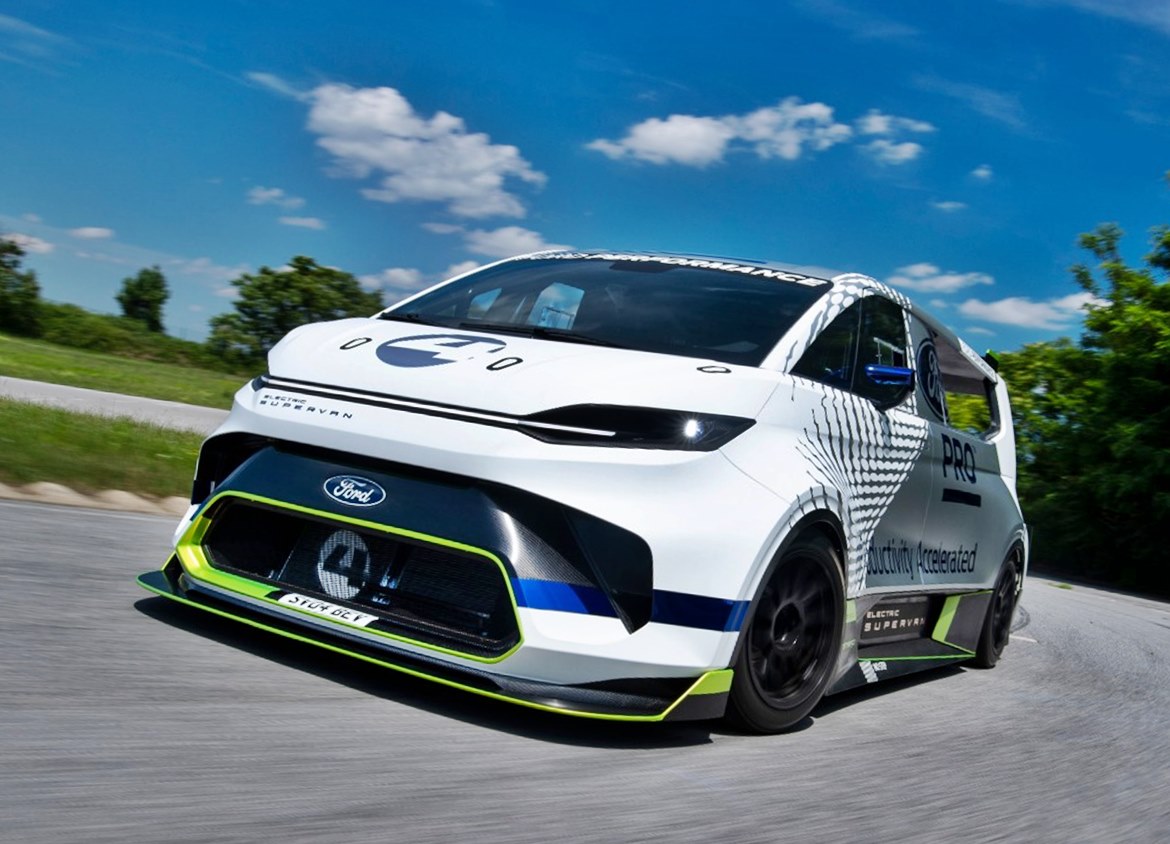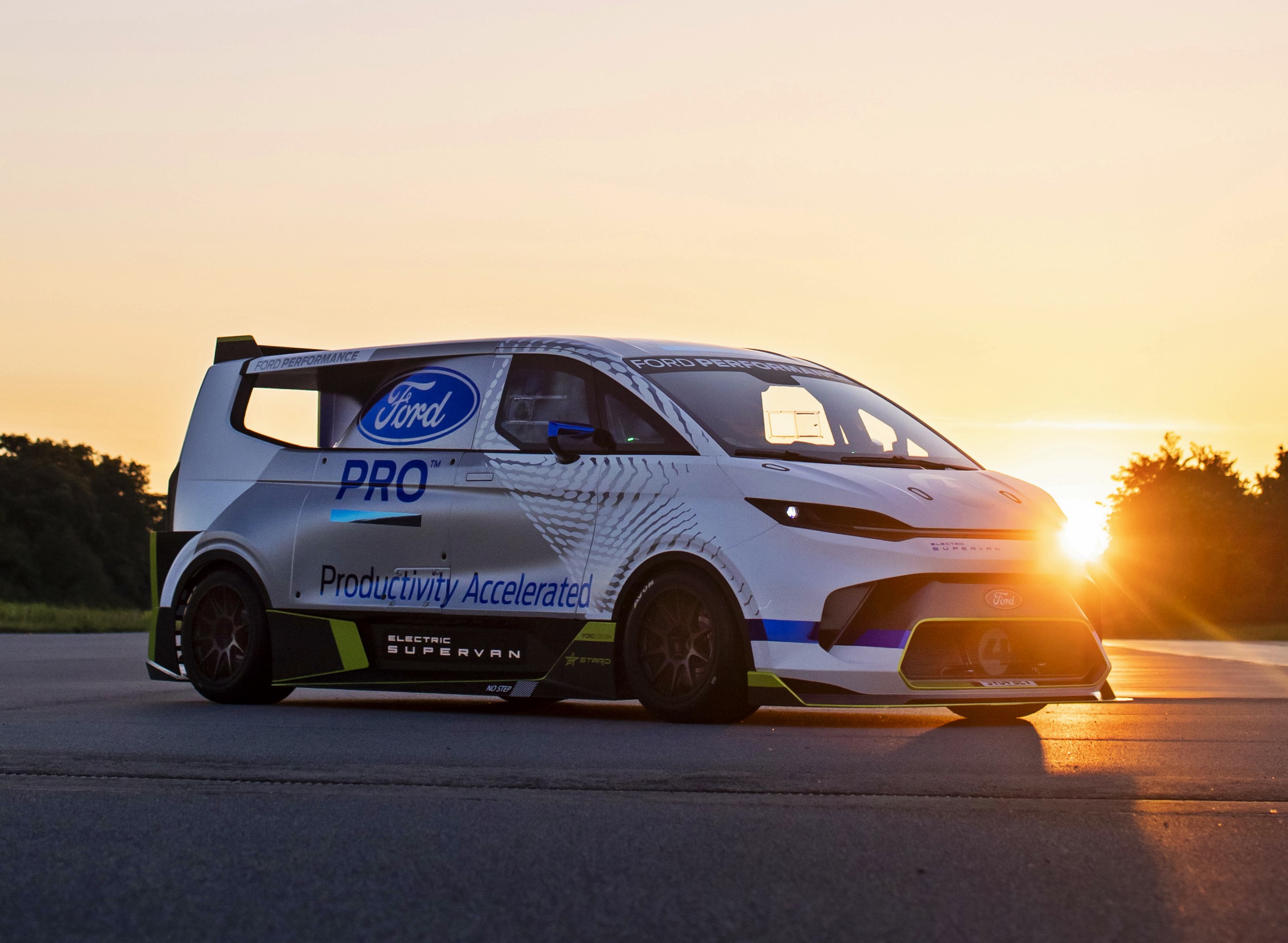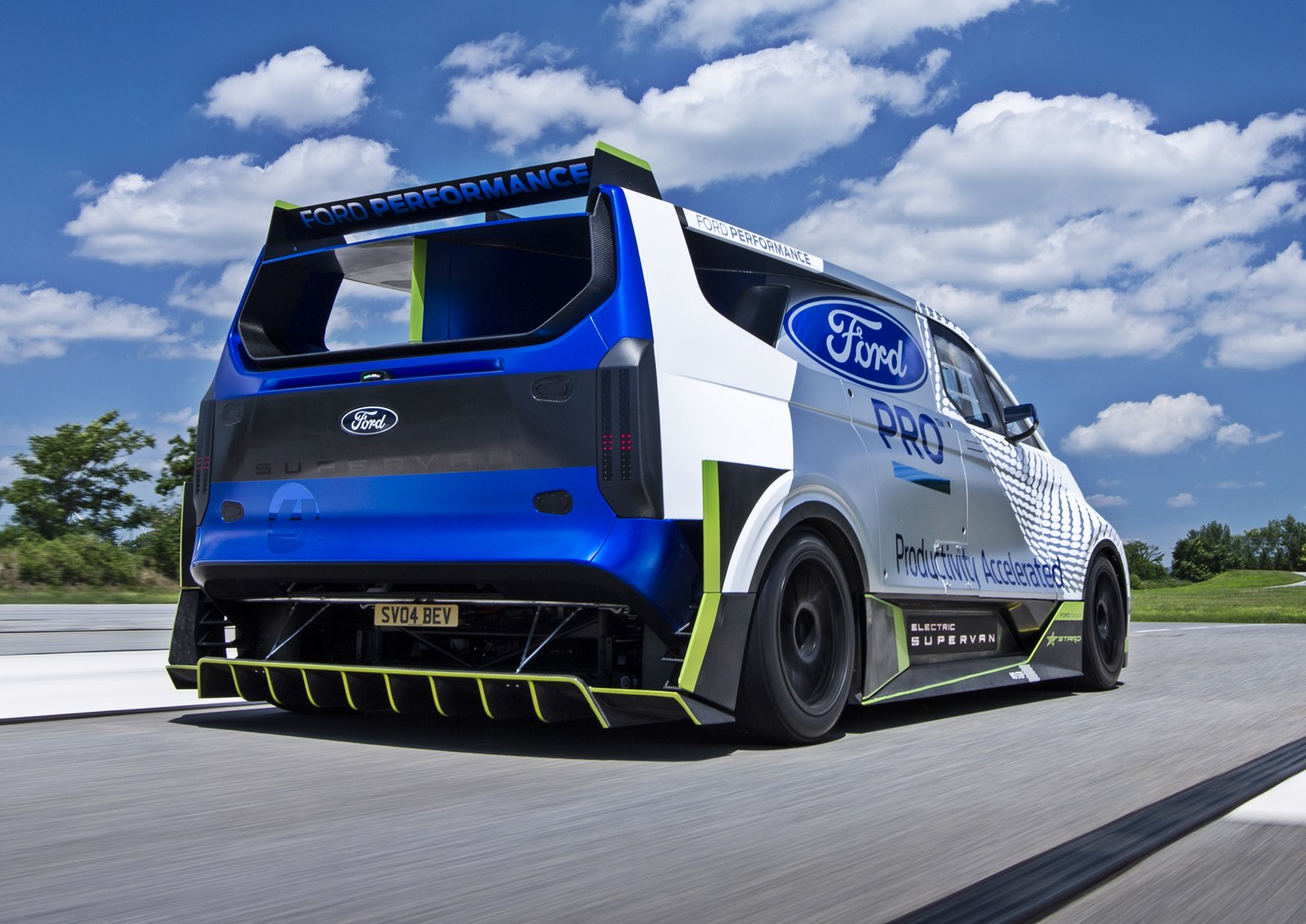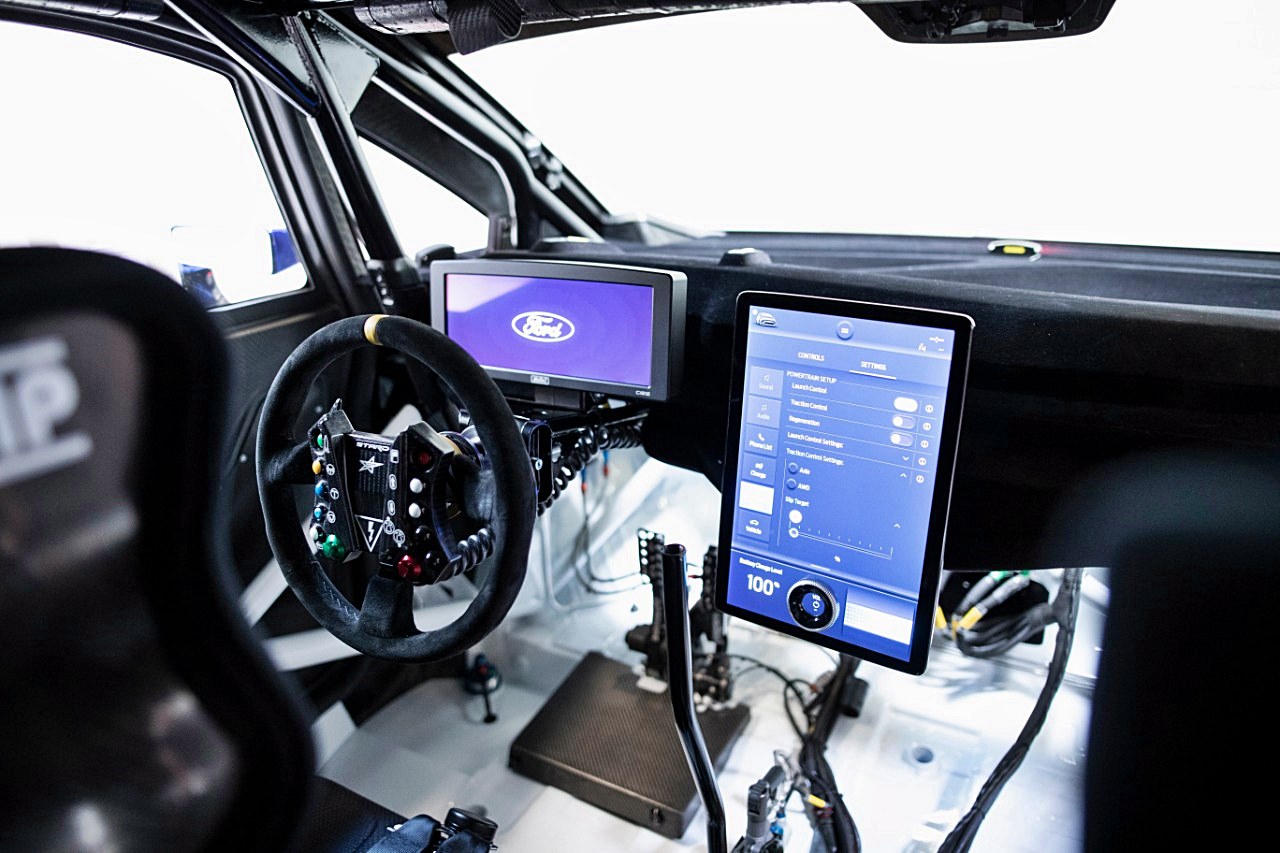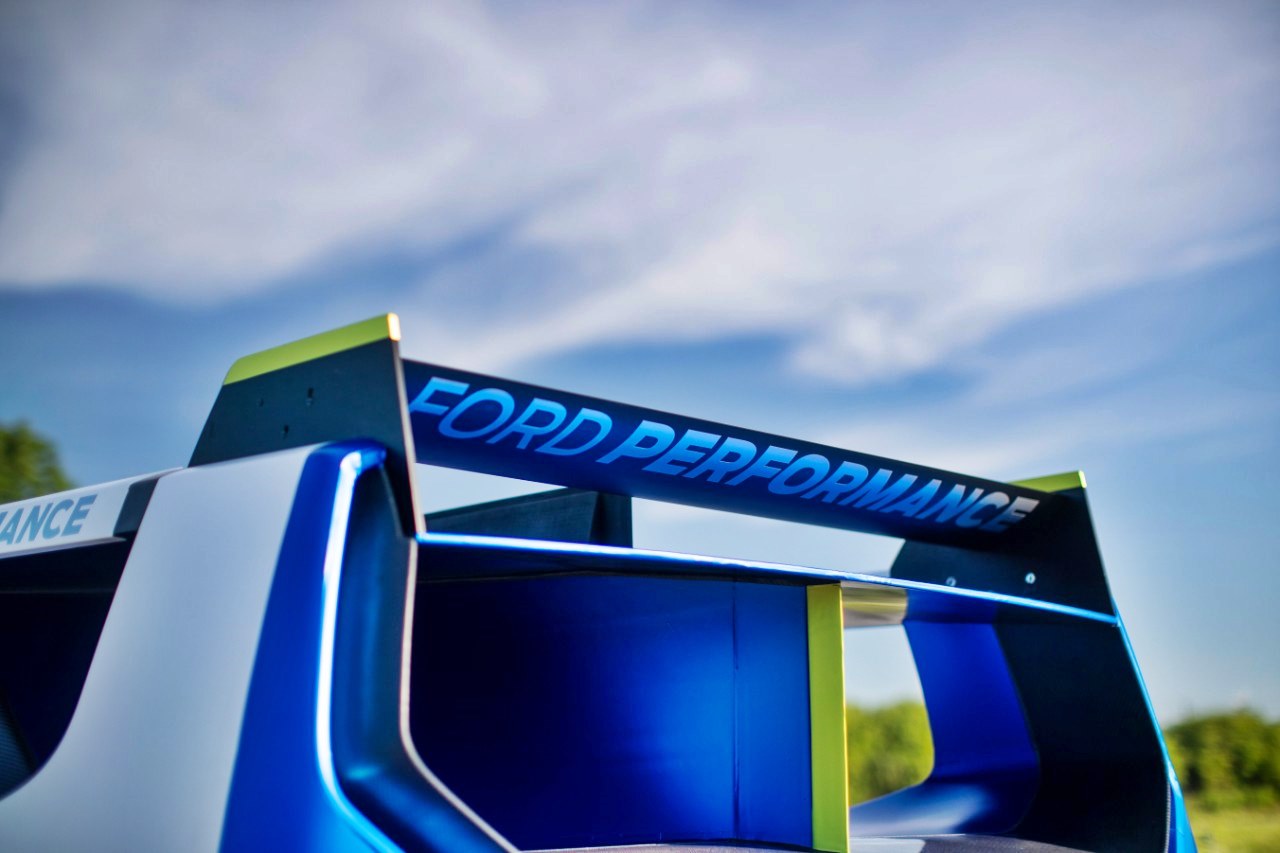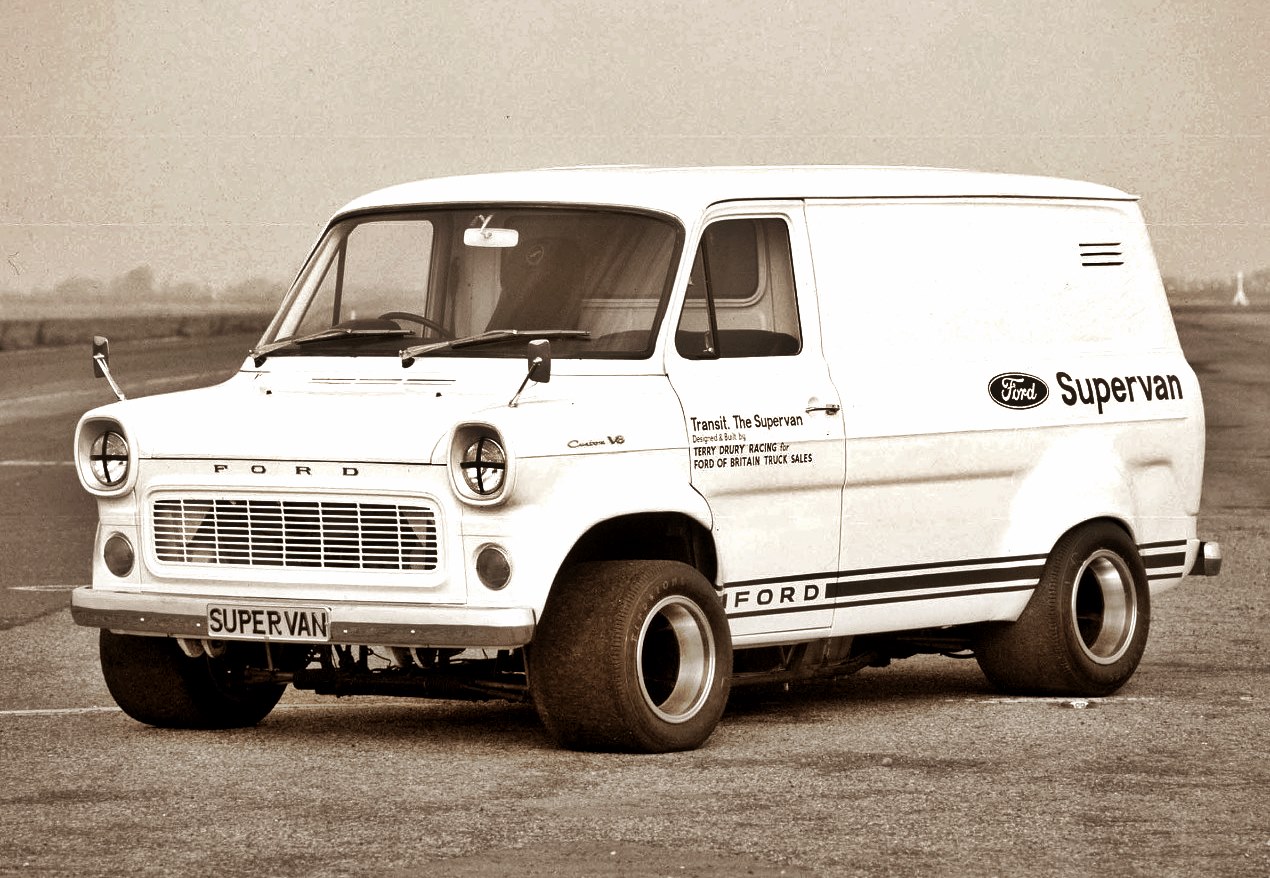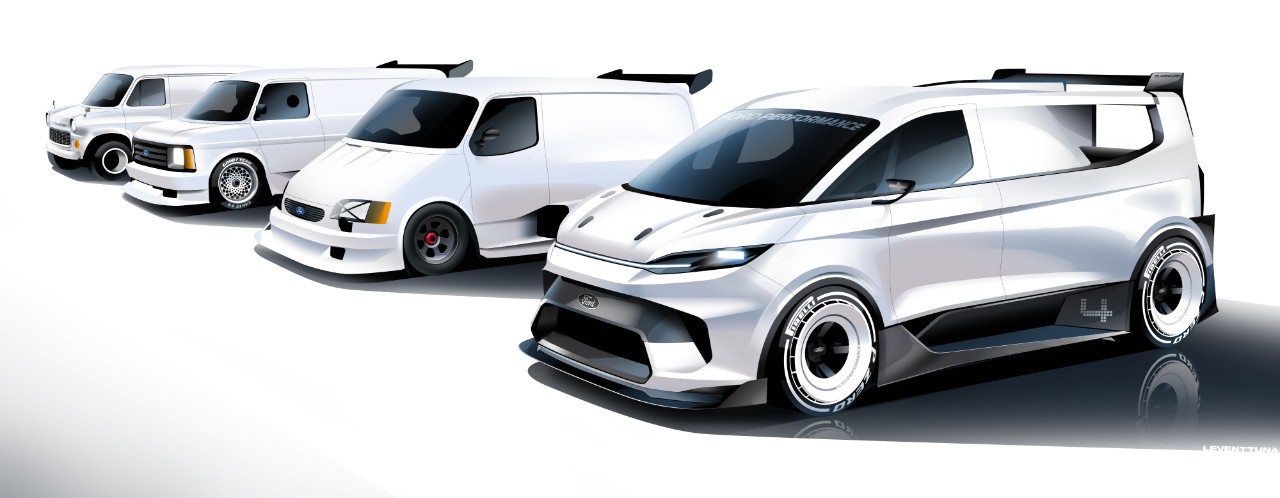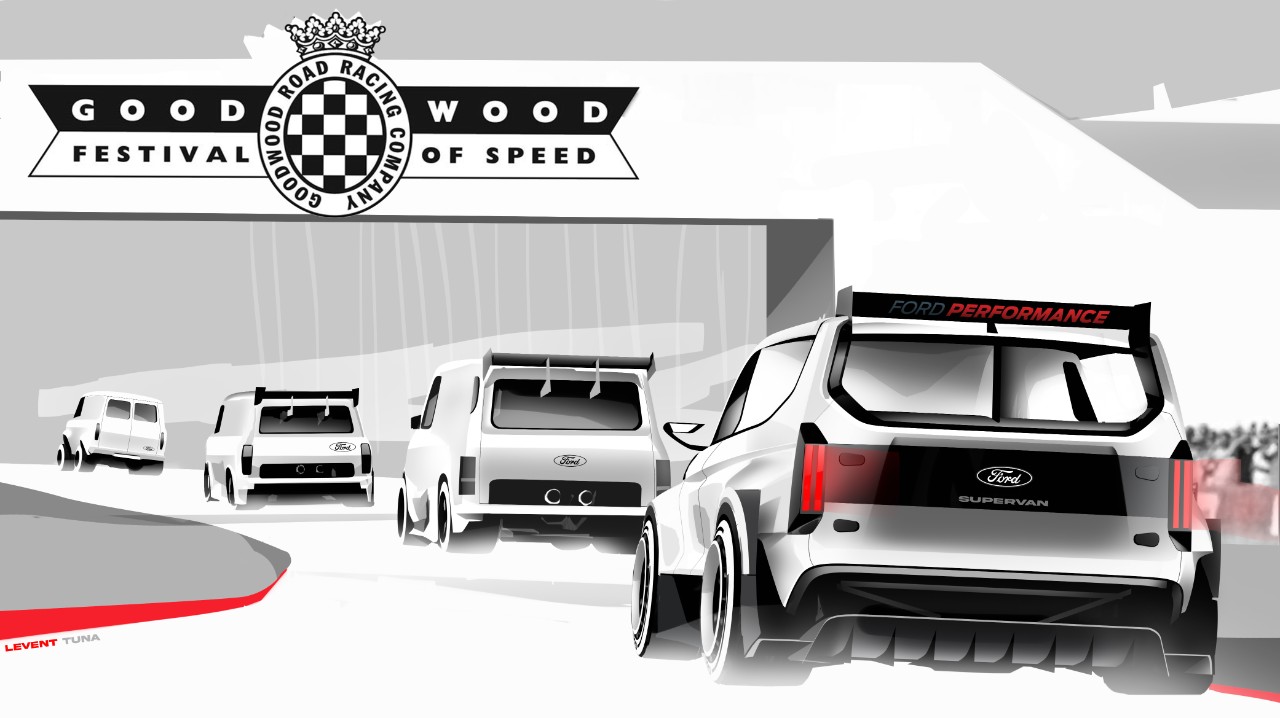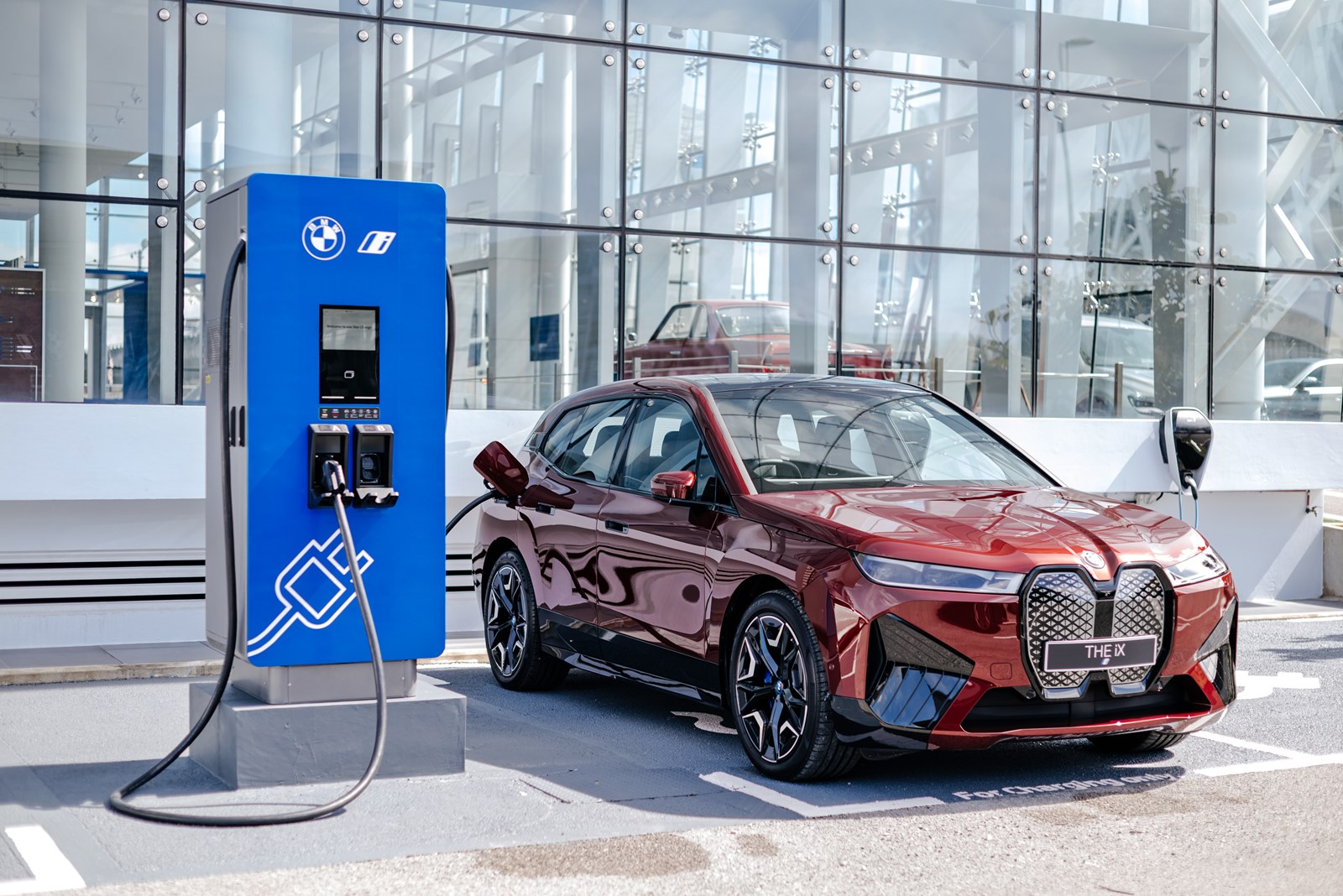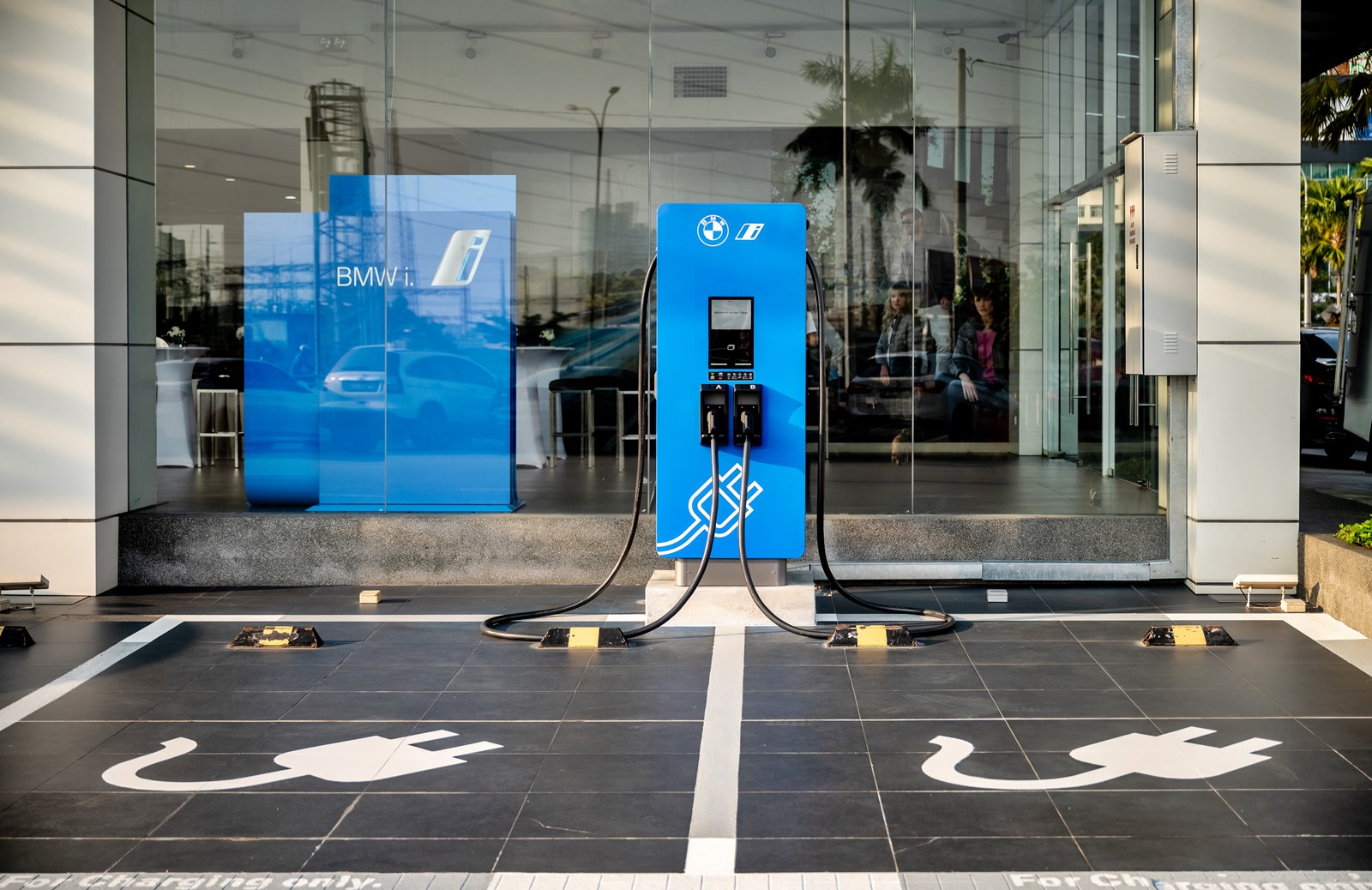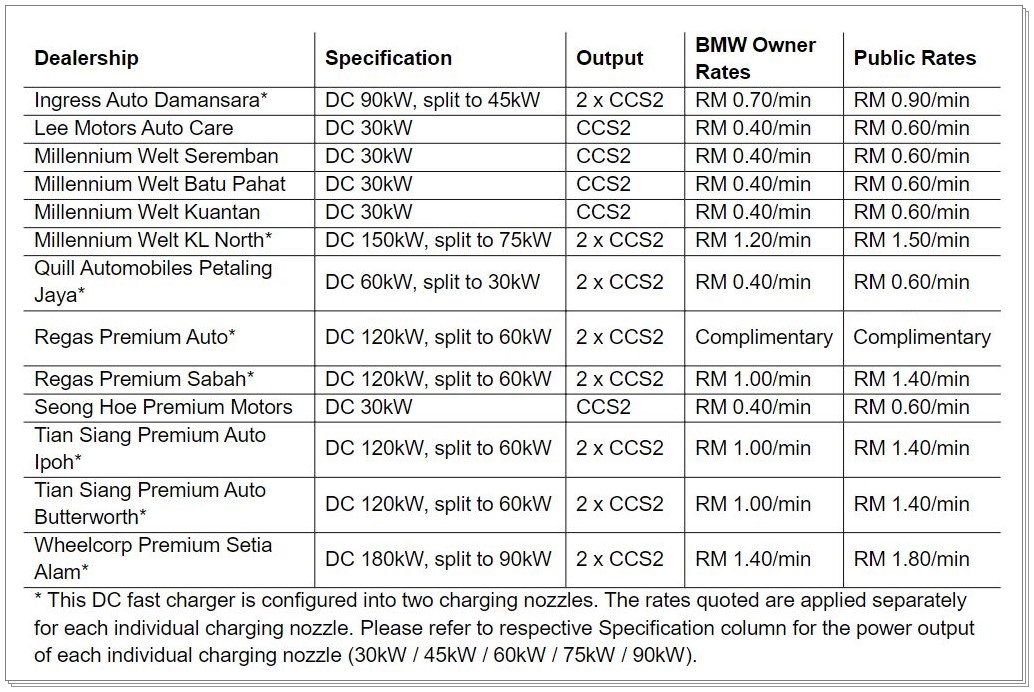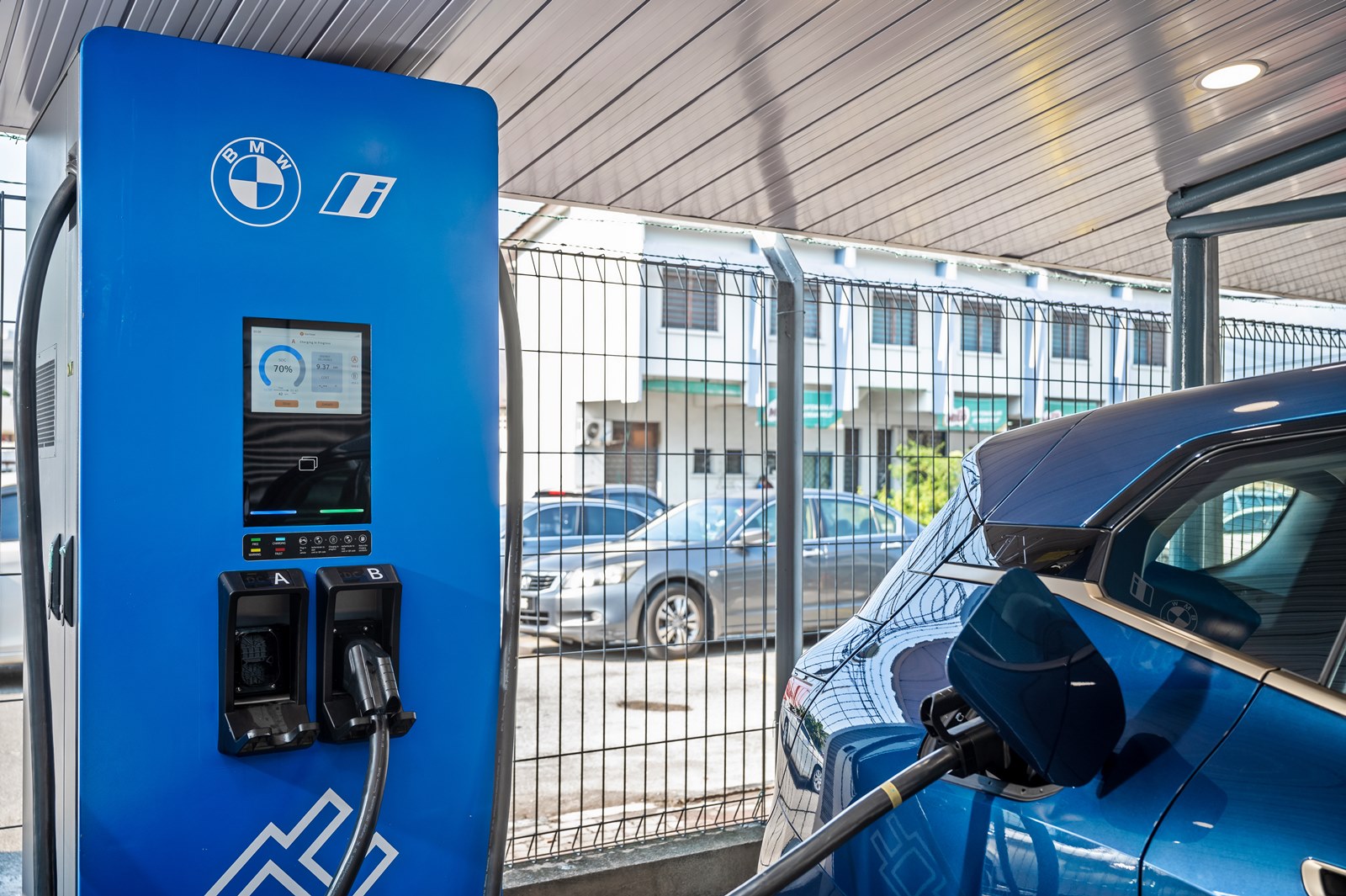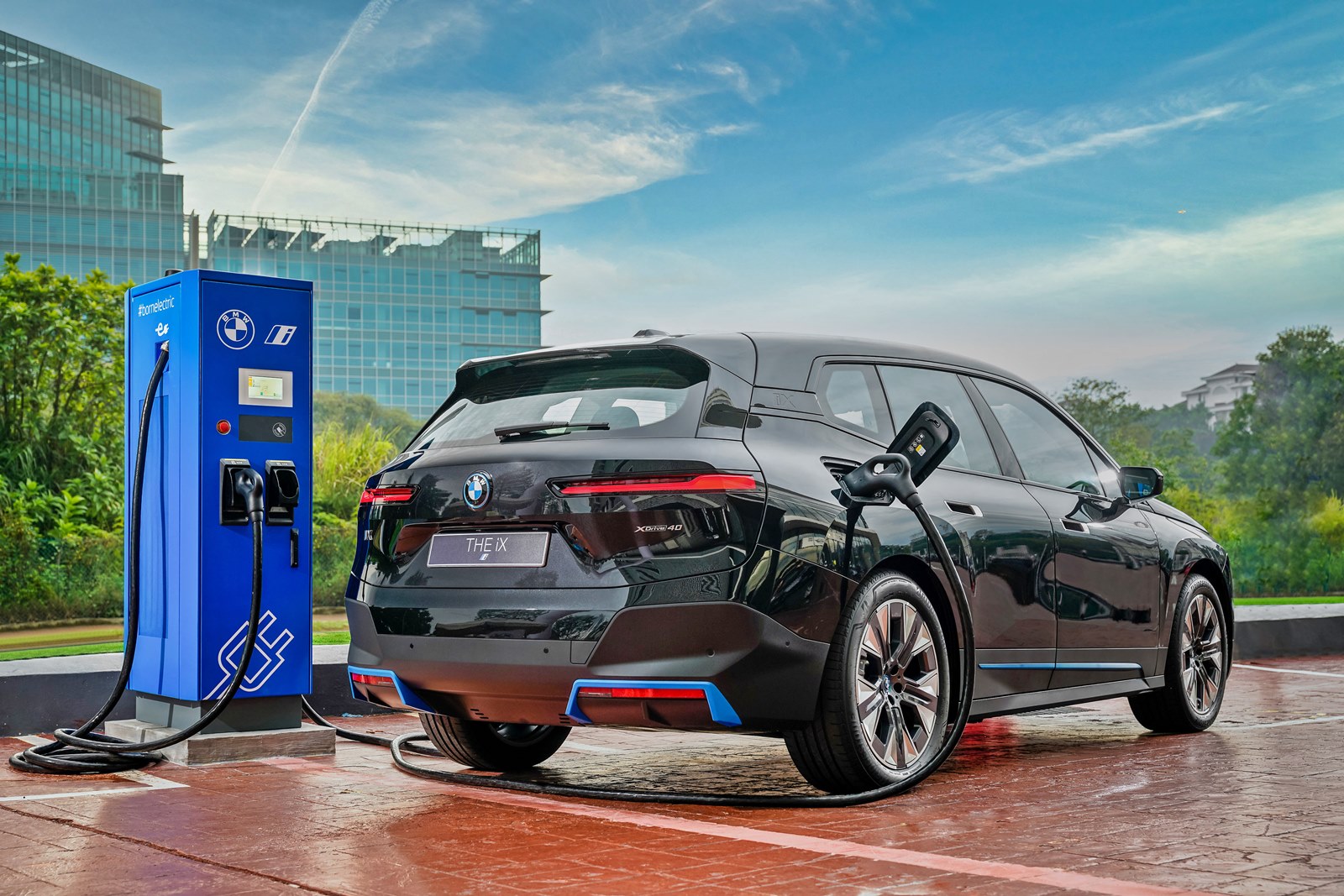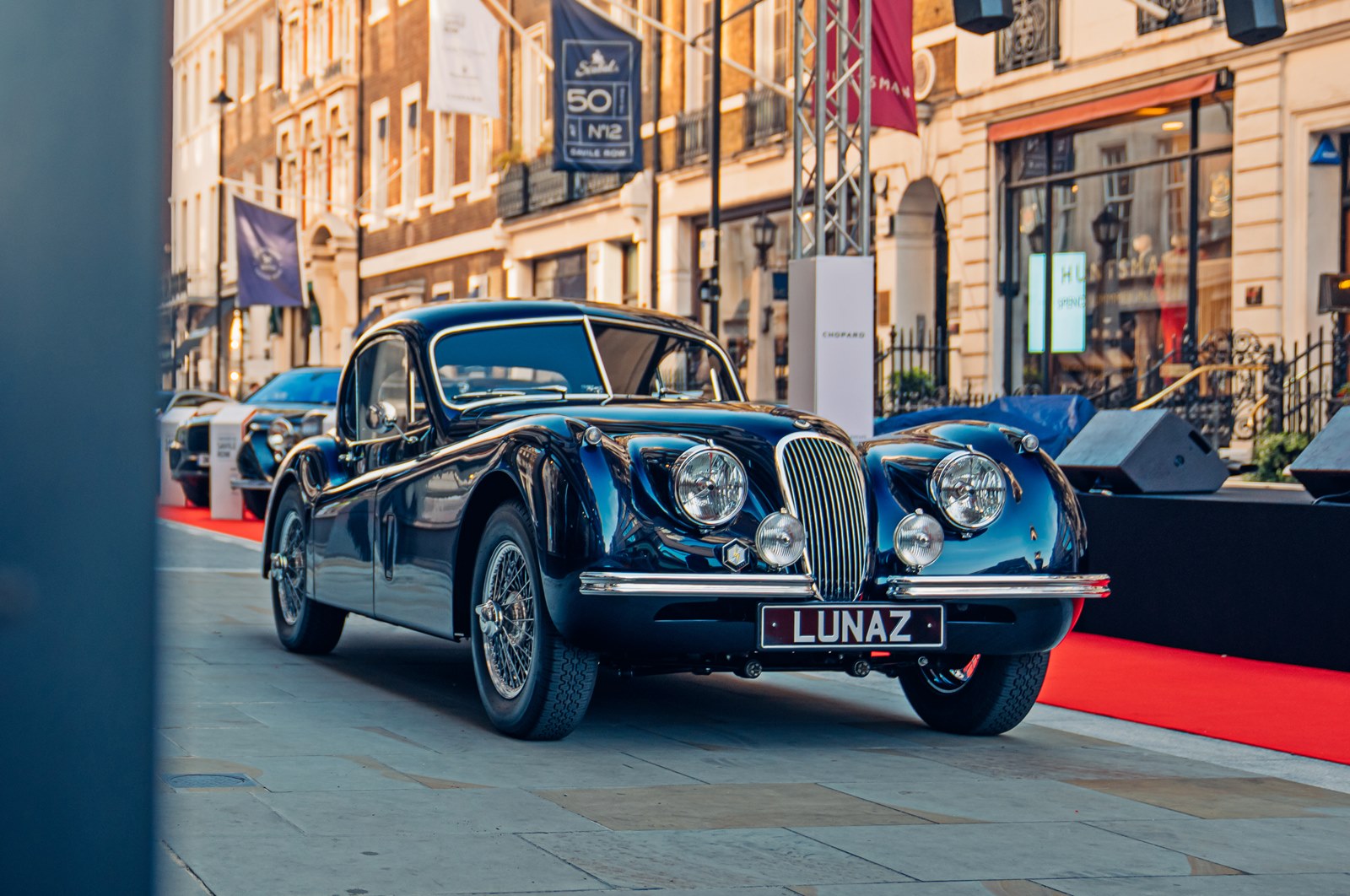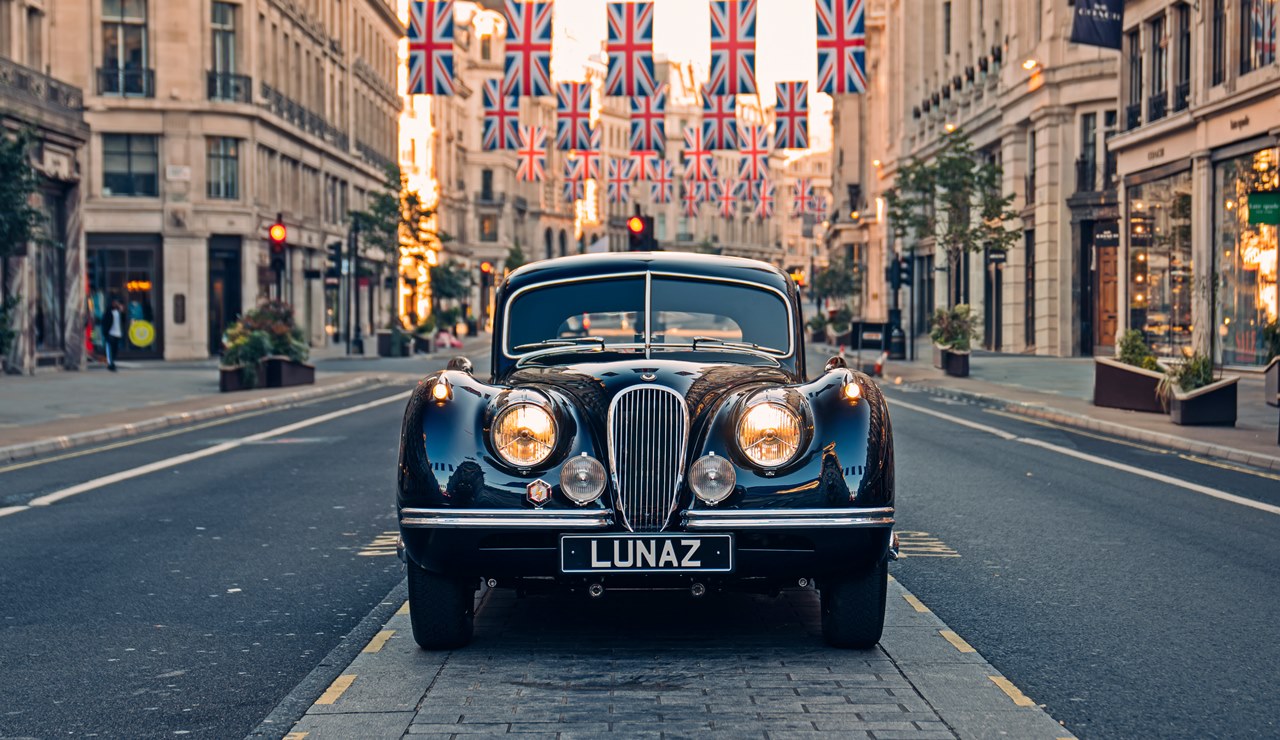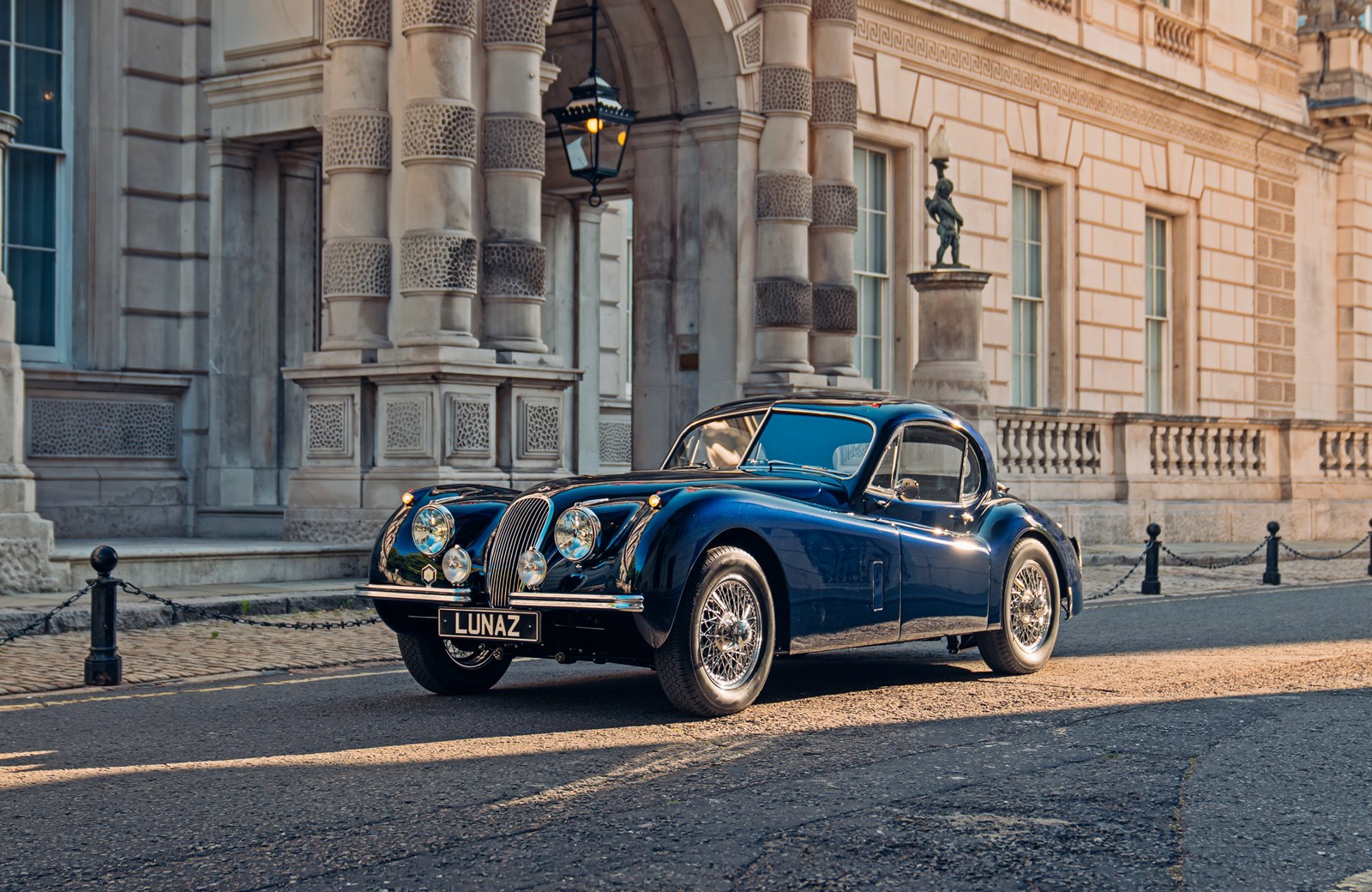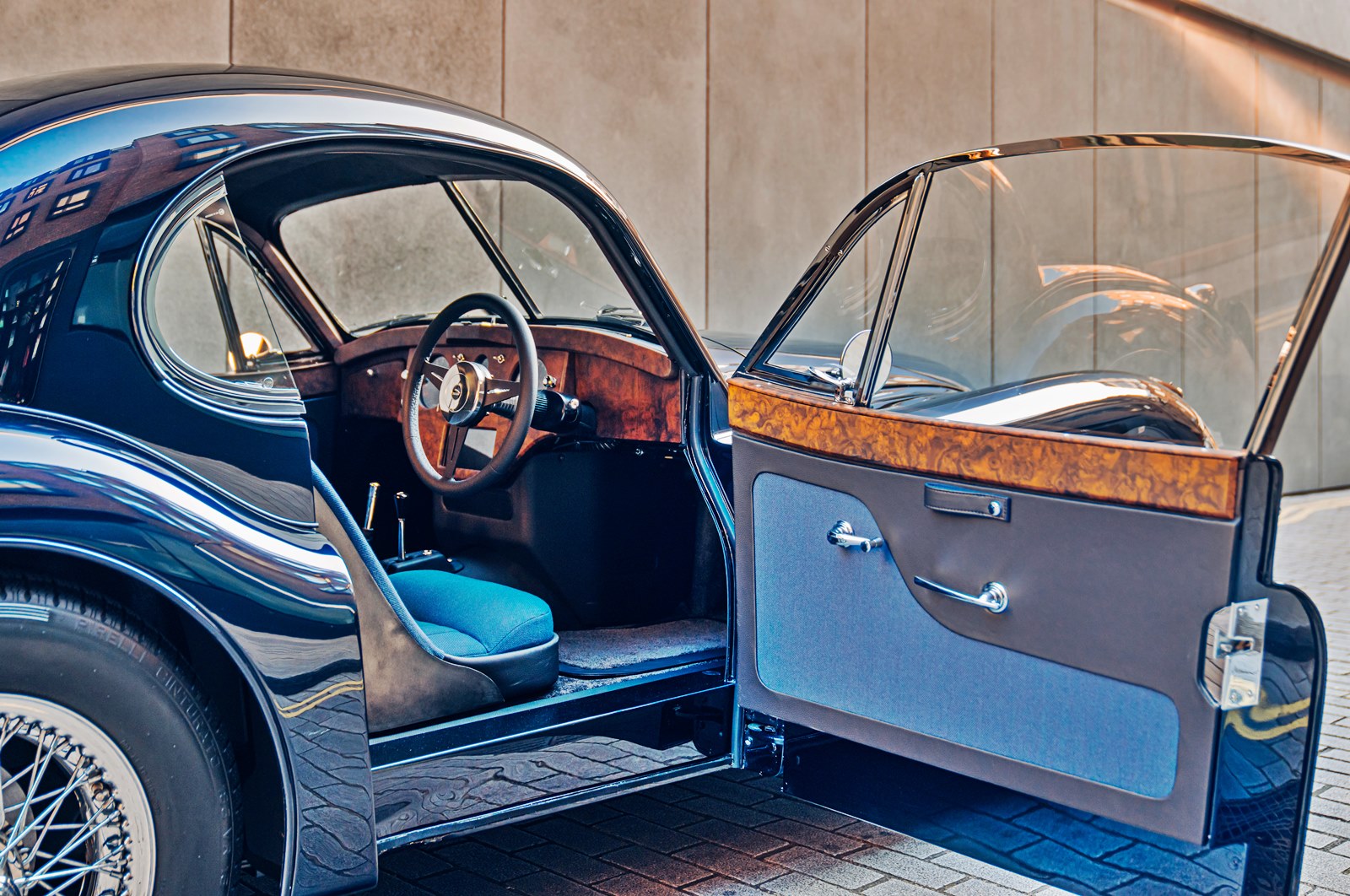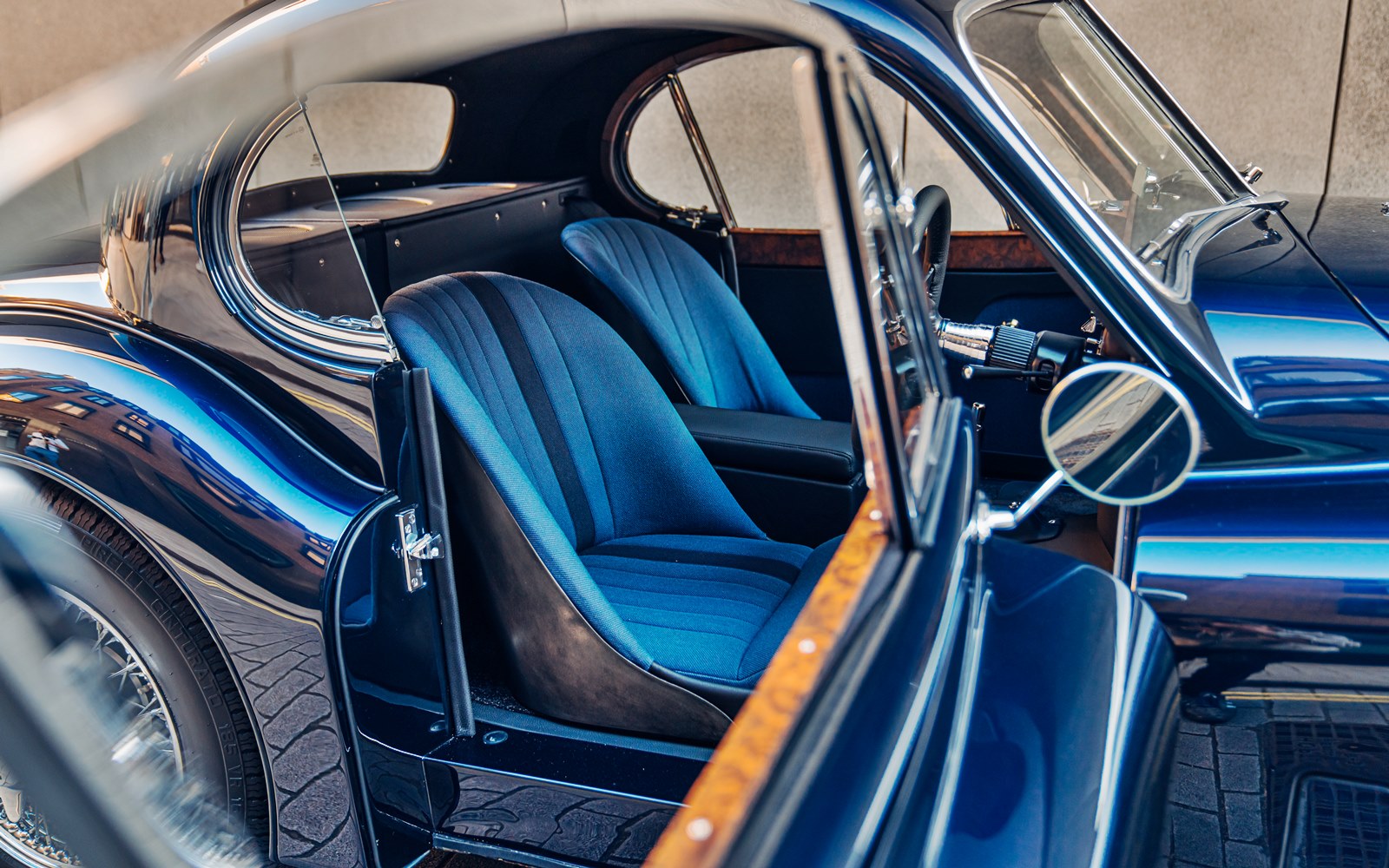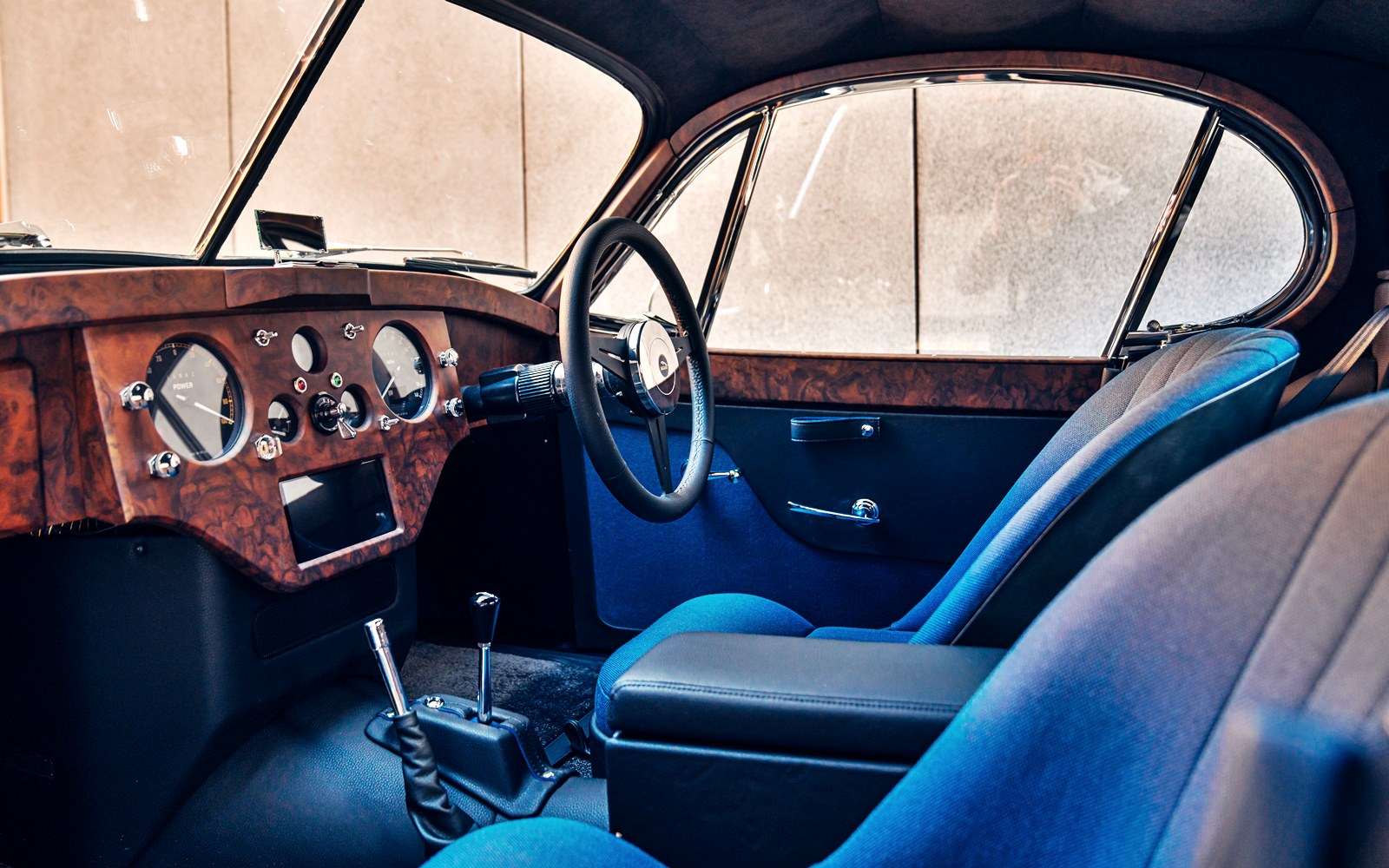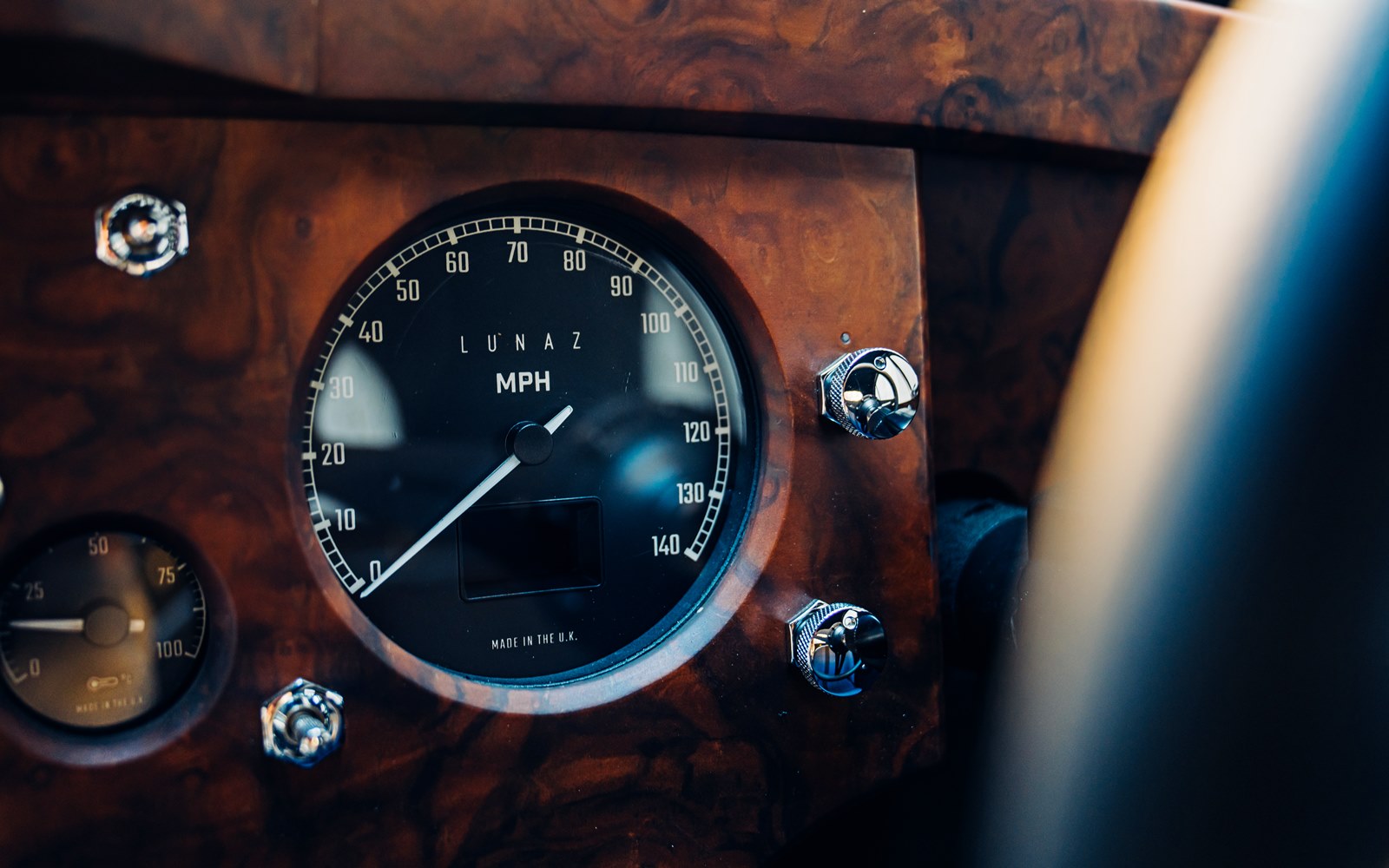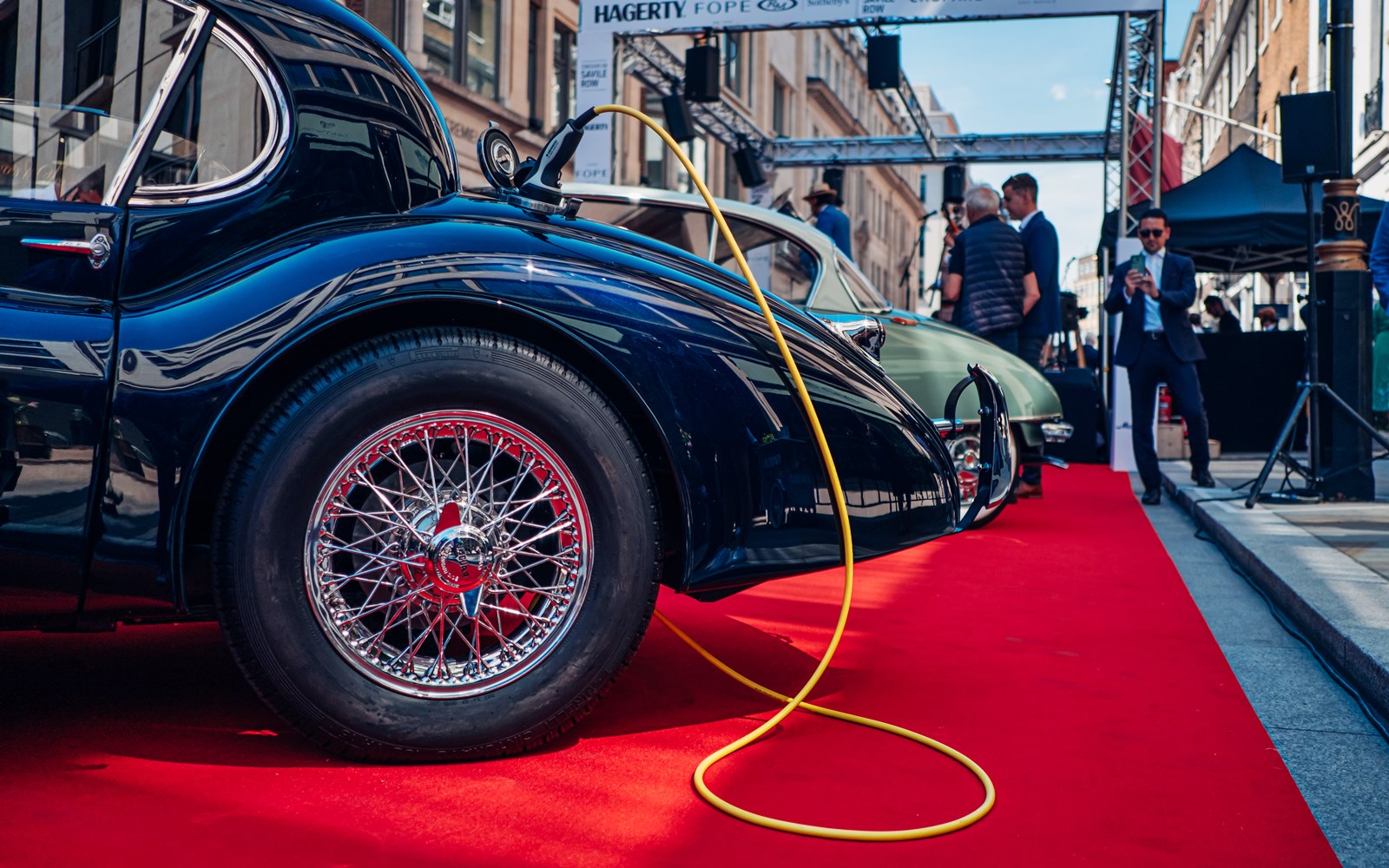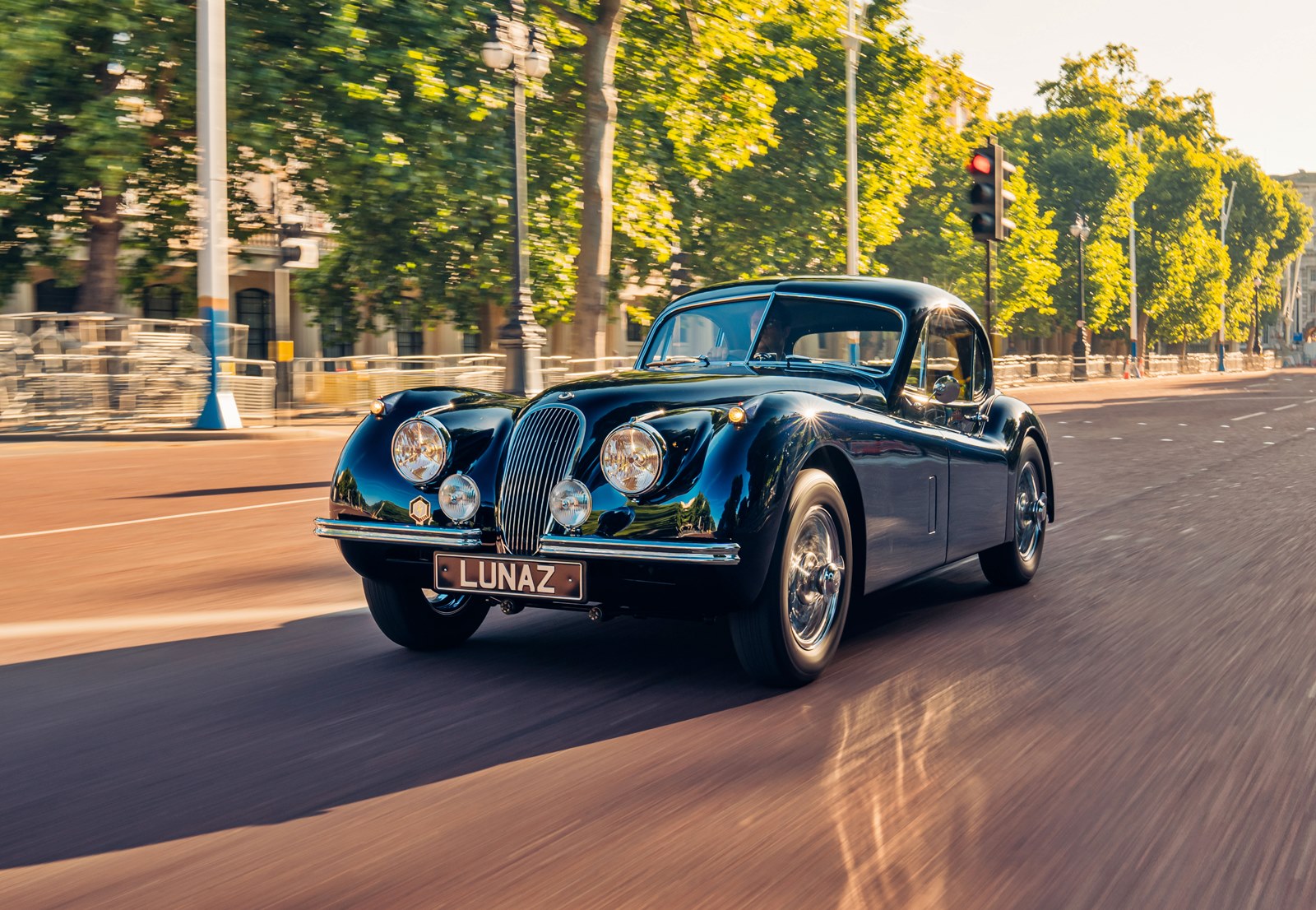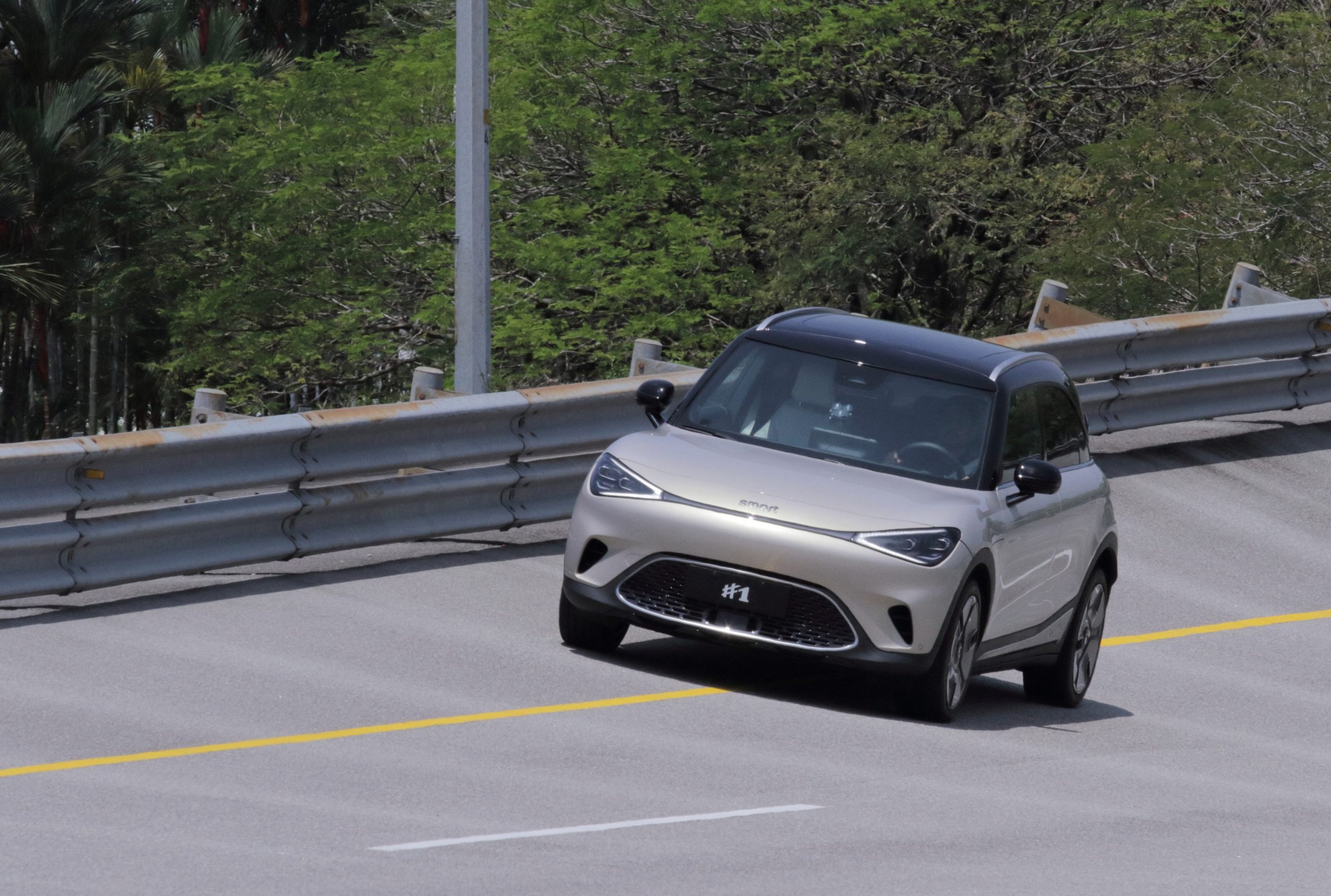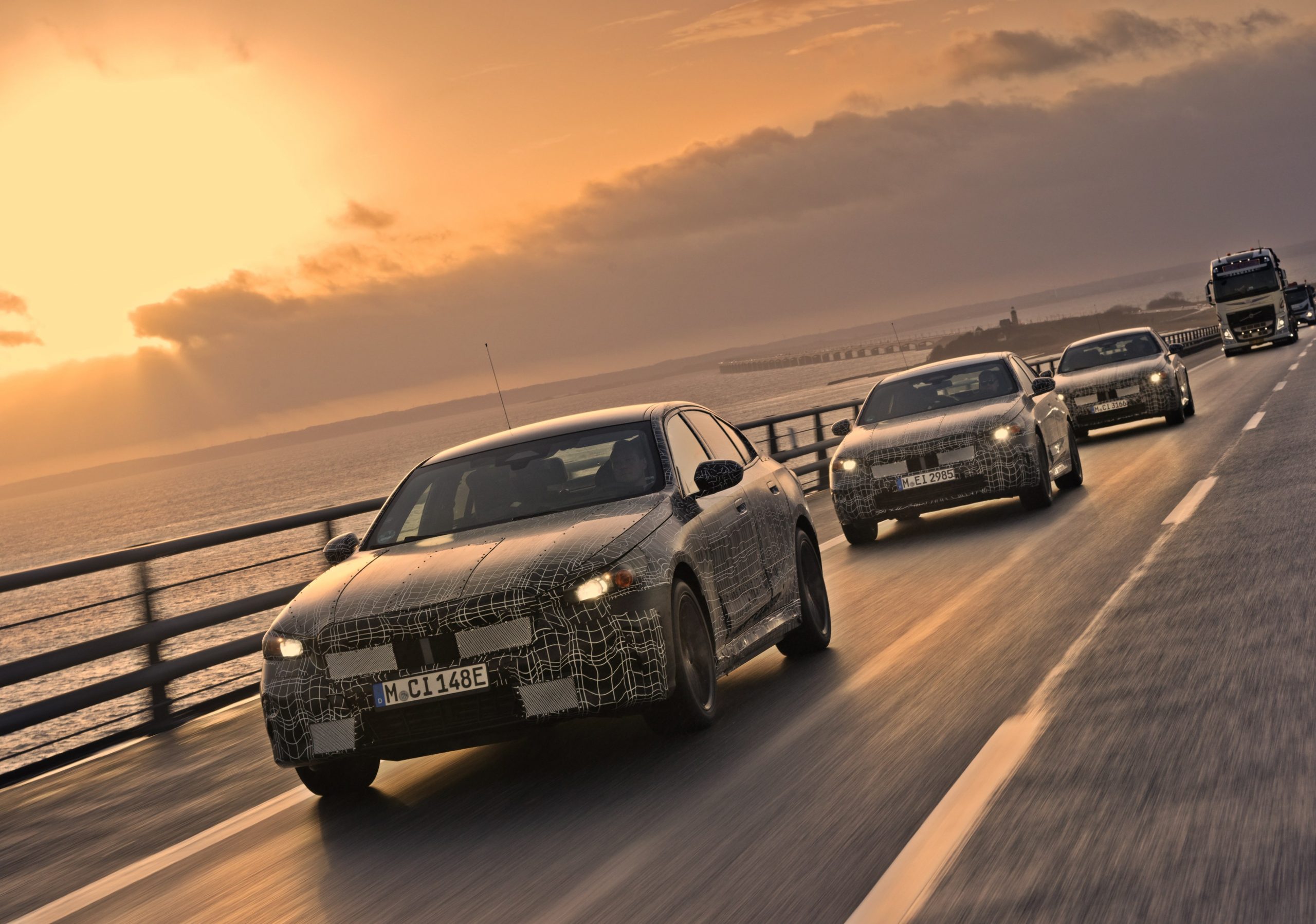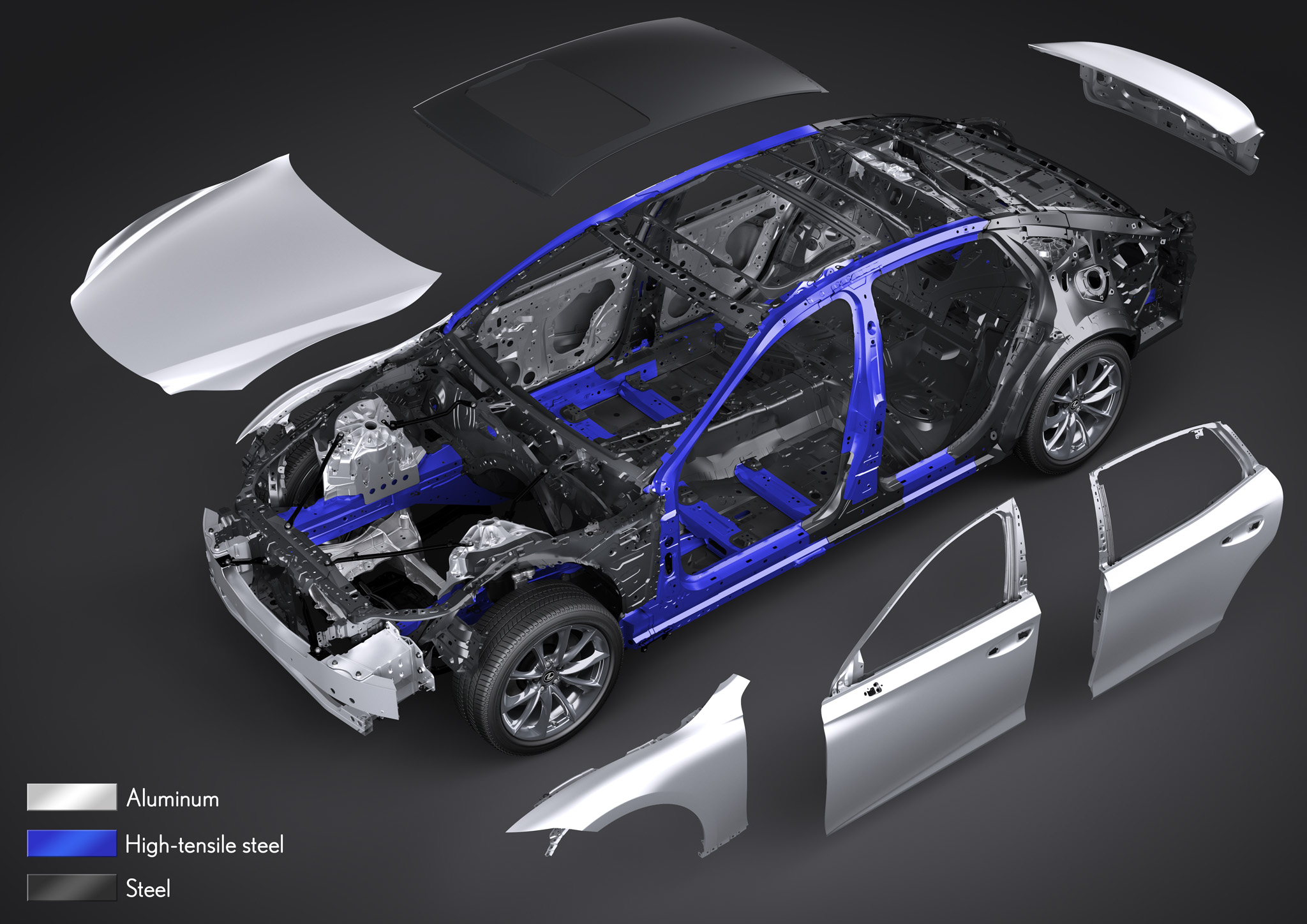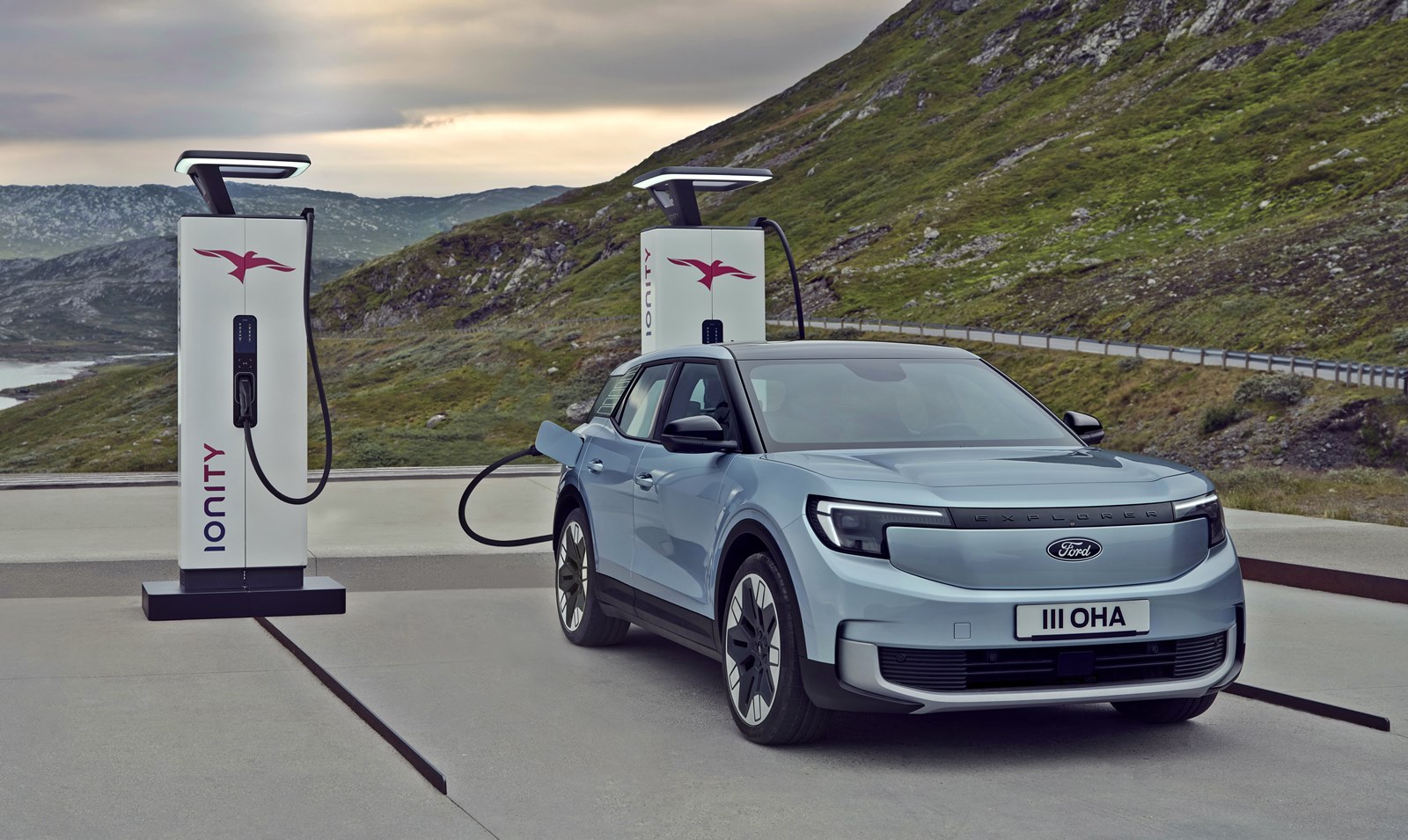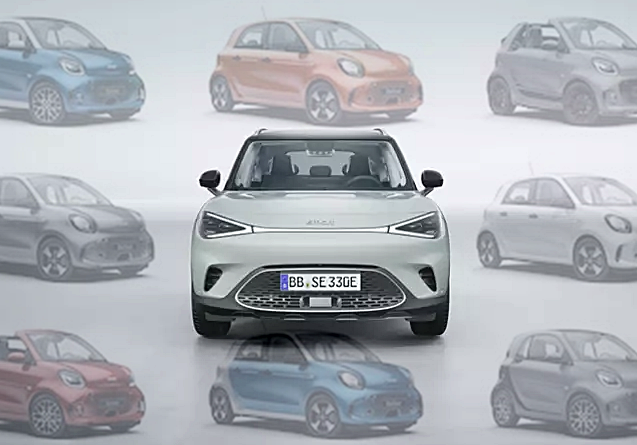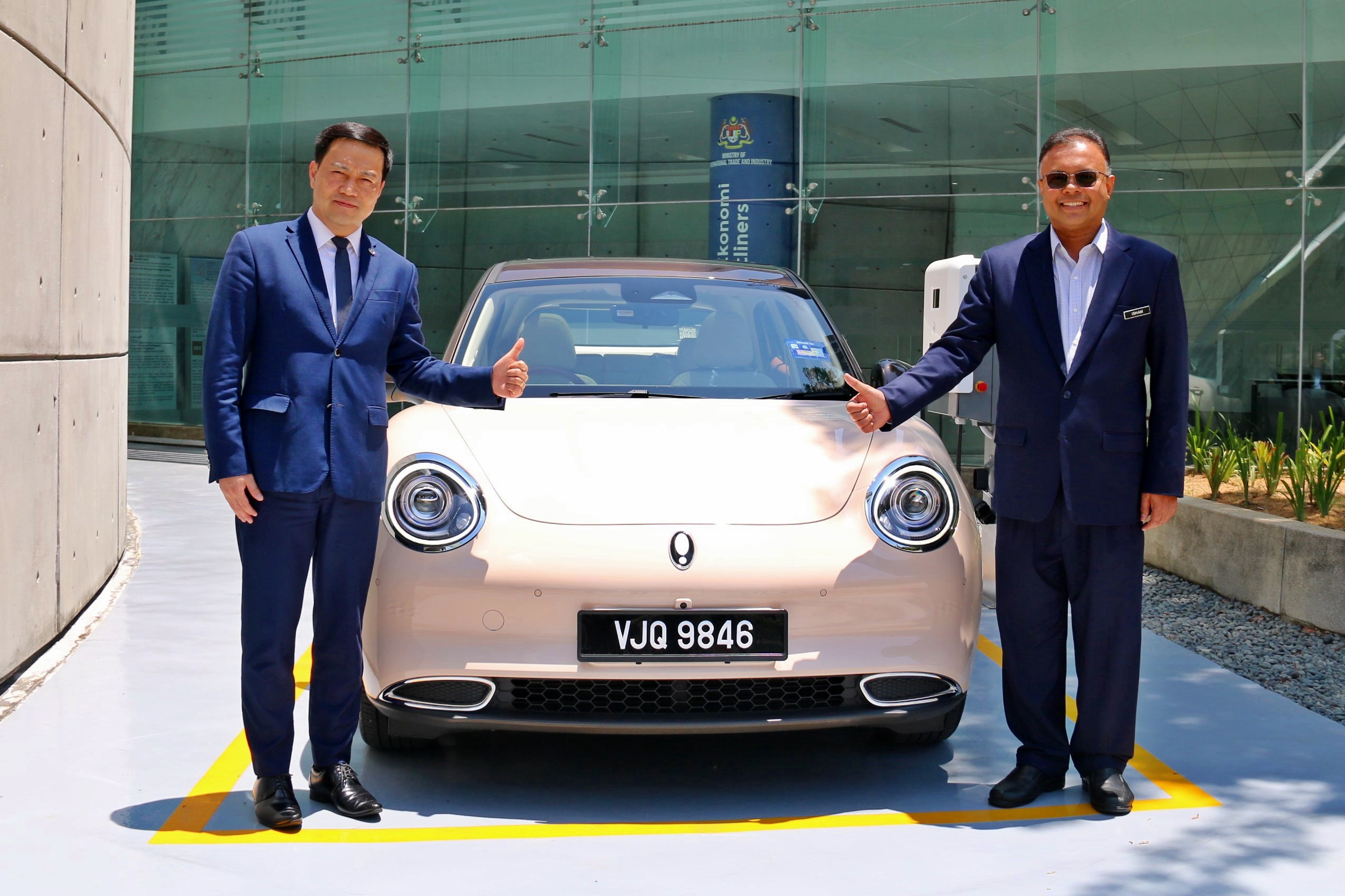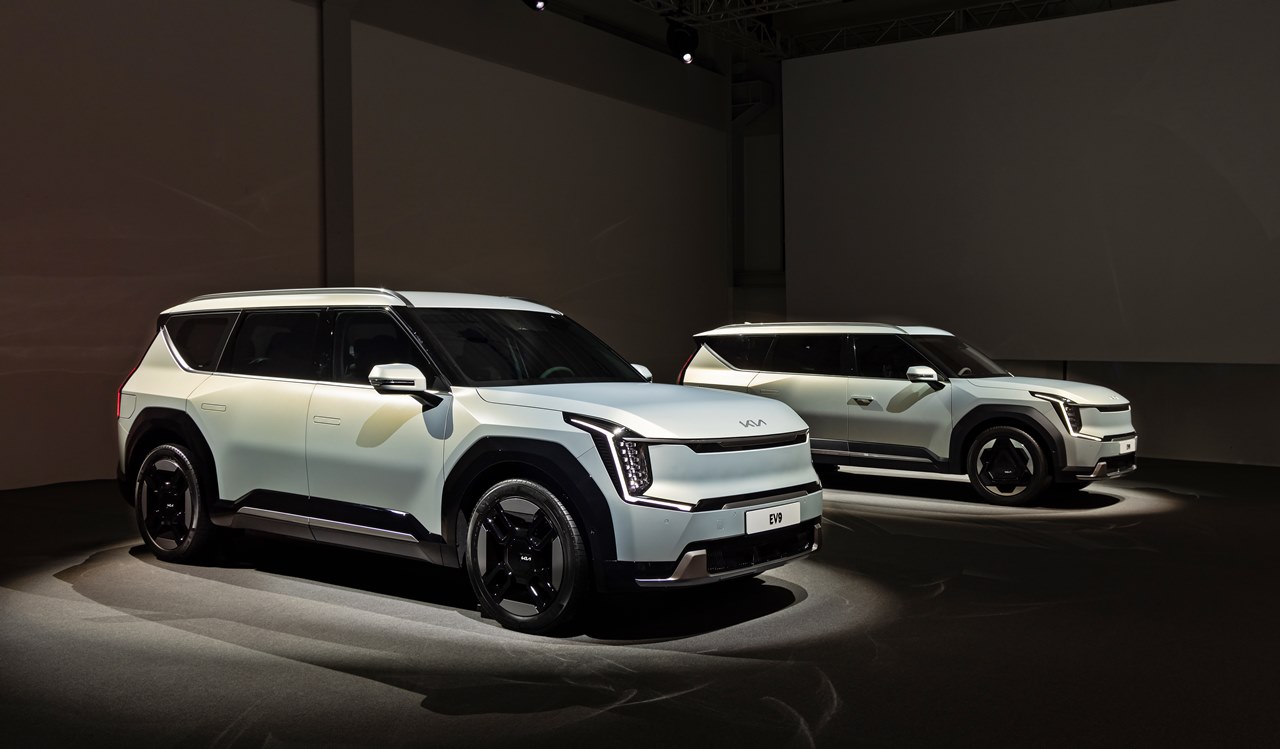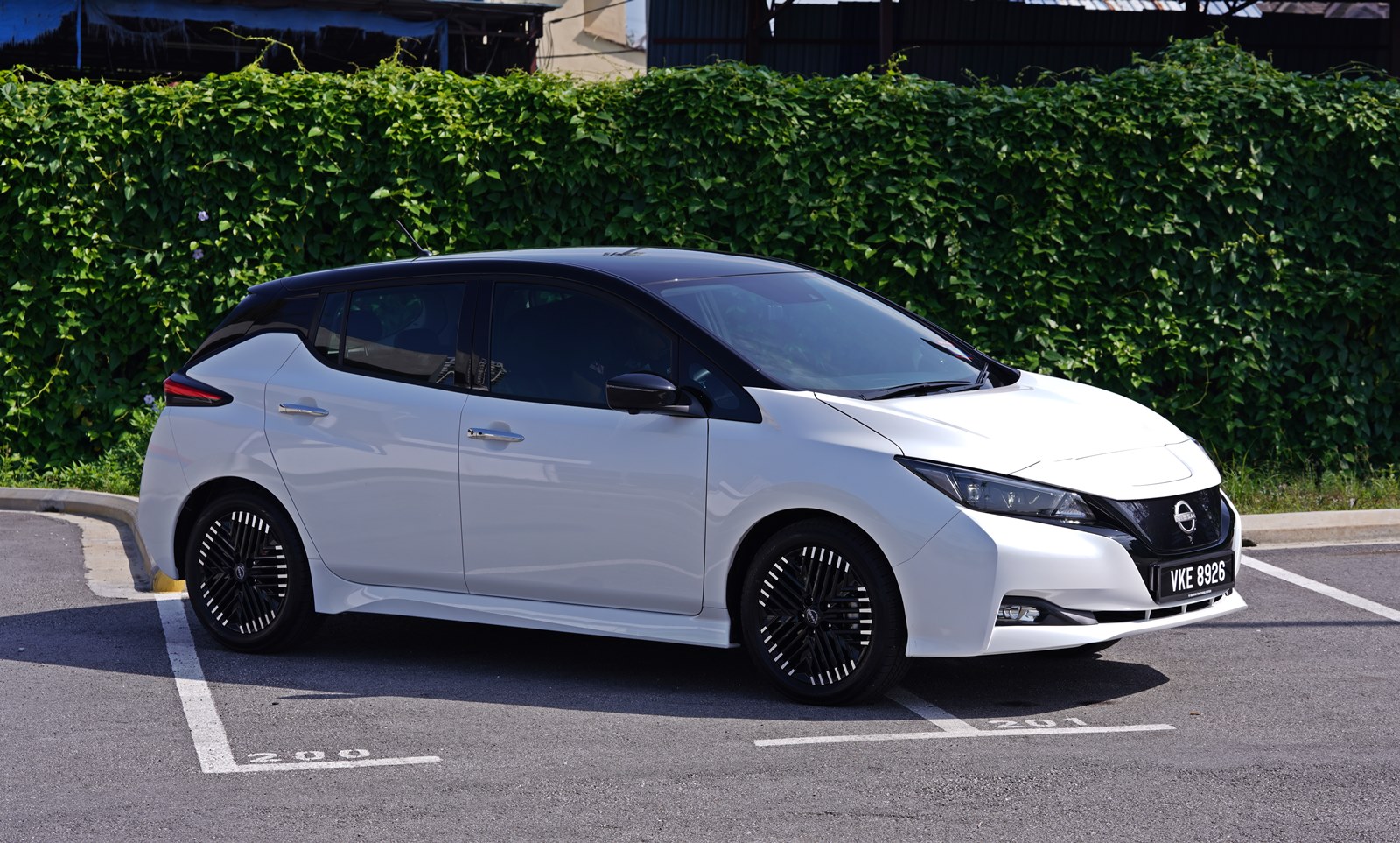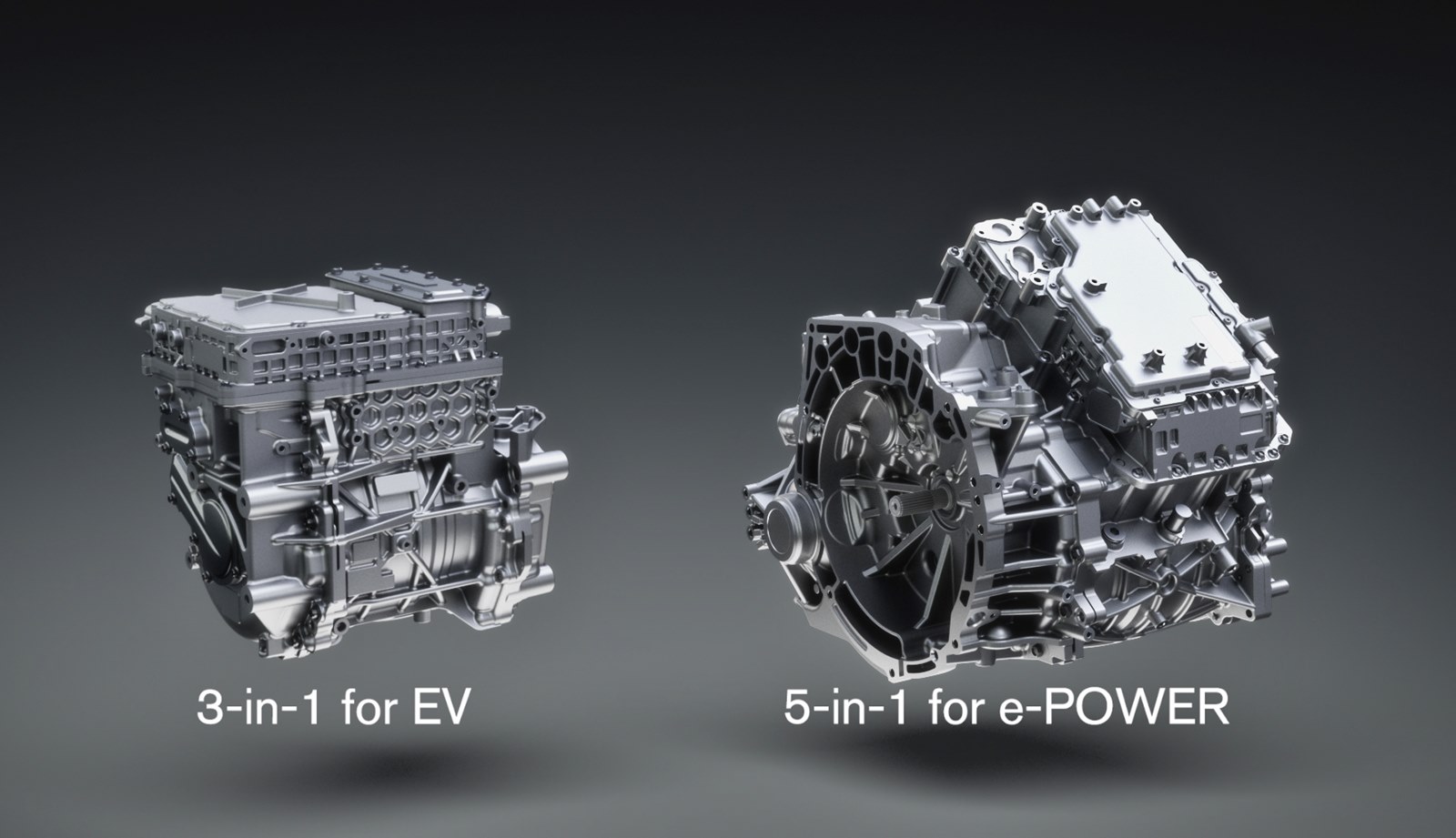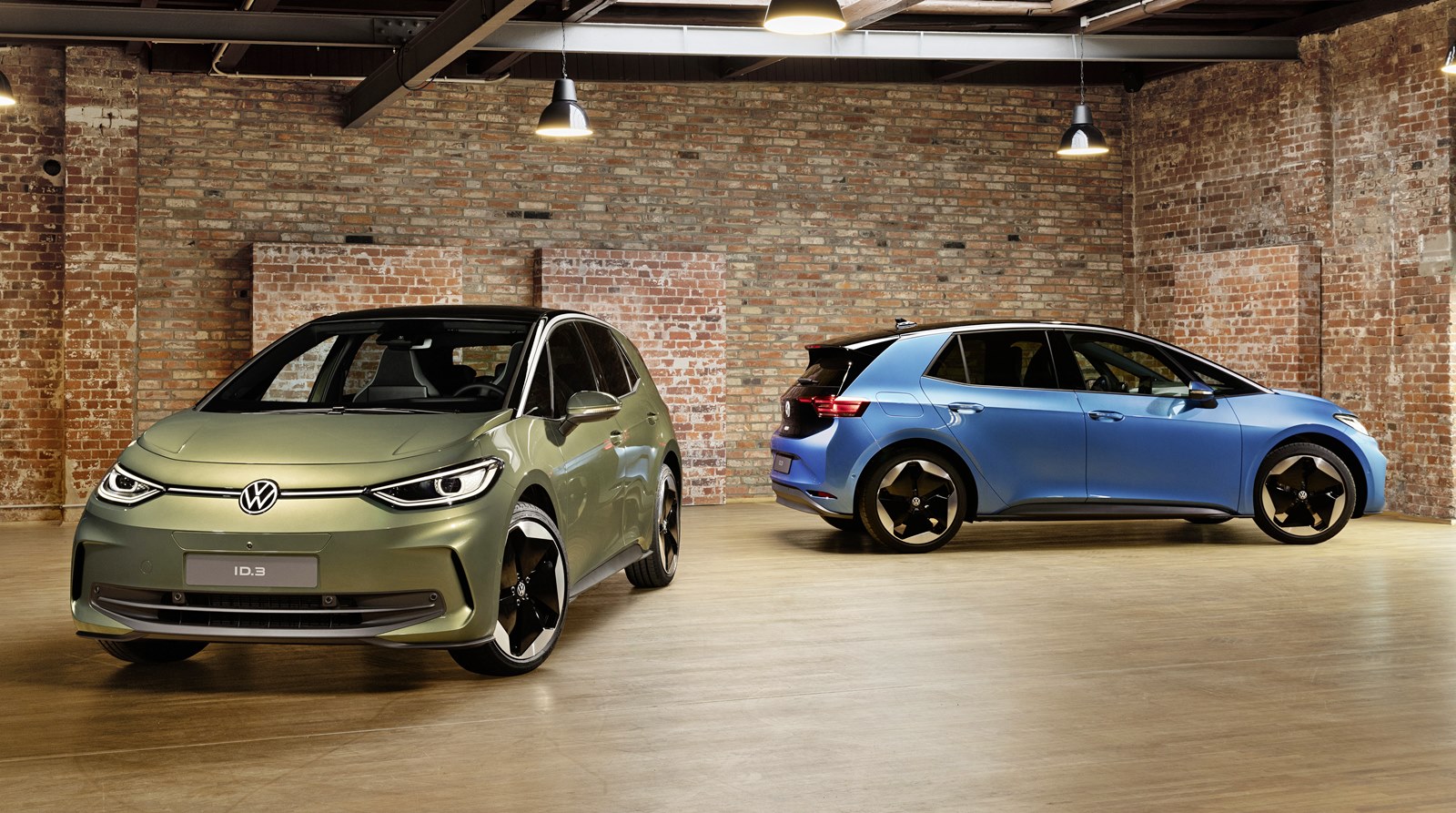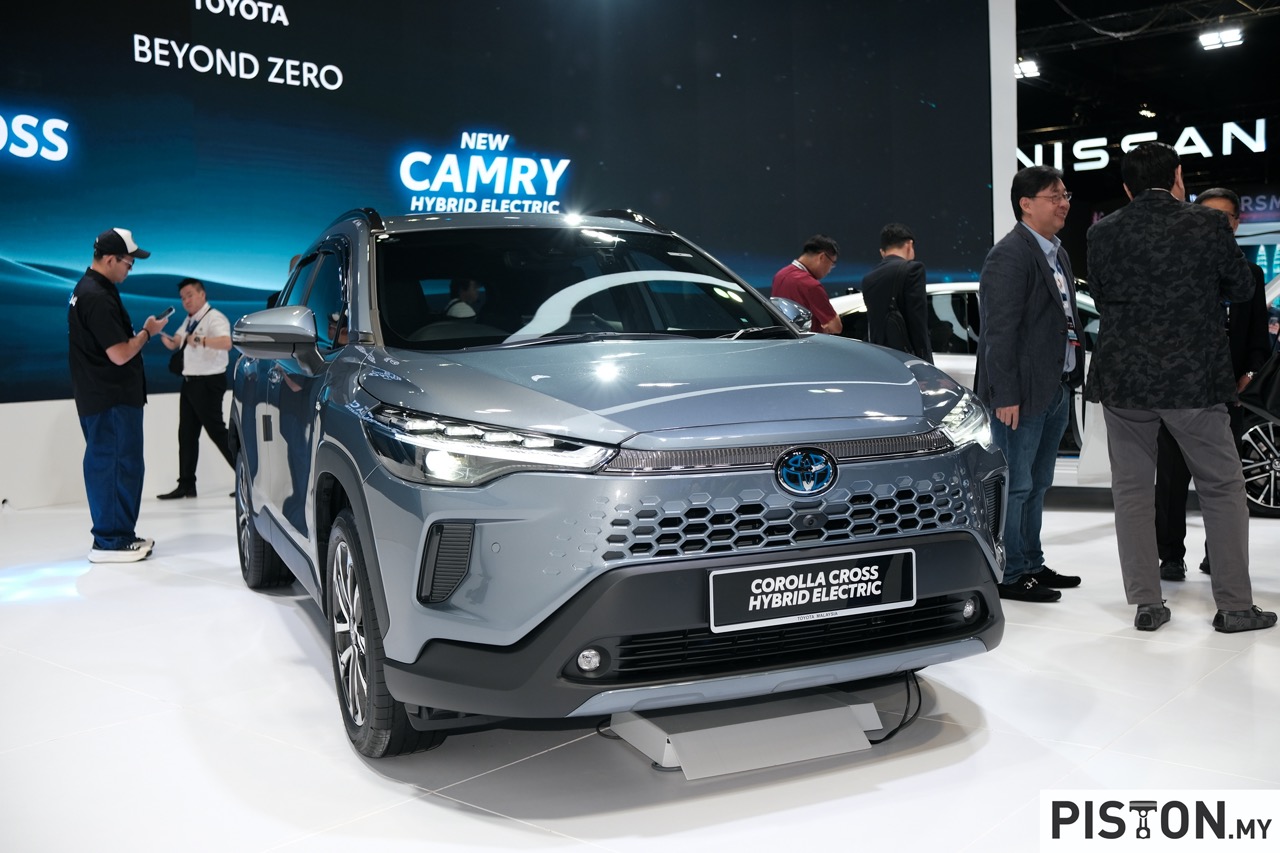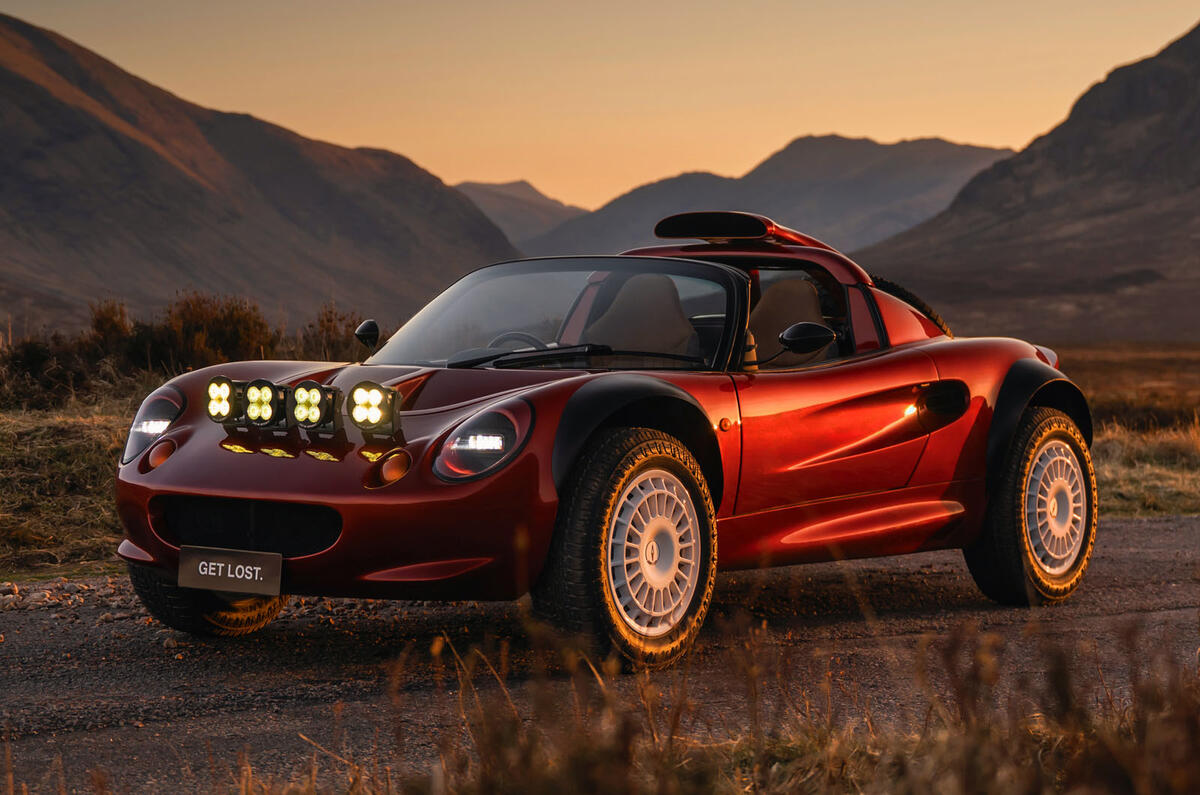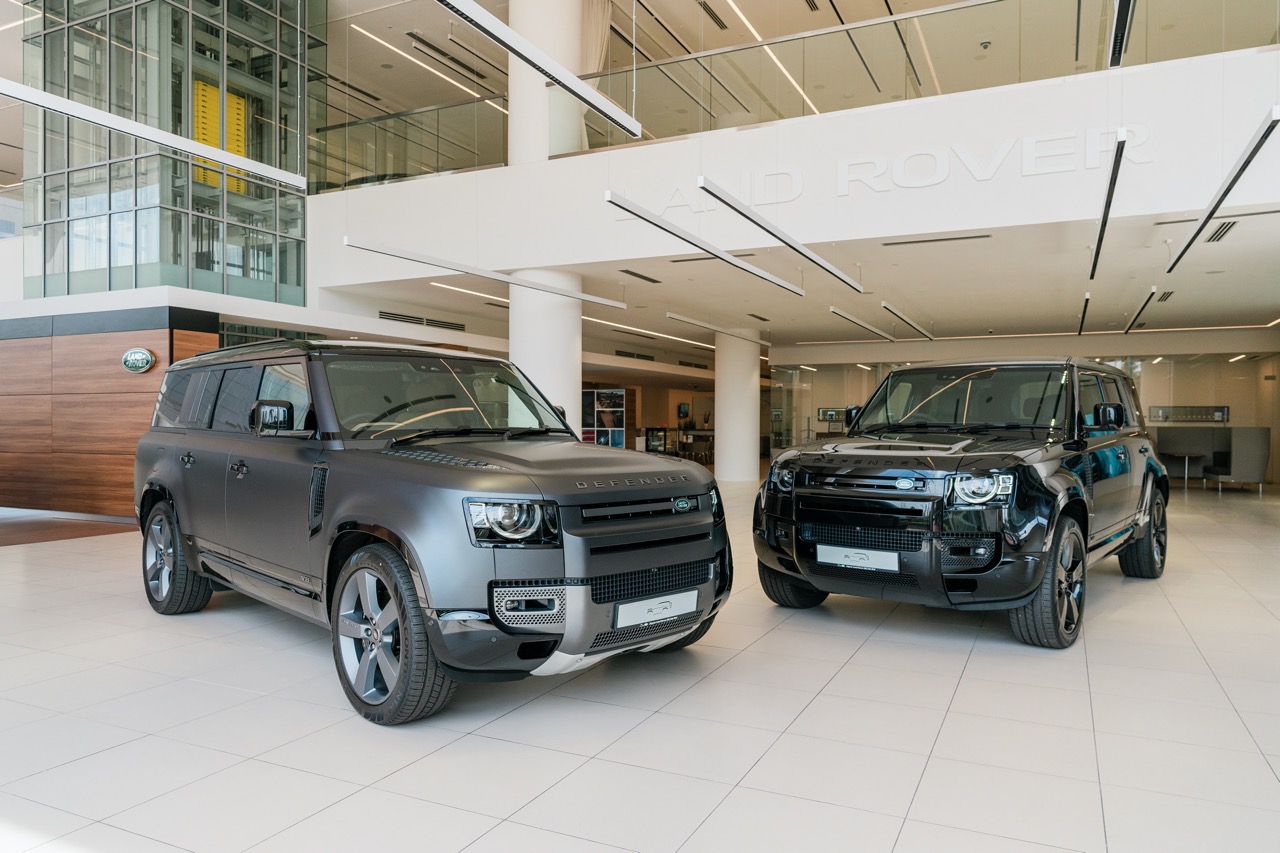Following the first round of the NEOM Island X-Prix on the island of Sardinia in Italy last week, the second round of the same event this weekend saw Rosberg X Racing (RXR) taking a with a late overtake to secure their second victory of Extreme E Season 2. X44 finished second and Genesys Andretti United Extreme E third after ABT CUPRA XE were disqualified following a safety infringement.
With team owner Nico Rosberg watching his team’s progress, a superb pass by Mikaela Ahlin-Kottulinsky on ABT CUPRA XE’s Jutta Kleinschmidt sealed the win. Ahlin-Kottulinsky, and team-mate Johan Kristoffersson, who headed the standings prior to the double-header on the island off the coast of Italy, now have a lead of 37 points ahead of their nearest challengers No.99 GMC Hummer EV Chip Ganassi Racing, with X44 now up to third.
RXR also scored maximum points from Round 3, with the quickest combined time in the Continental Traction Challenge adding 5 points to their tally, bringing their total overall to 80 points.
“It is such a pleasure for me to work with this team. It reminds me of my F1 days. It’s been a great team effort with everyone giving their best and being at the height of their game. Both drivers have been performing at an incredibly high level. Johan was the star of Race 1 in NEOM. Mikaela was the star of this weekend with her speed and incredible pass for the win through the water during the last lap. I couldn’t be prouder, said former F1 world champion Rosberg.
“It was a phenomenal weekend for us, starting with a good qualifying and we were also very fast in the super sector. The car felt amazing all week and we have got to thank the team for that. They worked very hard, and it paid off. My run was smooth, but Nasser was incredibly fast, so I just tried to stay as close as possible to him to give Mikaela the best possible basis for her run, and she made good use of it with a fantastic move. It’s a team achievement that we can all be proud of,” added Kristoffersson.
The scene was set for a thrilling climax to the double-header as ABT CUPRA XE’s Al-Attiyah lined up in the favoured number 2 spot between Timmy Hansen (Genesys Andretti United Extreme E) and Sebastien Loeb (X44). On the other end of the start line, Kristofferson was joined by Carlos Sainz (ACCIONA | SAINZ XE Team), following their dramatic collision in last round’s Final. In that incident, RXR received a 30-second penalty that pushed the team from first to third.
As the teams set off, Sainz (father of the Ferrari F1 driver) experimented by taking his electrically-powered ODYSSEY 21 down the furthest possible lane on the right, away from Kristofferson’s car. The Spaniard’s gamble did not pay off, and he came out at the back of the pack as the cars merged into the single lane.
Meanwhile, Al-Attiyah stayed on the preferred line which proved the better one as he surged to the front of the group. Kristofferson kept the ABT CUPRA car in sight, followed by Loeb. After the 3 leading cars was Hansen holding fourth as he chased them along the rough and muddy course.
The ABT CUPRA XE driver picked his lines well and opened by a gap of 5 seconds, which was the same gap that Kristofferson had with Loeb. Further back, Sainz’ car had a problem and the ACCIONA | SAINZ XE car dropped off the back of the pack and eventually come to a stop out on track.
It was still a 4-way battle as the leading cars entered the Switch Zone until disaster struck for ABT CUPRA XE. During the mandatory driver switch, Jutta Kleinschmidt failed to properly buckle her seatbelt as she entered the car. This would later lead to the team’s disqualification from the Final, after they finished second on the course. ABT CUPRA’S loss of the lead occurred when an incredible overtake was done by from RXR’s Ahlin-Kottulinsky in the closing stages of the race.
ABT CUPRA XE’s disqualification also promoted X44 into second and secured Genesys Andretti United Extreme E the third place, their first top three finish of the season. It was a huge boost for both teams after a difficult start to the Sardinian double-header.
No.99 GMC Hummer EV Chip Ganassi Racing scores first victory in Extreme E series in Italy (w/VIDEO)




